INSIDE THE JANUARY 2023 ISSUE:
Mother Road, Lumberyard Toast New Year with Winter Brew p. 3
Sono Kitchen Presents Authentic Asian Cuisine p. 4
Busy Ski Resorts in the Forecast p. 7 & 15

INSIDE THE JANUARY 2023 ISSUE:
Mother Road, Lumberyard Toast New Year with Winter Brew p. 3
Sono Kitchen Presents Authentic Asian Cuisine p. 4
Busy Ski Resorts in the Forecast p. 7 & 15
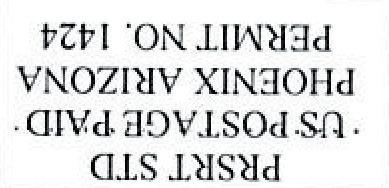
This new year, COVID-19 is sharing the headlines with the flu and respiratory syncytial virus (RSV), as hospital beds fill up,
COVID deaths rise and children’s Tylenol, Advil and Motrin are difficult to find.
“All three viruses are going around. Flu in Coconino County is at a 1,800% increase from the five-year
The historic Weatherford Hotel welcomed back the crowds with the Great Pinecone Drop and good cheer for the New Year. Thousands of excited revelers filled the streets for countdowns at 10 p.m. and midnight. “We are so honored to set the stage for a renewed wave of gratitude and goodwill toward each other and optimism for what lies ahead!” said co-ower Sam Green.
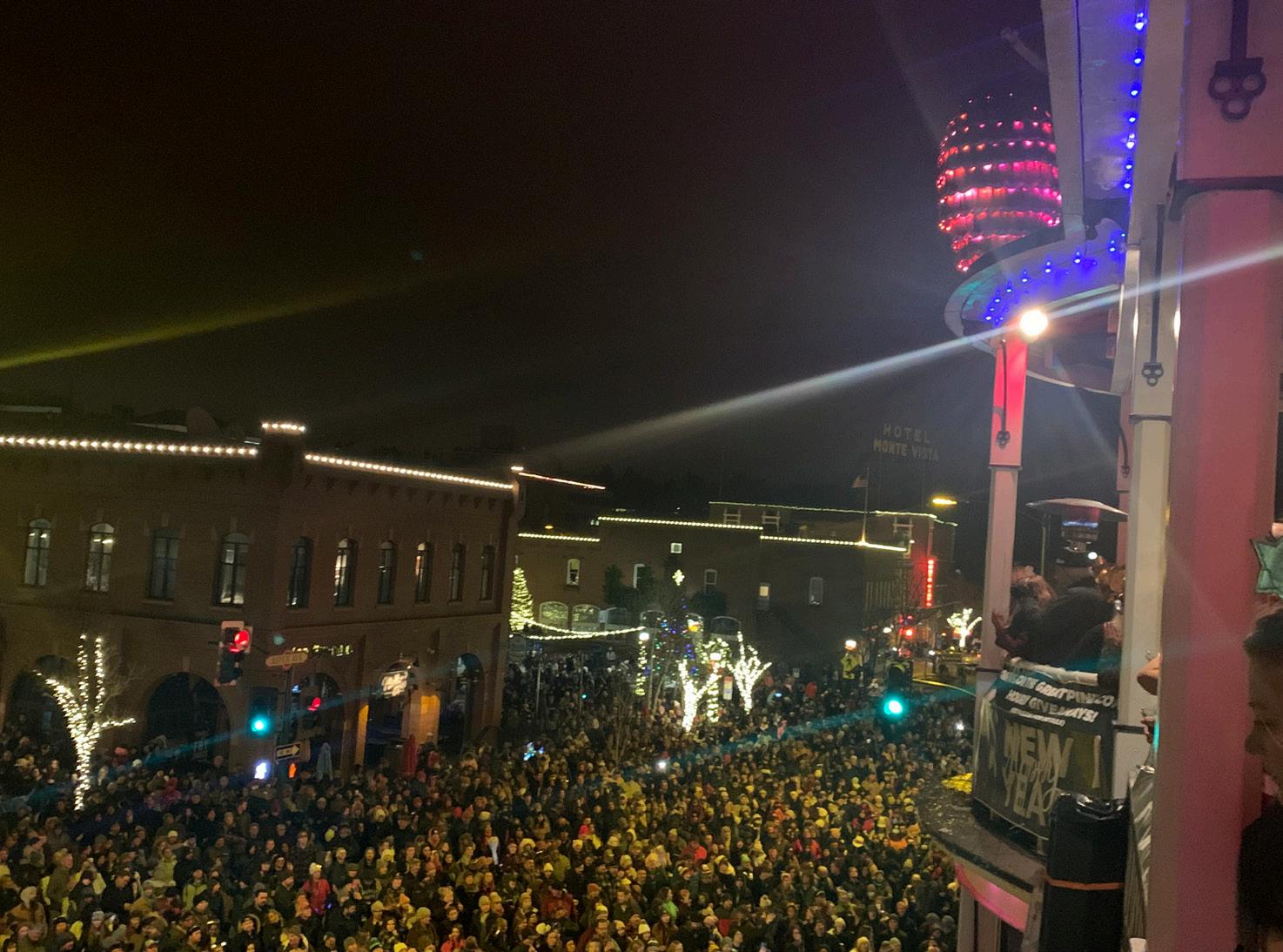
average,” said Fry’s Pharmacy Manager Ted Sawulski, RPh, of Flagstaff. “We’re seeing lots of flu, lots of RSV, COVID is at a medium level – it’s steady in the background – but that can always change at any time. In
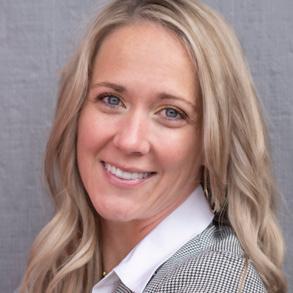

Maine, there’s the BQ.1 and the BQ.1.1, and I’m sure it will come our way one of these days.”
“This is really a hard time for children. We’ve had to turn away so
Salsa Queen (Maharba) Zapata was in the United States illegally, had no education, didn’t speak English and grew up thinking she had no value. As author Michael Glauser tells her story: “After two divorces and seven children, she was in a complete state of despair and could see no way out of it. Then she met a friend named Jim, an incredible mentor to her, who said, ‘Well, what do you like to do? What are you good at?’ She said, ‘I know food. I know salsas.’ So they started making salsas.”
Today, Zapata’s salsas are in more than a thousand grocery stores nationwide and she’s the largest manufac-
Flagstaff Remembers Northland Hospice Founder p. 8
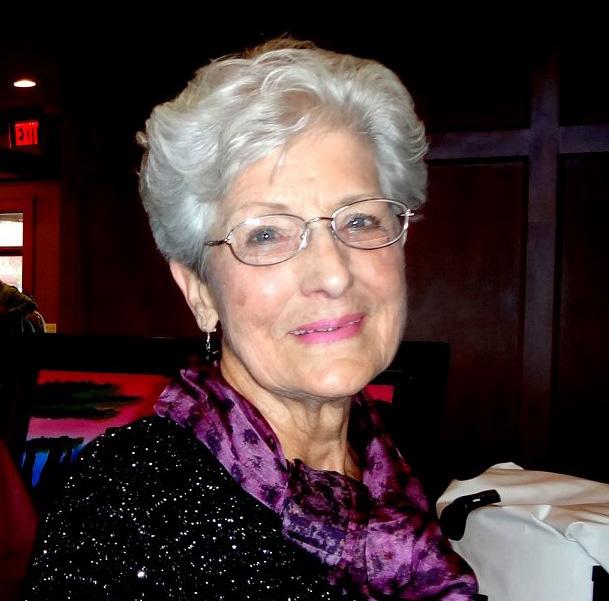
Goat Farmer Recommends Raising Goats to Stay Young p. 9
DancEvolution’s Jesica Barker Promotes Positive Actions p. 10





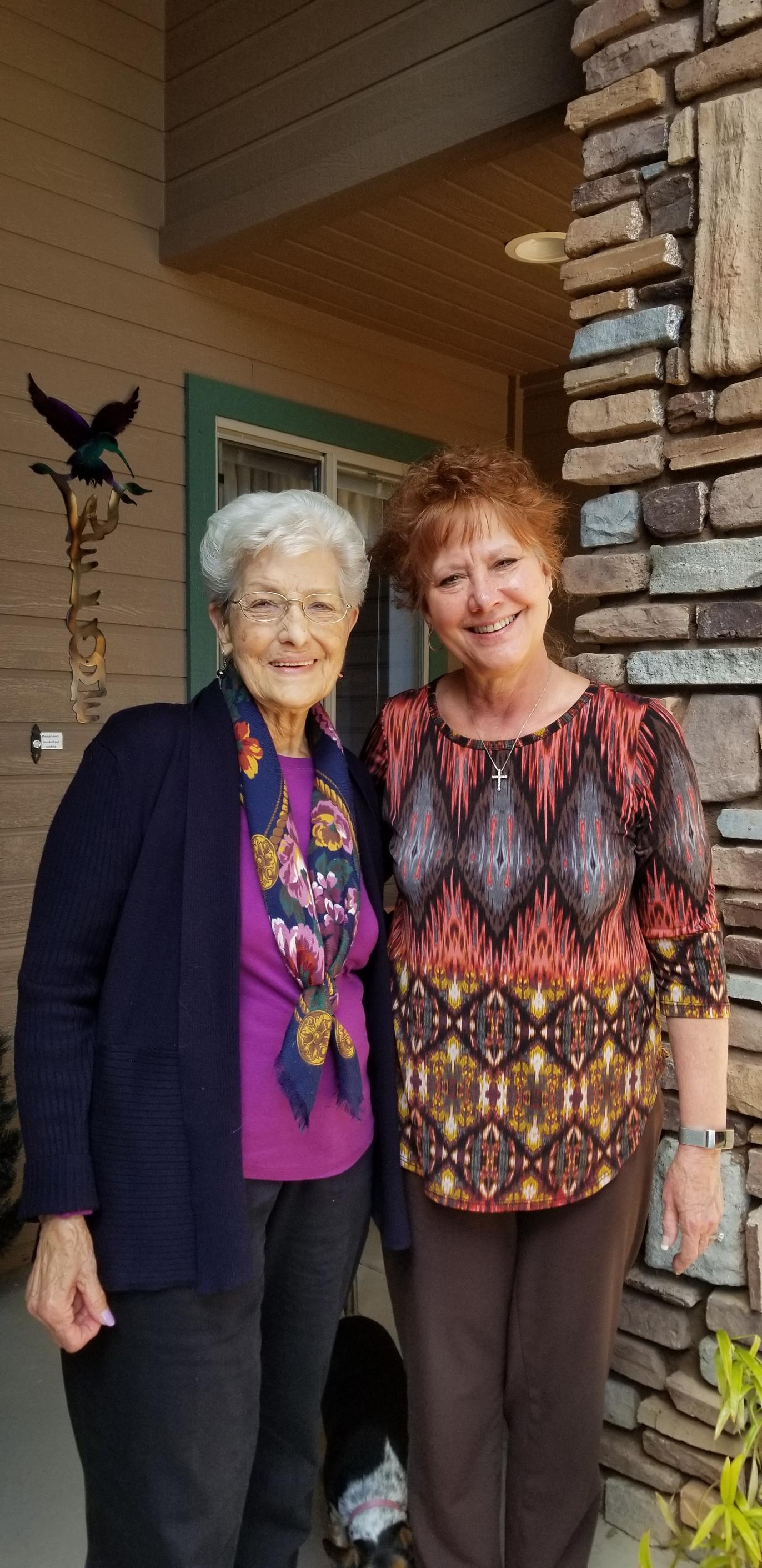

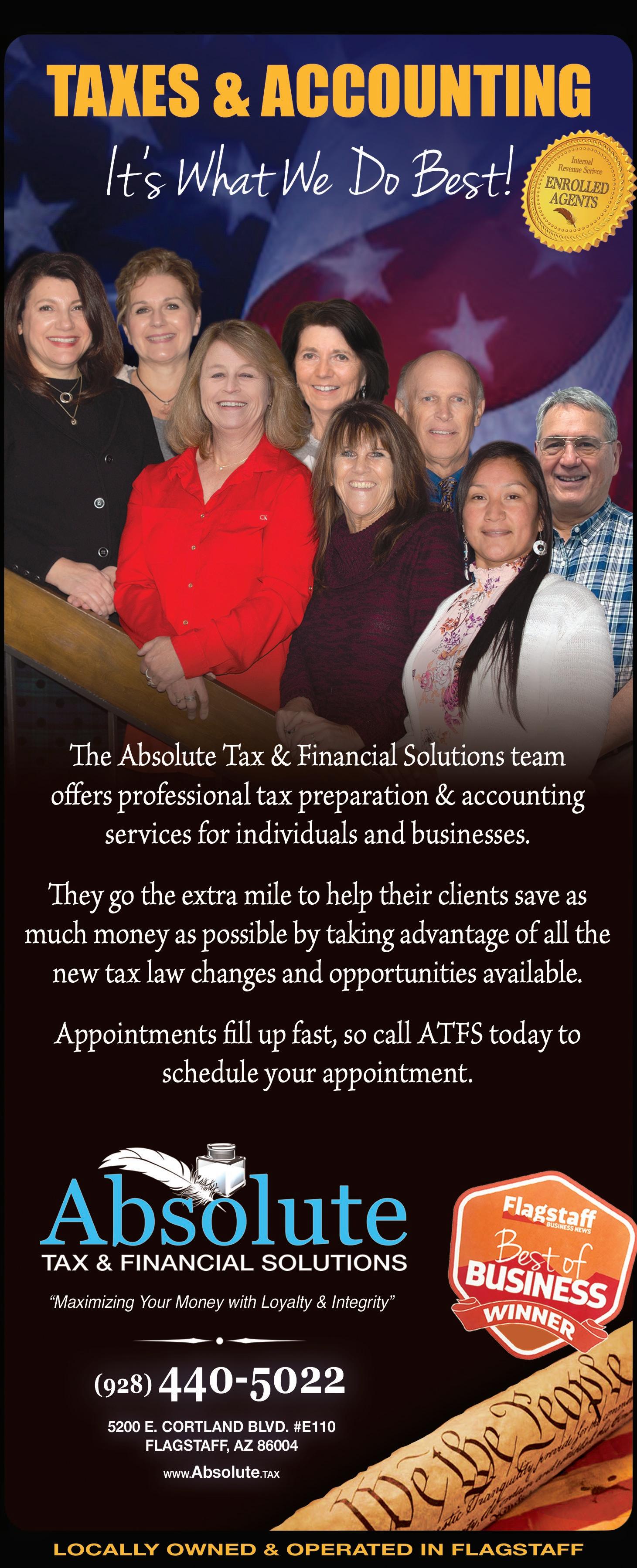
Flagstaff’s two largest breweries in terms of production have collaborated on a new beer, the Brew City Bock. Mother Road Brewing Company and Lumberyard Brewing Company have combined forces and talent to produce the traditional German winter lager. Flagstaff’s designation as a leading “Arizona Craft Beer City” inspired the name of the collaboration beer.
The release party for the Brew City Bock at Pay ‘N Take in historic downtown Flagstaff brought beermakers and craft beer fans together to mingle and talk Brew City Bock.
“We’ve never done a collab before,” said Ollie Sexton, Lumberyard Brewing Company brewer. “I hope it becomes a yearly thing.”
“We’ve known each other for years but never did anything together except for Flag 9 for Arizona Beer Week,” continued Jeff Fowler of Lumberyard. Flag 8/Flag 9, a citywide collaboration, is produced at a different Flagstaff brewery each year for Arizona Beer Week. The collaboration is named according to how many breweries participated that year. Fowler is a brewer by trade, but a knee injury temporarily sidelined him to the Lumberyard sales team.
“They are our brewery BFFs,” said Stephanie Henderson, director of craft consulting at Mother Road Brewing Company, about Lumberyard. “We’re so close we can throw a rock at each other.” Both craft breweries are located in historic buildings in Flagstaff’s Southside neighborhood.
“This town has a pretty close-knit brewing community,” said Lumberyard Head Brewer Gary Blazevich. “It’s all about camaraderie. First, we came together with the bock, a German winter beer, then we settled on the name.”
The craft beer is described as a classic German lager with a strong malt flavor and aroma. It has a deep amber color and features tasting
notes of roasted malt, toffee and caramel.
“At Lumberyard, we like to brew in the pure tradition of the beer as we did here,” said Mike Dublin, a Lumberyard brewer. “The Brew City Bock is a German dark lager, smooth on the malt side. No herbs or flavors were added, just the malt and the yeast. The smooth flavor hides the alcohol,” he said, noting that there are two kinds of beer: lager, which is clearer and more carbonated, and ales, which are maltier and feel heavier because of residual sugars. Brew City Bock’s alcohol by volume (ABV) measures 7.8%.
Dublin added that the Brew City Bock is a classic single bock. “A doppelbock is bigger and harder to drink.”
The Brew City Bock was brewed and kegged at Lumberyard Brewing Company after weeks of planning and getting schedules aligned with the Mother Road team. “It’s a fun day at work, exchanging ideas and collaborating,” said Blazevich. “We even put the sales guys to work loading grains for us.”
In 2018, Governor Doug Ducey distinguished Flagstaff as a leading Arizona Craft Beer City after national and international media recognition of the Flagstaff Brewery Trail, formerly the Flagstaff Ale Trail.
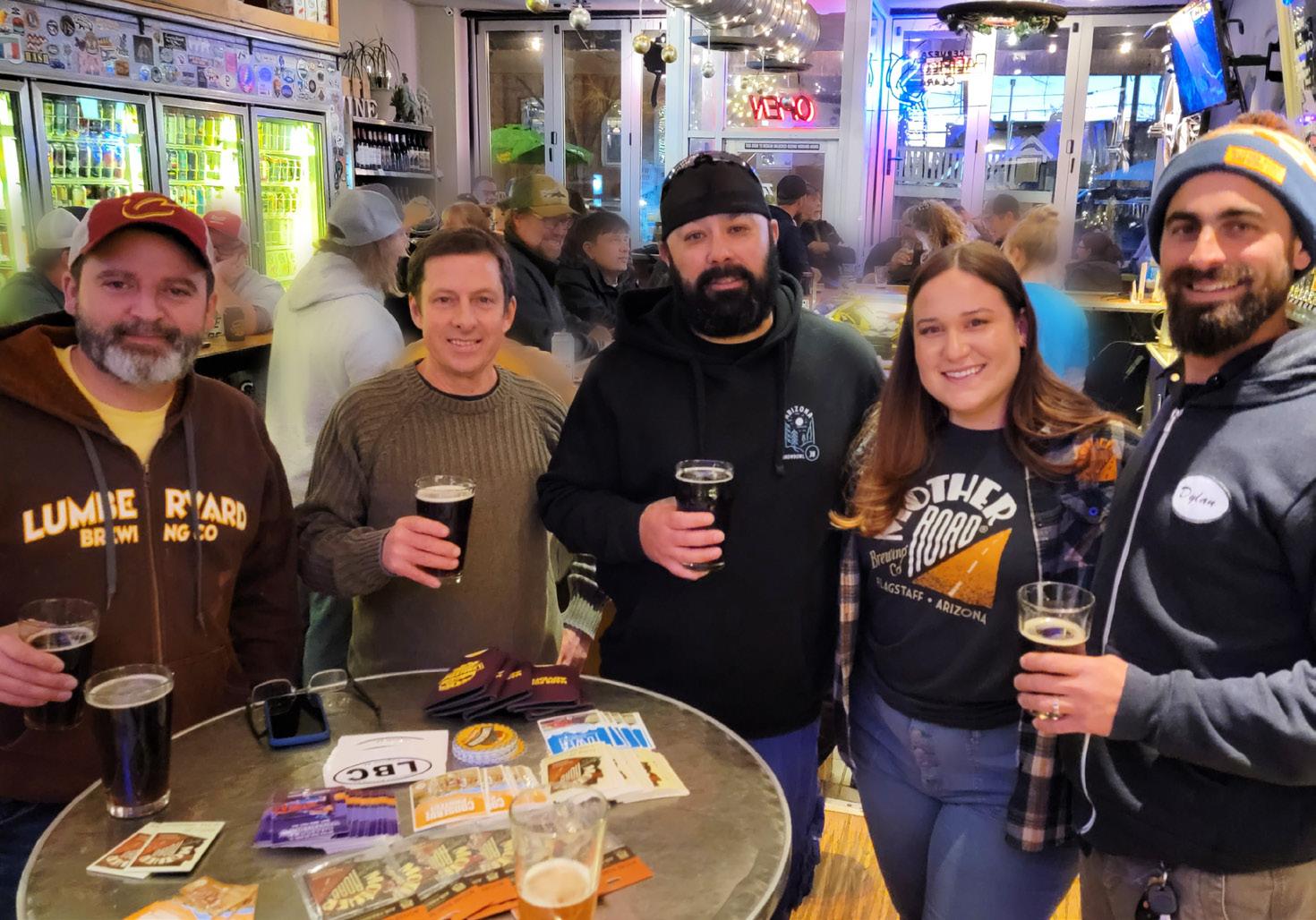
Brewers hope to feature the Brew City Bock at the Strong Beer Festival on Feb. 18. The Arizona Craft Brewers Guild will hold the festival in Scottsdale as part of the 12th Annual Arizona Beer Week from Feb. 16 through February 26. Within 10 days, Arizona Beer Week celebrates craft beer throughout Arizona with over 300 events from Northern Arizona to Southern Arizona. FBN
Lumberyard Brewing Company lumberyardbrewingcompany.com
Mother Road Brewing Company https://www.motherroadbeer.com
Foodies might suggest that authentic Asian cuisine comes from heritage and culinary techniques passed from one generation to another. Sono Kitchen and Boba Owners Chuan Lu and Jerry Tseng may well agree, as they bring a savory spin to dishes from their native countries of China and Taiwan to Arizona.
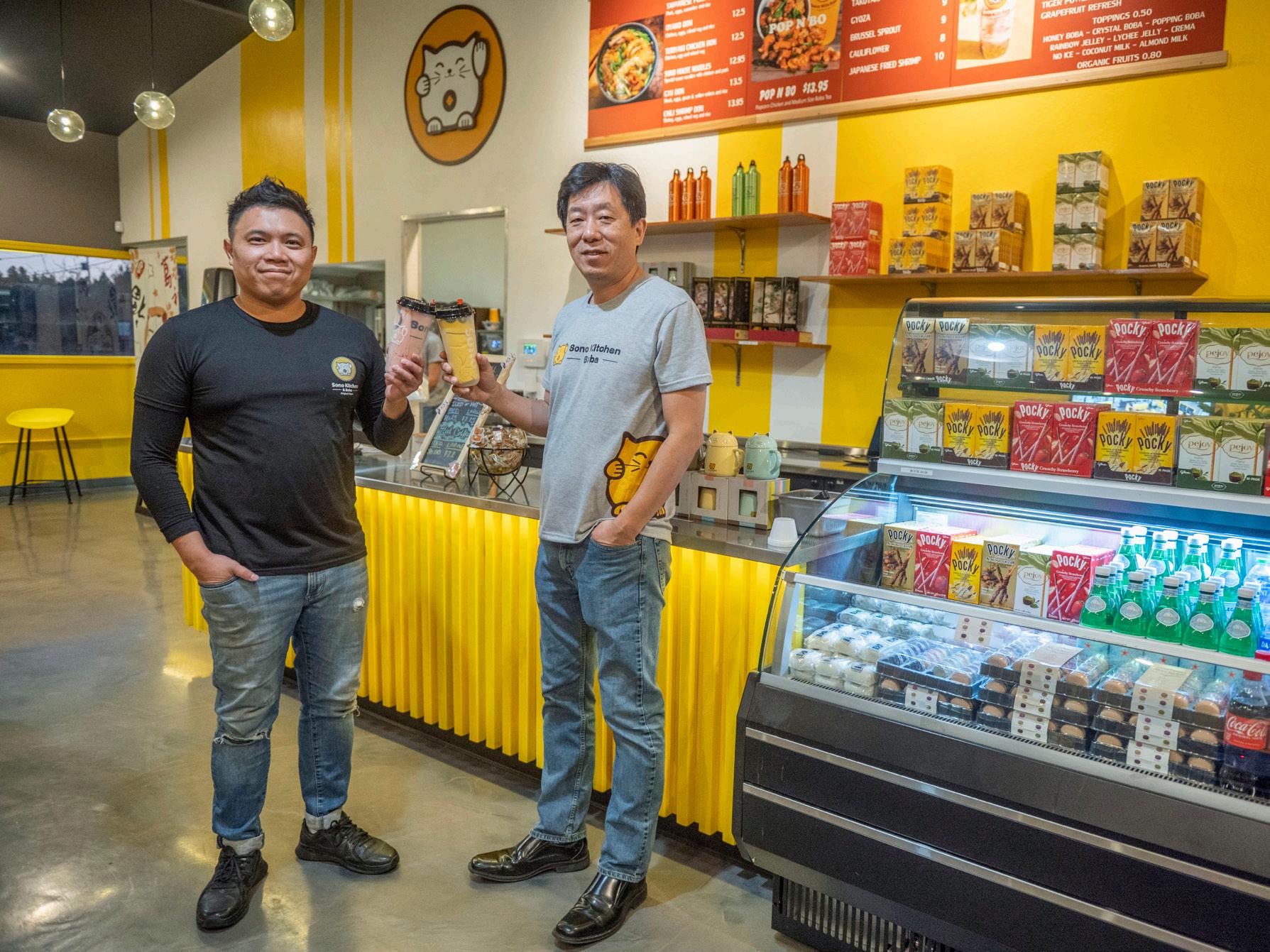
With locations in Sedona since 2020 and recently in Flagstaff, Sono Kitchen and Boba may be the new kid on the block, but its cuisine is steeped in traditional flavors. It is already a hit with locals, especially with Northern Arizona University (NAU) students.
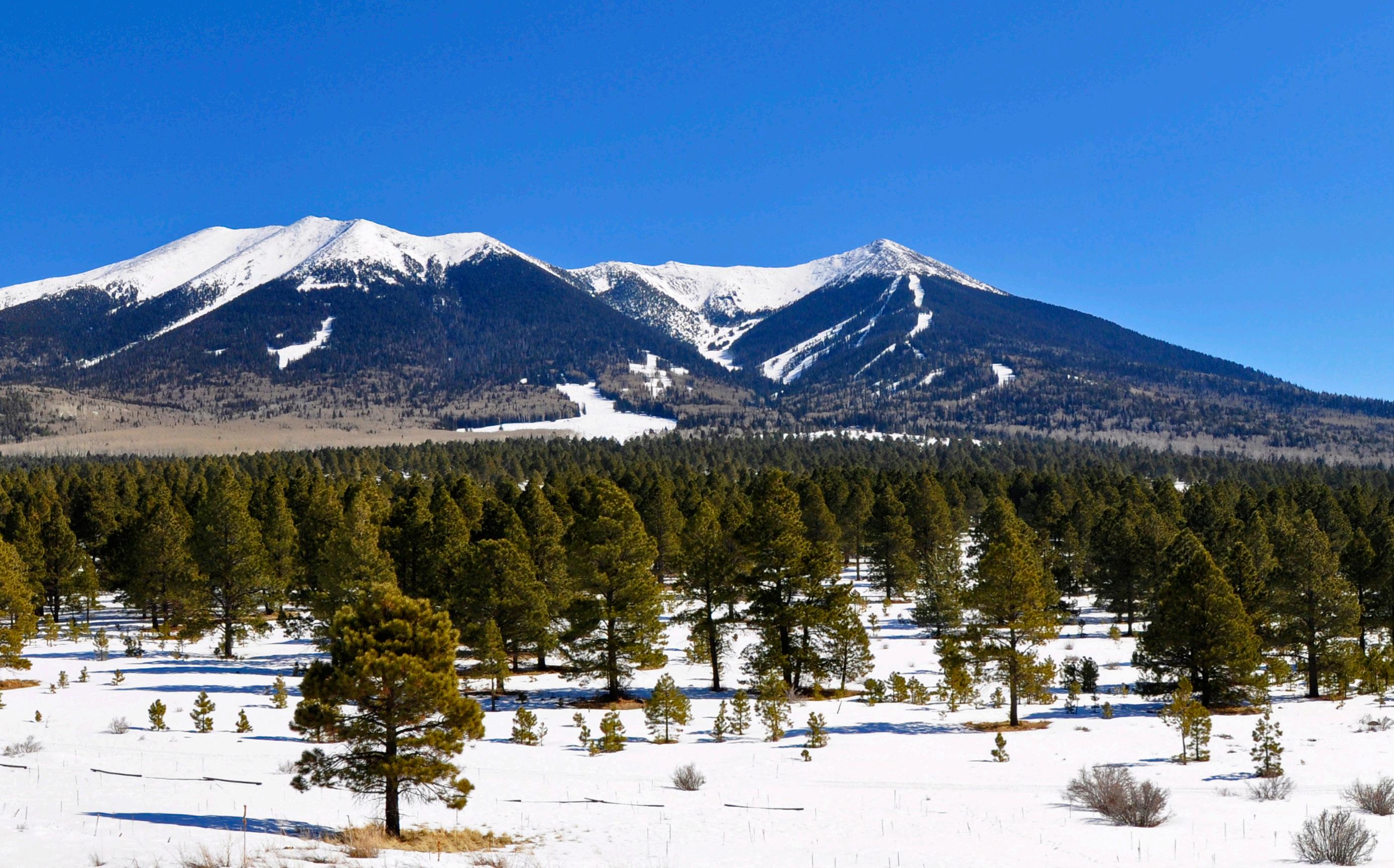
Lu and Tseng had a feeling it would be. Lu, who was born in China, says he found out that a lot of small towns are undeserved by major brands. “This gave me some thoughts. If we create something new, we shouldn’t underestimate the small town. When we created Sono Kitchen and Boba, instead of jumping to Phoenix, we decided to start where we are familiar.”
So, they opened Sono Kitchen and Boba in Sedona.
Tseng’s parents owned the well-known Szechuan Restaurant in Sedona since 2008. He worked at the restaurant for many years as manager and it is where he met Lu. “Chuan was a repeat customer, so we got to know each other and became good friends. We were both going to NAU at the time, where I was studying Interior Design.”
Tseng’s wife, Sonoko, also works at Sono Kitchen and Boba. They have two boys, ages 6 and 8, and reside in Sedona.
Adding to their partnership at Sono Kitchen and Boba, Lu and Tseng acquired joint ownership of Szechuan Restaurant upon the retirement of Tseng’s parents. “I really admire my dad. He is an international chef and he was head chef at Hyatt in Korea,” said Tseng. “I learned a lot from him.”
The menu at Sono Kitchen and Boba is a commingling of both Lu and Tseng’s Chinese and Taiwan cultures, along with some suggestions from Tseng’s father. Signature dishes







Heritage is more than our age, accomplishments and accolades - it is our enduring commitment to provide exceptional service to our real estate advisors, clients and communities. We are an inspired family relentlessly pursuing excellence in real estate and in life. This has been our legacy since 1947.

“The 75th Traditional Anniversary Gemstone is the Diamond, and the anniversary is often referred to as the Diamond Jubilee. The Diamond itself symbolizes prosperity, being unconquerable and enduring. All of these qualities represent Russ Lyon Sotheby’s International Realty, from its roots in 1947 with Russ Lyon Sr, to Dennis Lyon and its third generation ownership with Jim Lyon and his partners, Todd Gillenwater and Tom Locati. The foresight and financial dedication from our ownership, past, and present, is the cornerstone of our success.”
Deems Dickinson, Designated Broker


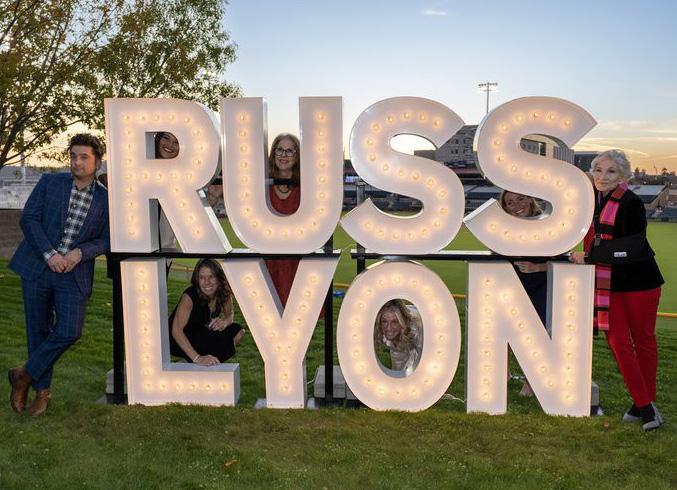
know how to find it
By Stacey Wittig, FBNAt 11 a.m. on a winter morning in sunny Southern California, journalists from New York City, Los Angeles and Flagstaff converged to review Princess Cruises’ 360 Experience. The cruise line had launched the exclusive culinary adventure only weeks before in November.
Secret menus have become a phenomenon where fast food and high-end restaurants have unadvertised selections that guests discover by word of mouth. Princess Cruises has taken that to a new level with the 360 Experience. Like a secret menu, Princess Cruises does not advertise the 90-minute experience, and if guests want to uncover the hidden menu and wine pairings, they must try them for themselves. Princess hosted the journalists to help spread the word but asked them not to give away any special surprises.
After complimentary cocktails in one of the ship’s specialty restaurants – the only part of the event that journalists were allowed to photograph – a woman in a long, sleek, sequined dress appeared. As she walked toward the group, the musician played a classical version of the Love Boat Theme on a finely tuned violin. The guests, limited to 20 for each occasion, followed her in Pied Piper fashion to the entry of the 360 Experience venue disguised as an emergency exit.
The undercover 360 Experience is an invitation-only affair offered as a surprise to suite-category guests sailing on Discovery Princess and, as of this month, Enchanted Princess. Producers of the 360 Experience designed it to capture all the senses – even touch – in a culinary surround-sound, IMAX-like, personalized VIP event.
After the journalists and others entered the cloaked venue, servers directed them to assigned seats on a circular dining counter. All faced the center of the round-shaped room where a master of ceremonies/sommelier led them through seven courses of perfectly-plated gourmet Mediterranean food and paired libations. Throughout, a bevy of professional servers placed and poured
unobtrusively.
LED displays wrapped the rotunda’s walls and stereo speakers surrounded the diners, hence the 360 nomenclature. Meanwhile, 4K cinematography captured sweeping views of Santorini, Amalfi Coast, Barcelona and Provence, all popular Mediterranean destinations.
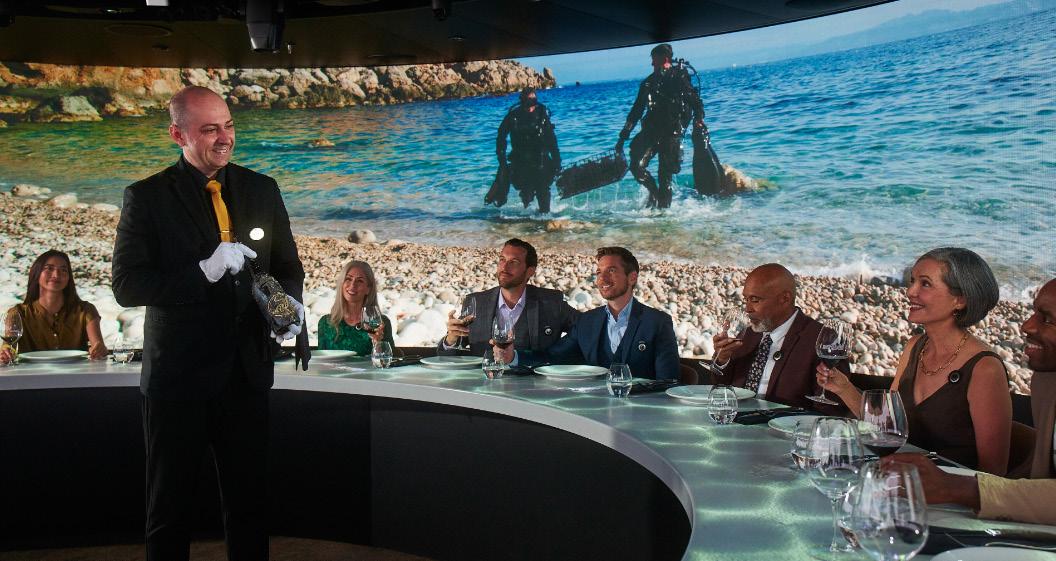
And, as one might imagine, servers impeccably synchronized each of the courses featuring local ingredients and wines with stories and interviews with artisans, growers and vintners filmed at the destination. A fictional Princess Cruises seafarer knitted together the stories as if sharing from her travel journal. Actress Brooke Shields portrayed the traveler who takes 360 Experience guests along on her journey of discovery. The storytelling, evocative images, sounds, fragrances and, of course, tastes and touch immersed guests into the four Mediterranean cultures. Princess Cruises called it “the most epic experience ever offered.”
“Being gluten-free, I sometimes miss out on certain plates when fine dining. However, this was not the case with the 360 Experience,” said Mary Farah, who writes about finding the best gluten-free places while traveling at Along Comes Mary. “I got to enjoy everything that the rest of the guests did, including a pasta course. Not only is it an ‘extraordinary experience,’ but Princess has gone above and beyond to ensure that all who take this culinary voyage can enjoy every aspect of it.”
Farah was one of four International Food Wine and Travel Writers Association (IFWTWA) journalists who gathered for the exceptional media event. They included IFWTWA Board members Amy Piper and Stacey Wittig and general members Farah and Lorena Lopez.
Lopez, who publishes Luxury Solo Travel, commented afterward, “The 360 experience made me feel like I was immersed in a luxurious full sensory adventure of delightful tastes, sights, smells and sounds that every solo traveler needs to experience!”
“When taking in the 360 dining experience on the Discovery Princess, expect the unexpected,”
All 45 miles of trails are groomed and open for crosscountry skiing at Arizona Nordic Village. Longtime skiers are calling this the best season opening in more than 20 years.
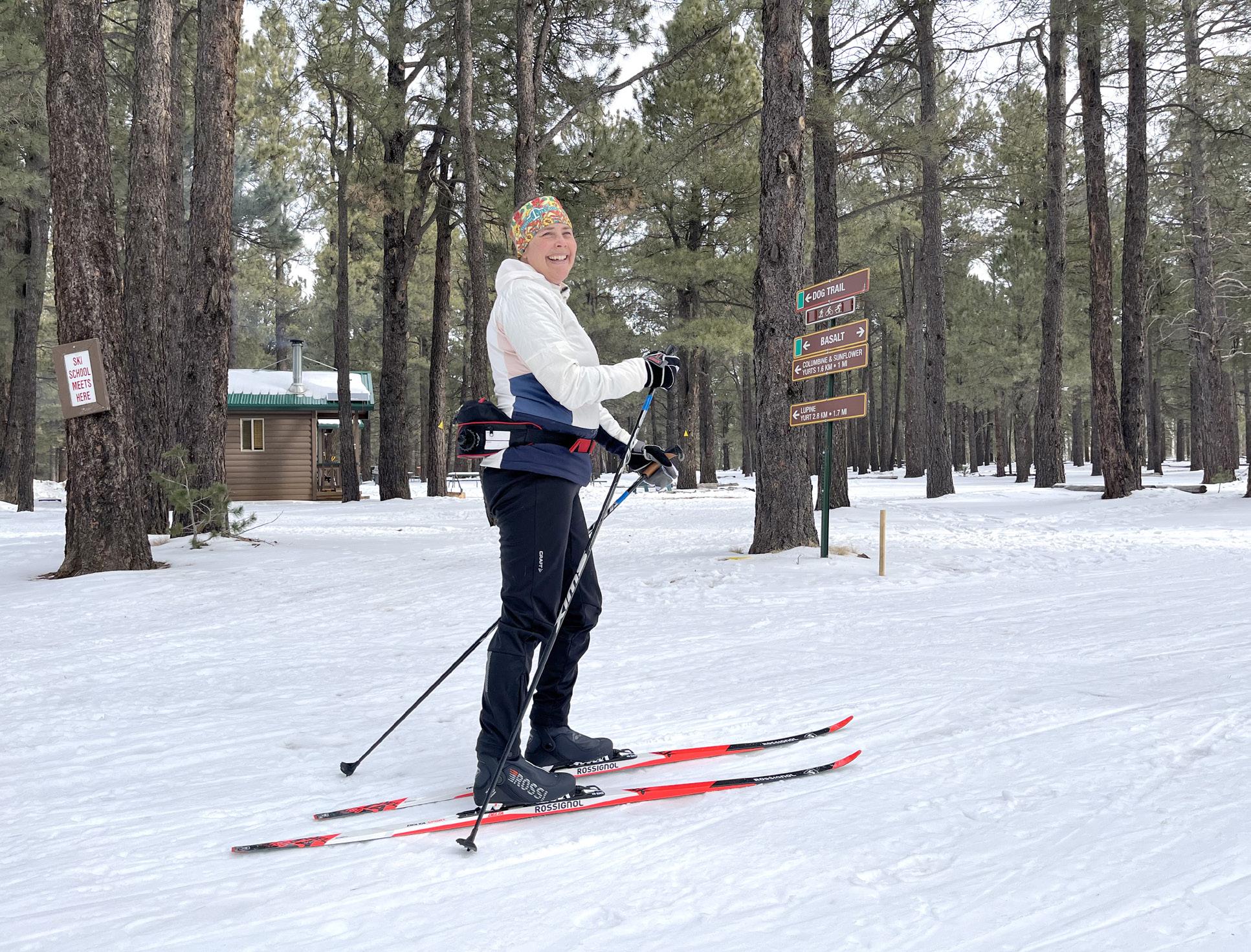
“Everybody is stoked!” said General Manager Theo Callan. “December snowstorms have kept the ski area blanketed. And cold temperatures, along with the masterful snow-farming skills of our groomers who are out there every evening, mean we are able to keep the snow where we want it!”
Meanwhile, the Village’s first masters and kids Nordic ski teams have been practicing drills and timed races. “We meet two times a week and will continue that schedule throughout the season,” said Village Operations Manager and Head Coach Annie Jehle. “It’s a great opportunity for outdoor enthusiasts to learn new skills or improve the ones they already have.
Jehle says there is still time for participants to join the region’s first teams. Also new this year, the Village is offering fresh-fromthe-factory Rossignol rental equipment. “We’ve got full classic and skate packages ready to go – all the gear you need to get out on the trails,” she said.
FBN

Arizona Nordic Village is located at 8,000 feet in the Coconino National Forest, about a 15-minute drive from Flagstaff, northwest on Highway 180. The Village offers cabins, yurts, cross-country skiing and snowshoeing rentals along with day and season passes. The ski area is open every day from 8 a.m. to 4 p.m.
For more information and snow conditions, visit http://www.arizonanordicvillage.com or call 928-220-0550.
Peripheral neuropathy is a condition that involves damage to the nerves in your feet. Symptoms include muscle cramping, difficulty walking, burning, tingling, numbness, and pain. In many cases, it’s caused by diabetes, but poor circulation can also cause these symptoms or make them worse.
Poor circulation or PAD (peripheral artery disease) is caused by the buildup of fatty material inside the arteries, limiting the amount of blood that passes through them. “If an artery is blocked, oxygen and nutrients can’t get to your nerves and muscles, so they cry out for help,” explains Dr. Diana Perry, of CiC Foot & Ankle. “Cramping, burning, numbness, or sores that won’t heal are telltale signs.”
The good news is specialists are able to treat PAD with a minimally invasive procedure in an office setting. Using x-ray imaging, Dr. Joel Rainwater, an interventional radiologist at Comprehensive Integrated Care, is able to go into the bloodstream through a tiny nick in the skin to see if there is any plaque buildup.
“We’re able to see if there is a blockage and then remove it with special instruments,” explains Dr. Rainwater. “Once the plaque is removed, blood flow improves.” Patients are home within hours and back to everyday activities with almost no downtime.
If you’re just realizing that you may be suffering from neuropathy or poor circulation, make an appointment to see a doctor. Or, if you’re not finding relief from medication or treatment, a second opinion may be helpful to determine the cause of the tingling, cramping, pain, or numbness in your feet.
Dr. Perry and Dr. Rainwater can be reached at 928-719-7400.
Circulation? the involves feet. Symptoms walking, burnmany cases, circulation can also worse. artery disease) inside the that passes oxygen and muscles, so Perry, of numbness, treat PAD an office Rainwater, Comprehensive bloodstream there is any and then explains Dr. blood flow hours and downtime. suffering make an not finding second cause of the your feet.
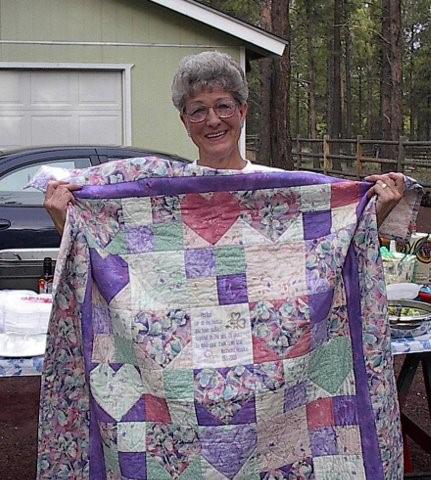 By Kevin Schindler, FBN
By Kevin Schindler, FBN
Northern Arizona lost a cherished community leader on Nov. 10, with the death of Northland Hospice founder Marilyn Pate, 82. Fittingly, Pate spent her last days at the Olivia White Hospice House, the end-of-life facility whose creation she championed two decades ago.
Pate began chiseling her Flagstaff legacy in 1982, when she gathered several like-minded individuals looking to meet the needs of terminally ill community members. The following year, the group started its first hospice care, operating out of Pate’s home under the name Hospice of Coconino.

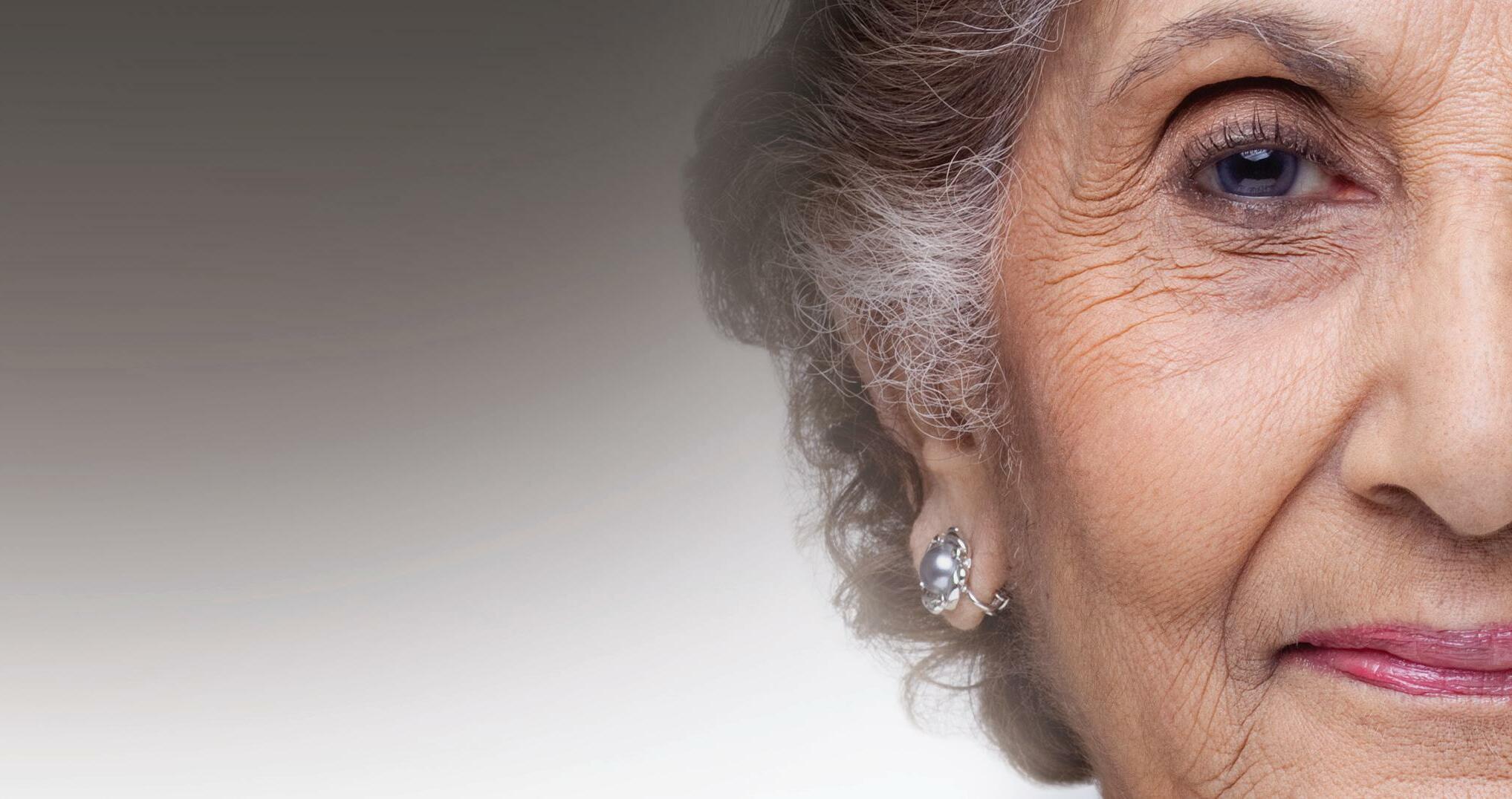
The organization changed its name to Northland Hospice in 1984, incorporated and received tax exempt status in 1985, and in 1989 became the seventh hospice in Arizona to become licensed by the state’s Department of Health Services.
Spurring on this expansion was the indefatigable Pate, who Northland Hospice CEO Kathy Simmons called, “an incredible, caring, compassionate human being.”
From the beginning, Pate developed partners in the community who could help support Northland’s work, particularly important because it is a non-profit organization. Peggy Sheldon-Scurlock, bereavement counselor at Northland, says this collaborative mindset was a key component of Marilyn’s leadership. “Marilyn knew this was a service for the broader community,” said Sheldon-Scurlock. “She knew it couldn’t be done by herself or even by a small core of people, but rather that it was a community effort.”
These partnerships were critical to fulfilling one of Pate’s deepest desires. Northland’s initial work involved staff going to the homes of the terminally ill to help them, but this isn’t always practical for the ill and their families.
Pate wanted a facility where they could go, and in 1997, she spearheaded efforts to make this a reality. Following a donation of land, Northland began fundraising for a facility to be named the Olivia White Hospice Home.
Pate also persuaded many community partners to donate time, effort and materials toward the effort of building the home. “Marilyn believed in her mission and vision [so much] that she made sure this happened,” said Simmons. “She was just so dynamic and could really inspire almost anyone. She lit a fire underneath a lot of people.”
Sheldon-Scurlock added, “Marilyn had a lot of clarity about her. She had a very determined persistence. She didn’t bowl you over with it but sat down with you and soon you saw that we needed to do this. She was a great communicator and she never lost sight of that collaborative focus.”
The persistence and hard work paid off, and
is a leading and preventable cause of death in
The age-old problem of eradicating deep-rooted weeds can be a real challenge, and finding solutions aren’t readily discovered via a Google search.
When Goat Milk, Etc. owner Nancy Sheffert faced the plight of stubborn weeds on her Cornville property, a neighbor’s uncanny suggestion led to a prosperous venture for the native Californian. “My neighbor’s solution was to get a goat. ‘A goat?’ I asked. I’m a California beach bum. I don’t even know what a goat looks like,” she said.
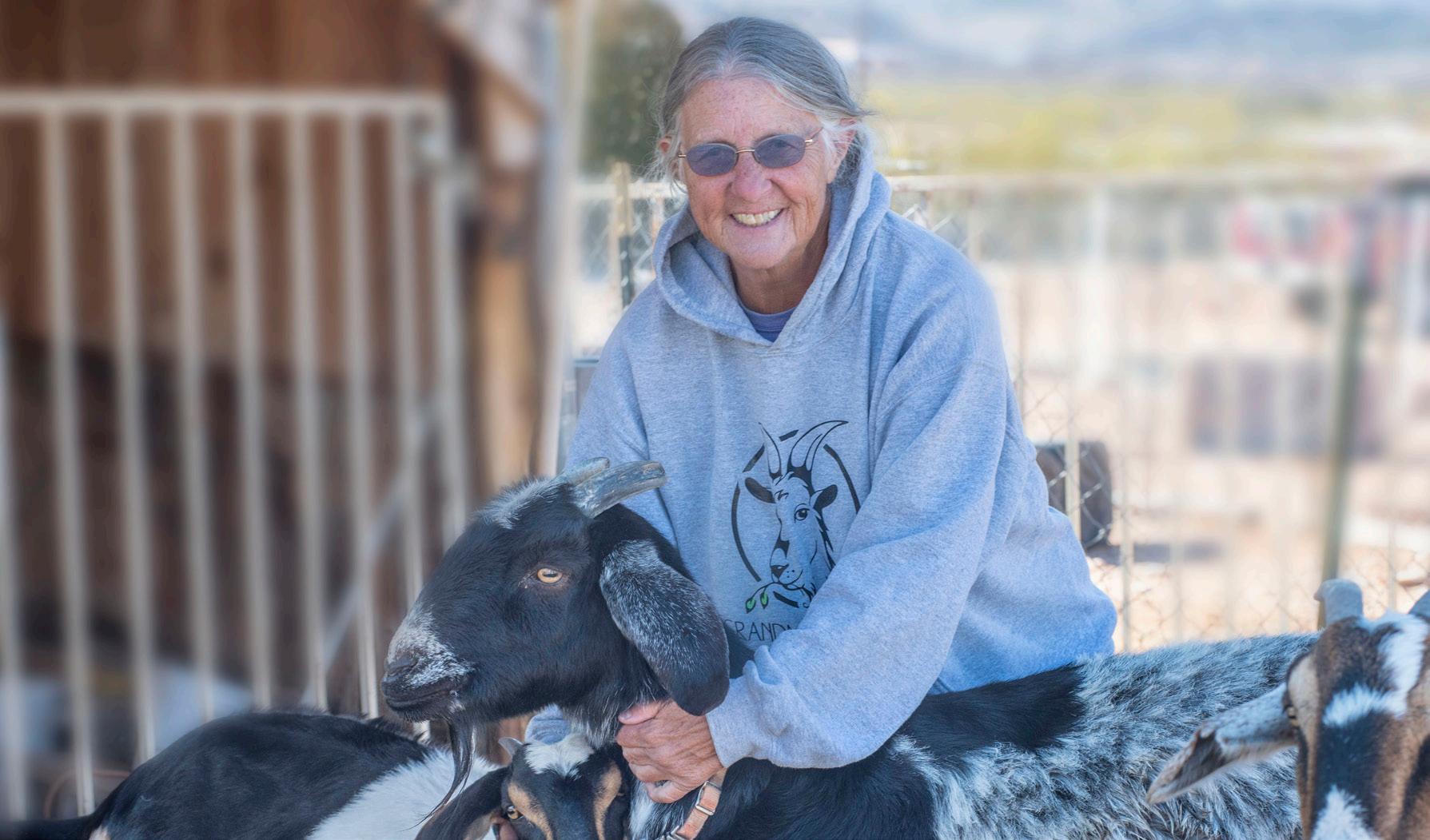
Within days, the kind neighbor pulled up in a truck and unloaded a goat and the weeds were eradicated. “The goat, named June Bug, turned out to be pregnant and had triplets, which is not unusual for Nubian
goats,” said Sheffert. “Only one out of the three lived, so I named her Cocoa.”
Two years later, another neighbor suggested that she start breeding goats. “I knew absolutely nothing about breeding, but found a male goat on Craigslist, and five months later, Cocoa gave birth. That’s when I learned to milk Cocoa. I had no idea what to do with the milk until another neighbor – oh, how I love my wise neighbors! – suggested I drink it and make soap. The goat milk was absolutely delicious.”
It took a long time for Sheffert to figure out a recipe for soap and determine which oils would blend with the milk, but after six months of extensive research, she developed her own recipe. “I landed on a formula which yielded a very luxurious soap that lathers well.”
Moving onward in her venture, in 2008, Sheffert took her soap to market. “I attended the Cornville Business Showcase and sold 57 bars of soap,” she said. The comments from pleased
customers came pouring in. As the goat’s milk supply increased, so did Sheffert’s product list. “I added
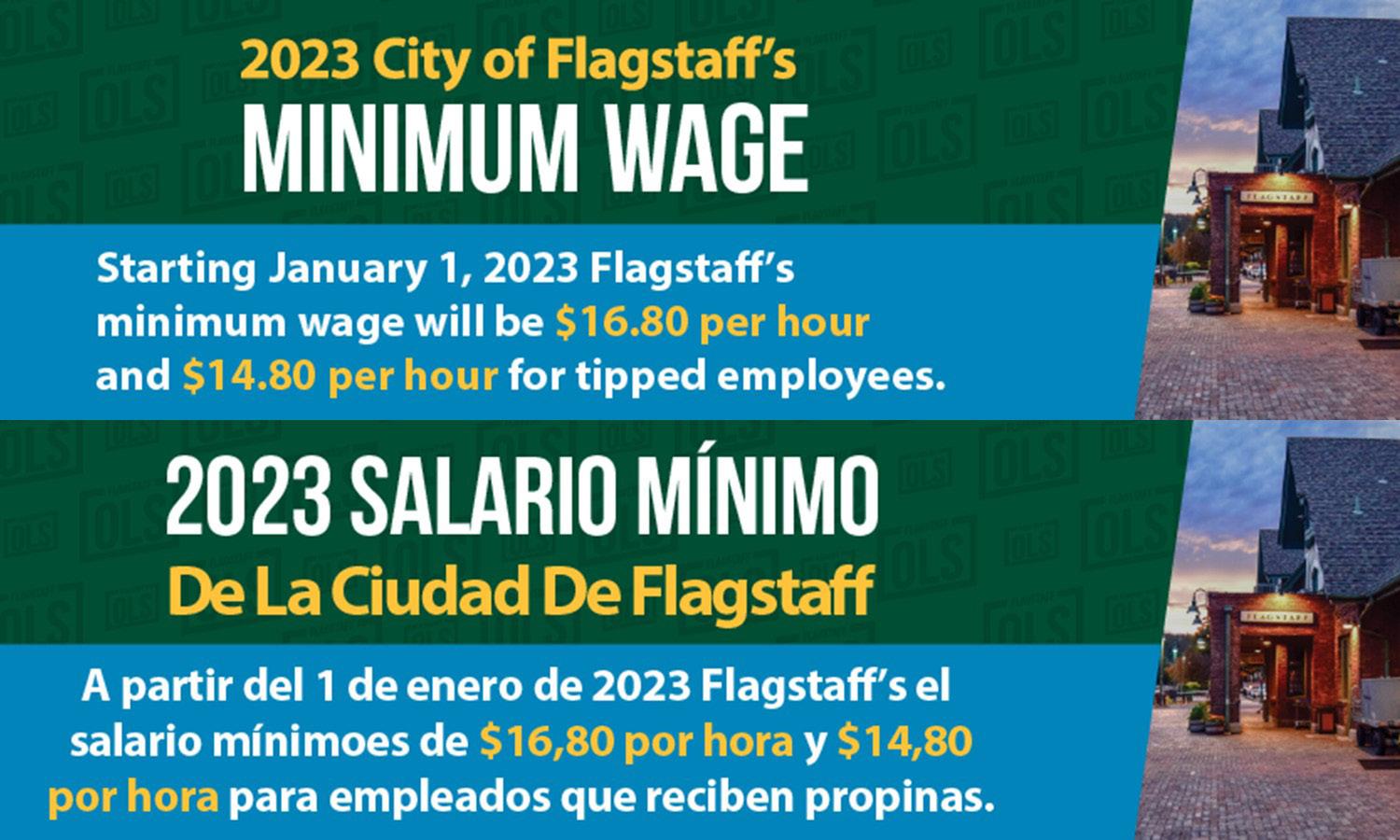
skin lotion, shampoos, facial cleansers and moisturizers, a foot cream that softens feet, deodorants and even an
lotion
alleviates the pain and stiffness of arthritis.”
At DancEvolution (DE), owner/ instructor Jesica Barker takes dance a few steps further by teaching life lessons, such as: “It’s OK if you mess up, it’s what you do after that matters. It’s also OK to be scared, because those tough times will help to obtain your goals.”
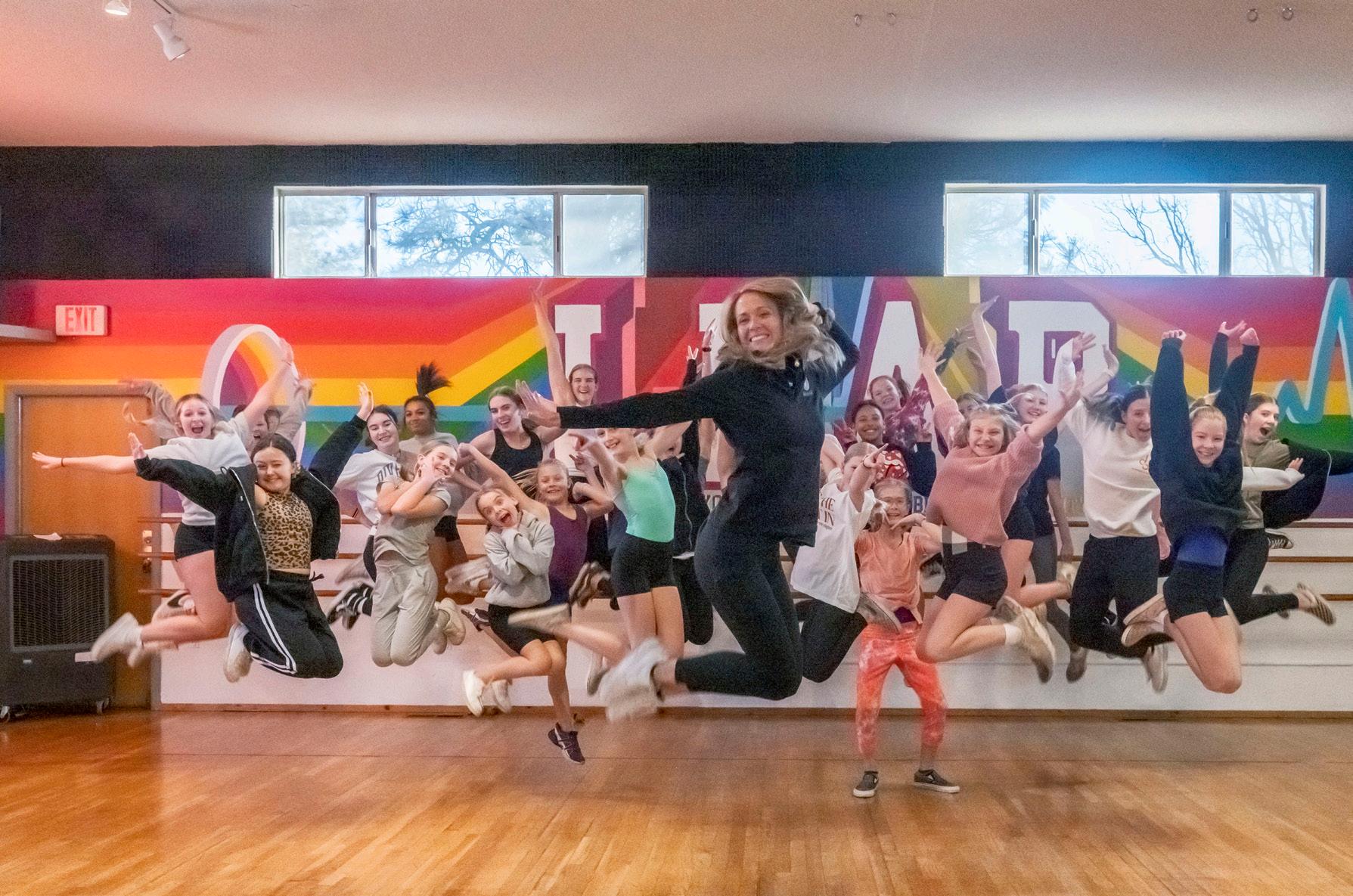
Teaching patience and endurance is also a part of Barker’s coaching. “I want to help people understand that you can evolve through dance and be a better person,” said Barker. “In this age of instant gratification, I think it’s such an important lesson to teach young people that to put forth effort with something they don’t love at first or maybe something they’re not good at or doesn’t come easy, will happen if they persevere. I’ve seen it in my own life and in the hundreds of dancers I’ve taught.”
Dancing since she was 3 years old, Barker, who was raised in Chandler, teaches ballet, jazz, tumbling, tap, lyrical, ballroom and hip-hop. She opened DE with the intention of bringing change to Flagstaff.
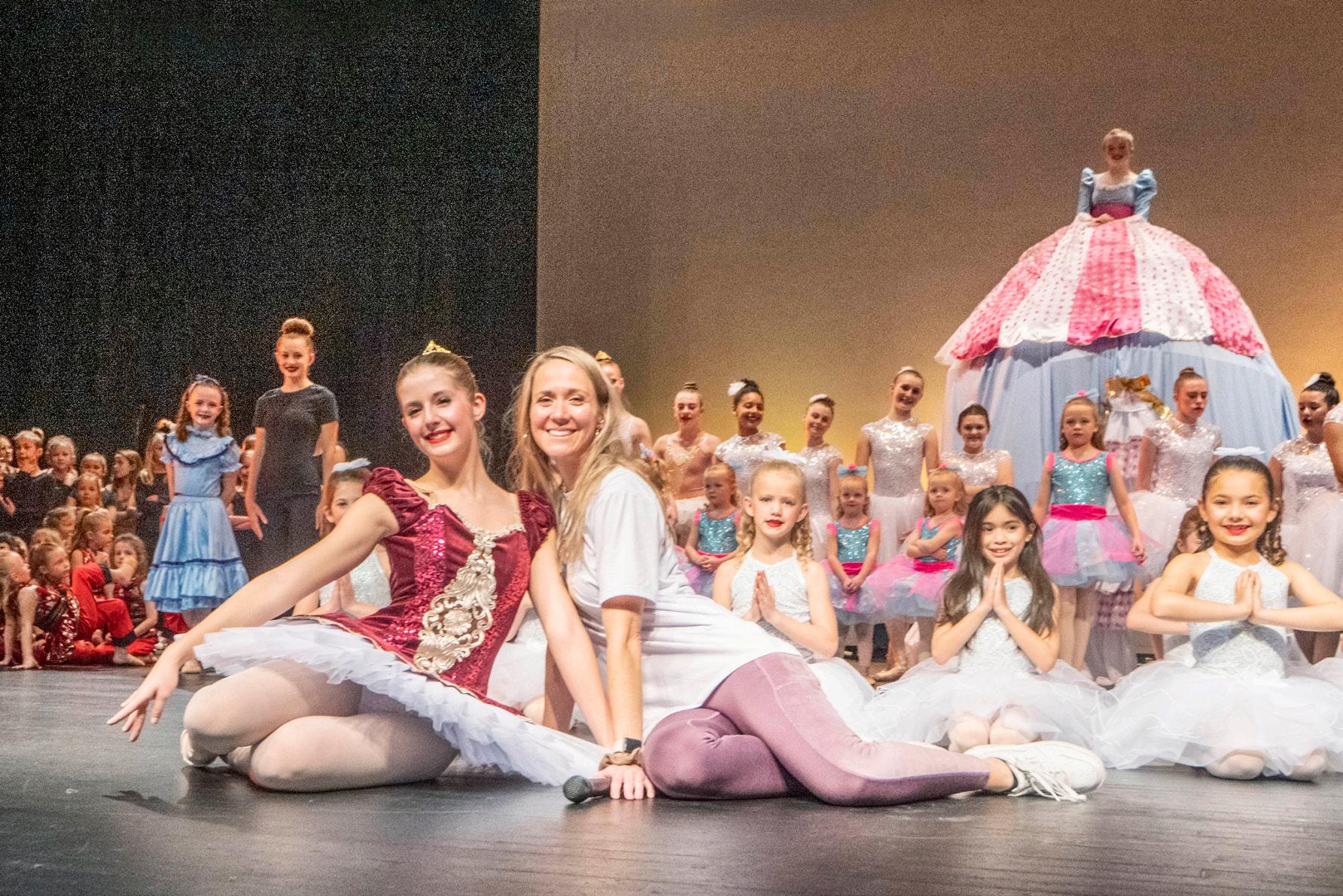
“Phoenix is kind of a dance capital. There are great studios and a lot of conventions and competitions are sponsored there. It’s super competitive, so I wanted to bring a newer, fresher aspect of dancing here,” she said.
Although Barker is not fond of being the center of attention, she did compete around the country in several dance competitions and won awards. Her favorite dance is ballet.
Barker and her husband, Chief Deputy County Attorney Ammon Barker, moved to Flagstaff in 2010. She began teaching in her friend’s basement before the couple purchased their home with a detached two-car garage for her studio. When neighbors complained about the cars, she purchased a studio in East Flagstaff in 2018. “As our competitive dance group expanded, we ran out of room and purchased another building next door.”

Fifteen-year-old twins Lauren and Anna Jensen have been attending DE for 12 years. “Jesica has helped make
me who I am today, ‘’ said Lauren. “She has taught me to work hard and be strong and graceful. She’s also taught me to be a good person, to love more, be kind and be grateful.”
“I would not be the person I am today without Jesica,” said Anna. “I have known her since I was 3 years old and she has taught me to have endurance and have confidence. She is one of my biggest mentors. I love her so much.”
The twins’ mother, Diane Jenson, an administrator for Stephens and Company, agrees. “I credit much of their kind confident and hardworking attributes to Jesica.”
Today, DE has 300 students, seven teachers, six assistants, a costume coordinator and an office manager. With such success, Barker was recognized with the Greater Flagstaff Chamber of Commerce ATHENA Young Professional Award in 2020.
The studio attends competitions in Phoenix and wins awards each year. “Last year, at the Dupree Competition, we won the Class Act Studio award, given to a studio that showed the most support to other studios. To see them [the students] win because of their kindness and encouragement to other dancers meant a lot to me.”
The values set forth at DE are extracted from the acronym LEAP: Love, Excellence, Accountability and Positivity.
“I work directly with Jesica on a daily basis and have the opportunity to watch her work closely with our dancers,” said DE Office Manager Alicia Ralston. “She is the embodi-
ment of our LEAP values, especially as she exhibits love. She helps the dancers learn to love one another and themselves by example and spends extra time outside of class taking late-night messages or staying after class. The dancers work hard for her because they know she genuinely
loves and cares about each of them, which is a huge motivator.”
As a mom of three, ages 14, 10 and 7, Barker says she struggles with guilt but makes sure her children take priority. “I take them on individual dates and try my best to make sure they feel important. They all have grown
up at the studio and as students, they do have to work harder than anyone else.” FBN
DancEvolution is located at 2822 N. Izabel. For more information, call 928-440-5061.
Nancy is a healthy middle-aged woman with a loving family, satisfying career and as she describes it, “a great life,” at least while she’s awake. But when she closes her eyes, it’s been a different story. Nancy has been chased by nightmares every night for as long as she can remember. Besides her rest being regularly hijacked by terror, her screams would awaken her family. Exhausted and looking for help, she sought hypnotherapy with clinical hypnotherapist Rosemary Powell.
I met with Rosemary. After just one session, I no longer have nightmares,” she said. “And, according to my family, my screaming in my sleep has ceased. I feel like a 100% better person.”
Not surprisingly, Powell, has become the calming night light for many sleep-deprived, nightmare-weary clients of all ages, from elementary school children to seniors. She also has helped clients lose weight, build confidence,

reduce anxiousness, improve athletic performance, and reach personal and professional goals.
“An AQHA [American Quarter Horse Association] World Champion wanted to increase her focus and calm during practice and competitive events,” said Powell. “We taught her how to focus by holding onto her reins as an anchor for her focus and motivation. She anchored concentration and calm to her reins, and after yet another win, she said, ‘Hypnosis helps me focus.’”
As Powell explains, hypnosis is not about mind control but rather achieving a state of deep relaxation where we can deal with the root cause of anxiety, fear or negativity and even capture and remove those dream-stealing monsters straight out of our subconscious minds forever.
“The conscious mind is this little tiny bit of our brains and it processes only like 4,000 bits of information a second; whereas, our subconscious mind processes billions of bits of energy a
second. It is 95% of our functioning mind. All of our memories, emotions, beliefs and imagination are stored in our subconscious mind.”
Powell says much of our programming takes place when we are very young, up until about age 11. Information is gathered and stored in the subconscious mind and has a powerful effect on everything we do. “We were either loved and accepted, or some difficult, challenging things happened to us. We have absorbed memories, events, things we’ve learned, and belief systems from parents, pastors, teachers, coaches, or other authority figures. All the experiences that we’ve had are in our subconscious minds and affect, influence and trigger us today.”
As a facilitator in Neuro-Linguistic Programming, Rosemary uses NLP to assist clients to access and override destructive beliefs, thoughts and memories stored in the subconscious mind. “When the busy mind is relaxed, we can go back to the very first time we felt that difficult emotion. Then we can change the memory.”

One of the first steps in her guided hypnotherapy is getting the mind to re-
lax. This sounds simple; however, early Buddhists understood the difficulty of this task. They came up with the idea of the monkey mind because it jumps around from thought to thought, like a monkey moving from tree to tree.
Powell says much of the time, our monkey minds are busy primarily with regrets, fear and dread. “We can calm our conscious mind by using relaxation breathing, and replace the fear and
We would like to take this time to thank the Northern Arizona community, our sponsors, grantors, and local support for donations that helped us make 2022 a successful year. We are always grateful for your continued support as we could not provide the services at our Olivia White Hospice Home or our in-home services without the generous support from you all.
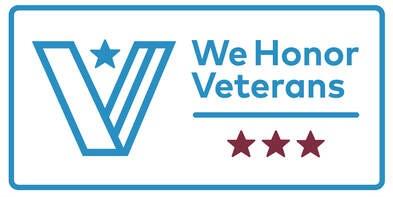
Our mission and commitment will continue to stay the same: to serve the diverse communities of Northern Arizona as your only local nonprofit hospice, offering guidance through life’s transitions. At the heart of our devoted and professional service is the profound respect for our patients and their families.
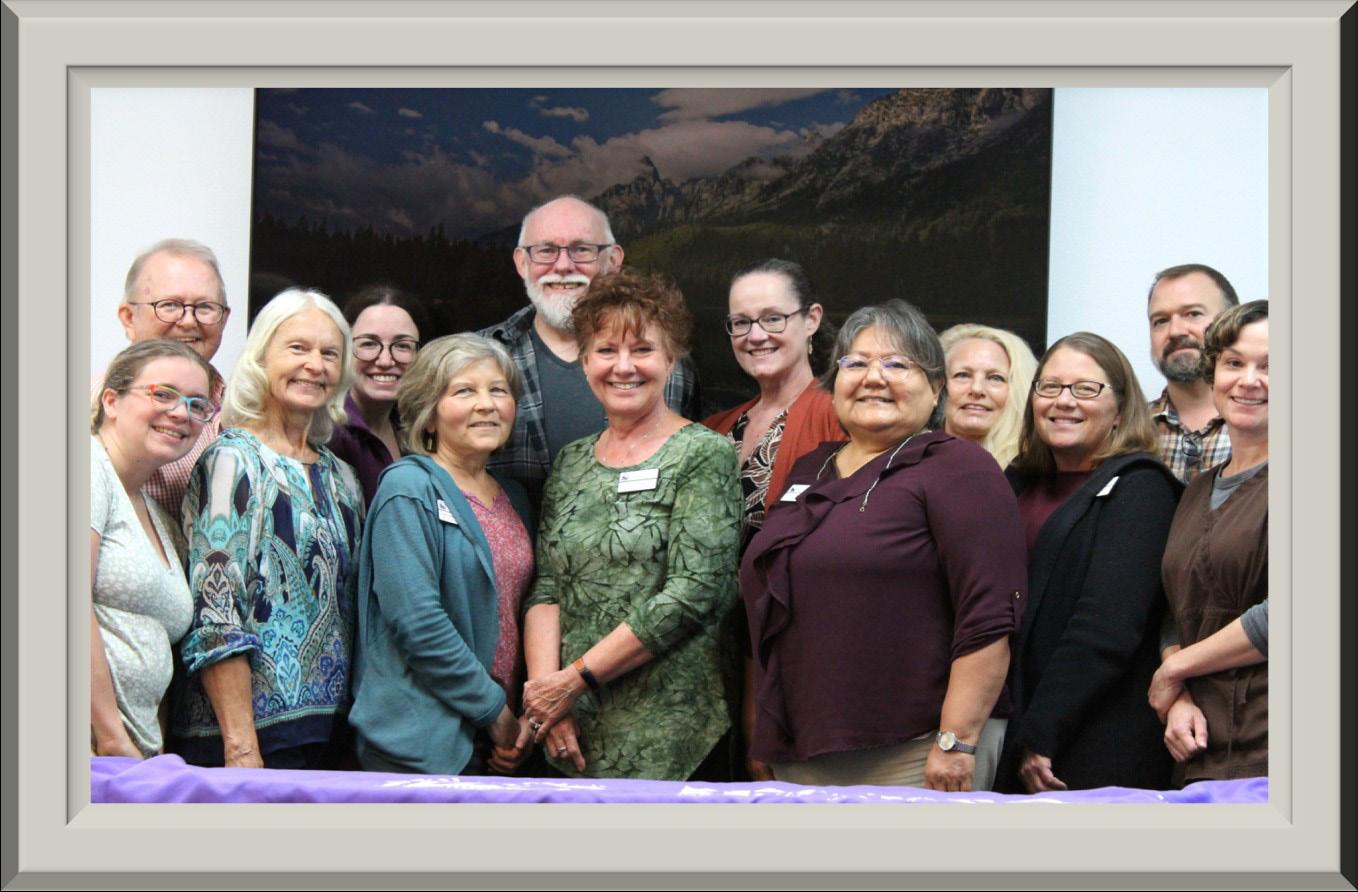
We are so thrilled to be celebrating 40 years of service to Northern Arizona!
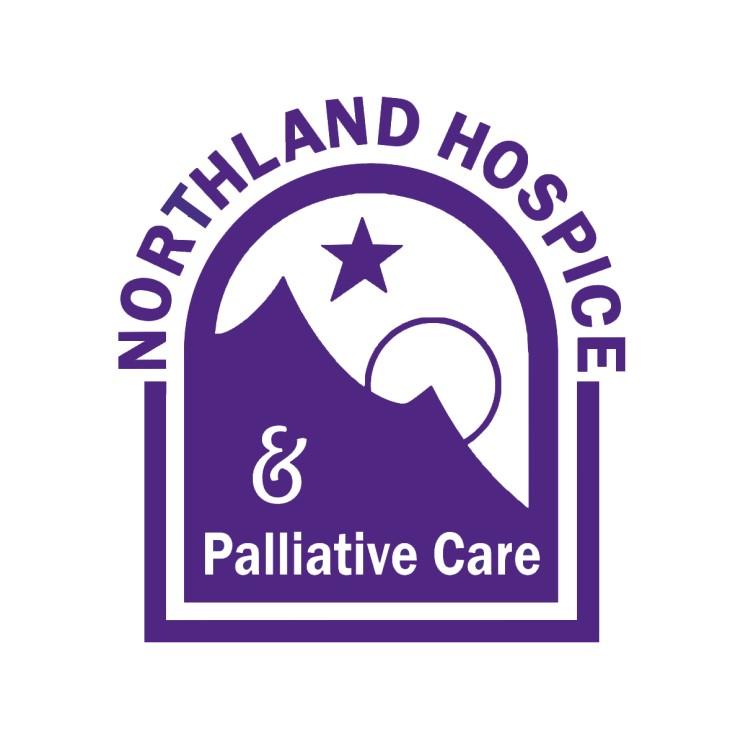
For many of us, starting a new year is like pressing a reset button. It’s an opportunity to give some thought to what a better version of ourselves might look like and how we might get there. For example, I’ve resolved to learn French: Un garcon mange une orange.
Psychologists, along with business and spiritual leaders, say that “better
version” means not dwelling on past hurts or failures, like high school Spanish, and getting clear on what we want in life, so that moving forward we may live a life on purpose.
Why do we want to do this?
Because research shows purposeful living leads to great rewards like better health, more energy, more joy, improved relationships and even
//
Every year, besides learning something new, I resolve to create more peace and happiness.
Researchers like Utah State University Business Professor Michael Glauser say we can achieve this by focusing on others. A key principle from his new book, “One People One Planet: 6 Universal Truths for Being Happy Together,” is to share the good fortunes in our lives. //
financial success and a longer life. But first we have to get our head (notre tête) right. This means we need to invest in some quiet time so we can focus.
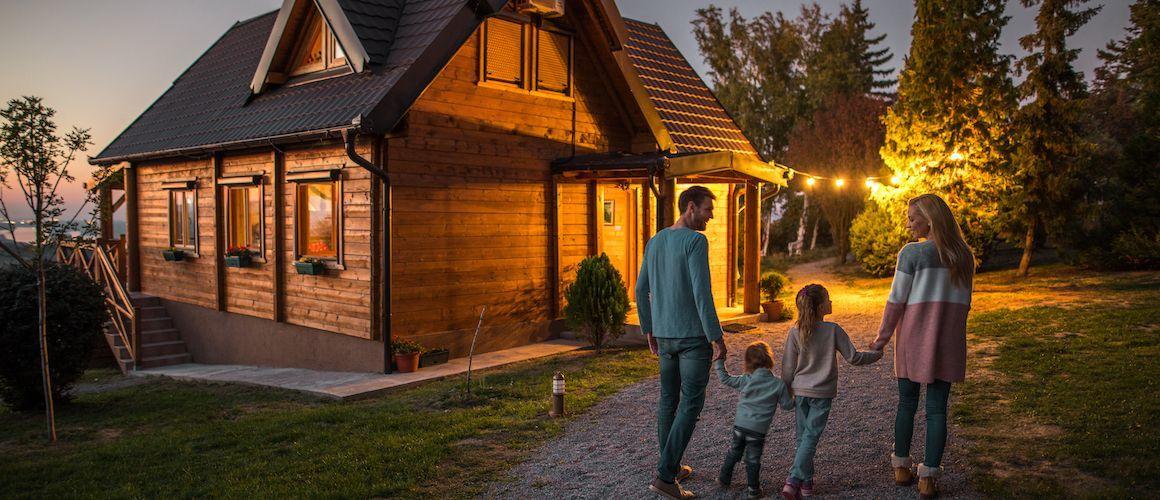
And, oh yes, just like many of us who like to clean up the remaining holiday decorations, discarded ribbons and anything that plays “Rockin’ Around the Christmas Tree” in January or in any other month really, leadership and spiritual gurus suggest we clean up the clutter in our brains as well. Clutter like self-defeating thoughts and fears can act like those unopened holiday gifts still hanging around in our homes that will definitely get in the way of what we want, like un croissant.
Every year, besides learning something new, I resolve to create more peace and happiness. Researchers like Utah State University Business Professor Michael Glauser say we can achieve this by focusing on others. A key principle from his new book, “One People One Planet: 6 Universal Truths for Being Happy Together,”
is to share the good fortunes in our lives.
Before you give everything away and run off to go live on a beach in, let’s say, Saint-Tropez, please know this: the Hindu sages believed there was nothing wrong with having great treasures, but it is the attachment to those treasures that leads us to trouble and not to happiness, or to une baguette, says Glauser, sort of.
So, in that respect, creating jobs and paying people well is one way businesses and business owners share their good fortunes. Another is to become invested in the success of others, like being a mentor, a longer-term commitment than a onetime gift, which is still a good thing.
For advanced New Year’s Resolutioners, work on clearing out your brain of unwanted messages – the judgy and hurtful stuff – fill it up with positive thoughts that ignite your passion and purpose and share your good fortune with others. For example,
For a free guided meditation to clear and calm your mind from clinical hypnotherapist Rosemary Powell and to hear six “universal truths” for happiness and peace from author Michael Glauser, go to Zonie Living at StarWorldWideNetworks.com/ shows/bonnie-stevens.
Voting for Flagstaff Business News Best of Business 2022 is OPEN! Vote for your favorite business Today! Make

Bonnie Stevens is a public relations consultant. She can be reached at bonnie.stevens@ gmail.com.
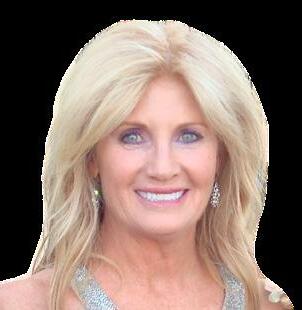

One of the most common concerns I see in my clinic is dry, itchy skin. Even if it is not the primary reason for the clinic visit, it seems at some point we talk about how to address it. The frequency even increases this time of year as our dry Arizona climate gets even drier in the winter.
We all experience age-related changes in our skin barrier function and its ability to hold in moisture. Most people over the age of 60 will inherently have some degree of dry skin. Dry skin is also associated with a number of environmental factors, most notably, the climate and how we care for our skin. Although there are some who are more prone to dry skin, such as the elderly and those with certain diseases, it really can happen to any of us.
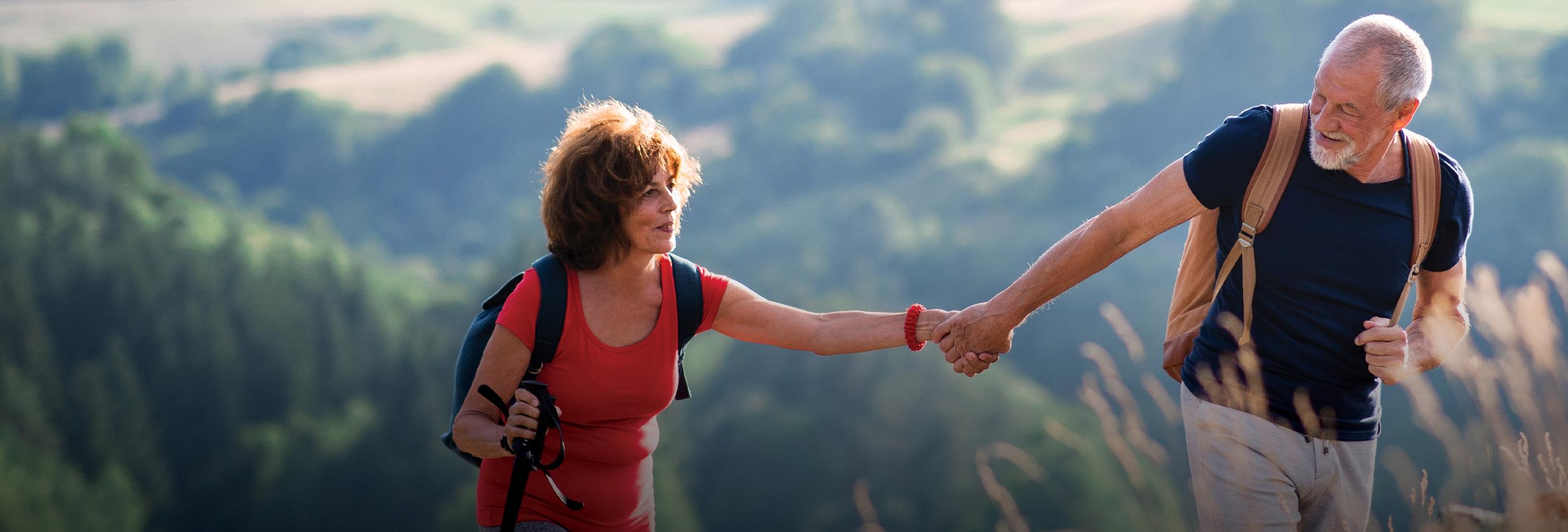
A common cause or exacerbator of dry skin is our bathing habits. Frequent bathing with harsh soaps can strip our skin of the vital components it needs to help hold in moisture. Combined with our climate, it really can be a recipe for a very itchy night.
Fortunately, there are some simple things we can do to help relieve dry skin and its often-associated itch.

N Baths and showers can worsen your dry skin. While the frequency of bathing can play a factor, how you bathe and what you do after is the most important.
N Hot showers are drying to your skin. Turning down the temperature even a little can be very helpful.
N Avoid harsh soaps. Most deodorant and anti-bacterial soaps are tough on sensitive skin. Use only gentle skin care products that are labeled “fragrance fee.” “Unscented” is not the same as they can still contain other odor neutralizing chemicals that can irritate your skin.
N Apply moisturizer immediately following your bath. This is the most important step. You can pat dry with a towel, but apply a thick moisturizer before your skin is completely dry. This helps trap in moisture and goes a long way to getting and keeping your skin hydrated.
N Use an ointment or cream rather than a lotion. Ointments and creams are much more effective at trapping in moisture than lotions. Lotions also tend to have components that can be more irritating.
N One or more of the following
ingredients can be helpful, as they aid in moisture trapping and help in restoring the normal barrier.
• Petrolatum
• Dimethicone
• Glycerin
• Hyaluronic acid
• Lactic acid
• Lanolin
• Mineral oil
• Shea butter
N Avoid products that contain the following, as they tend to increase irritation.
• Alcohol (except for hand sanitizer)
• Alpha-hydroxy acid (AHA)
• Fragrance
• Retinoids
If you follow the above tips, you should see improvement in your dry skin fairly quickly. If you are still struggling, it may be time to visit a board-certified dermatologist. Sometimes, you may need a prescription medication to help your skin heal its barrier function. They will also help sort out if there is another health concern that may be contributing to your dry skin such as atopic dermatitis, thyroid dysregulation, autoimmune, nutritional or malignancy. FBN
Brad Taylor, M.D., FAAD, received his medical training from the Uniformed Services University of the Health Sciences in Bethesda, MD. After completing his dermatology residency at Walter Reed National Military Medical Center, Dr. Taylor served several years as the only active-duty dermatologist in Okinawa, Japan, before returning to Walter Reed to serve as chief of dermatology and consultant dermatologist to
the White House, the Capitol and Congress. Although retired from military practice, Dr. Taylor remains passionate about all things dermatology and could not be more excited about the opportunity to treat patients of all ages here in Northern Arizona.

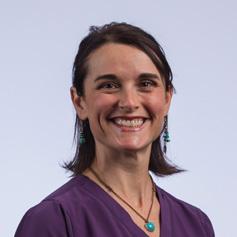
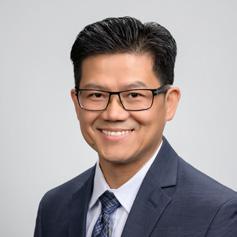
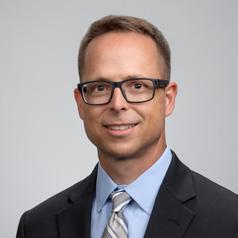
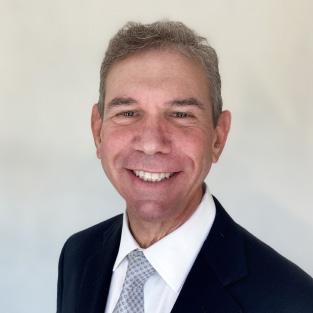
For more information, contact Northern Arizona Dermatology Center, PC. 1490 N Turquoise Dr, Flagstaff, AZ 86001 928-774-5074
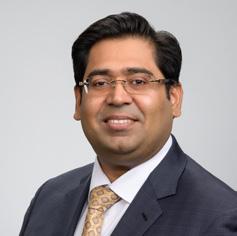
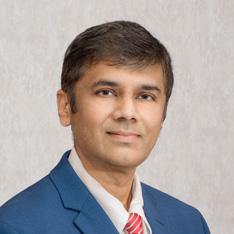
said Amy Piper of Follow the Piper travel blog. But, true to form, the East Lansing, Michigan writer remained tight-lipped about the special surprises. 360 is currently available exclusively for guests booked in suite accommodations on Discovery Princess and Enchanted Princess or for guests sailing on the Discovery Princess or Enchanted Princess that book a future cruise with suite accommodations on any Princess ship, including Princess Premier, at non-cancelable rates. Guests may also gain invitation access from participation in specific “VIP” casino gaming and retail event sailings. FBN To learn more about Princess Cruises, contact

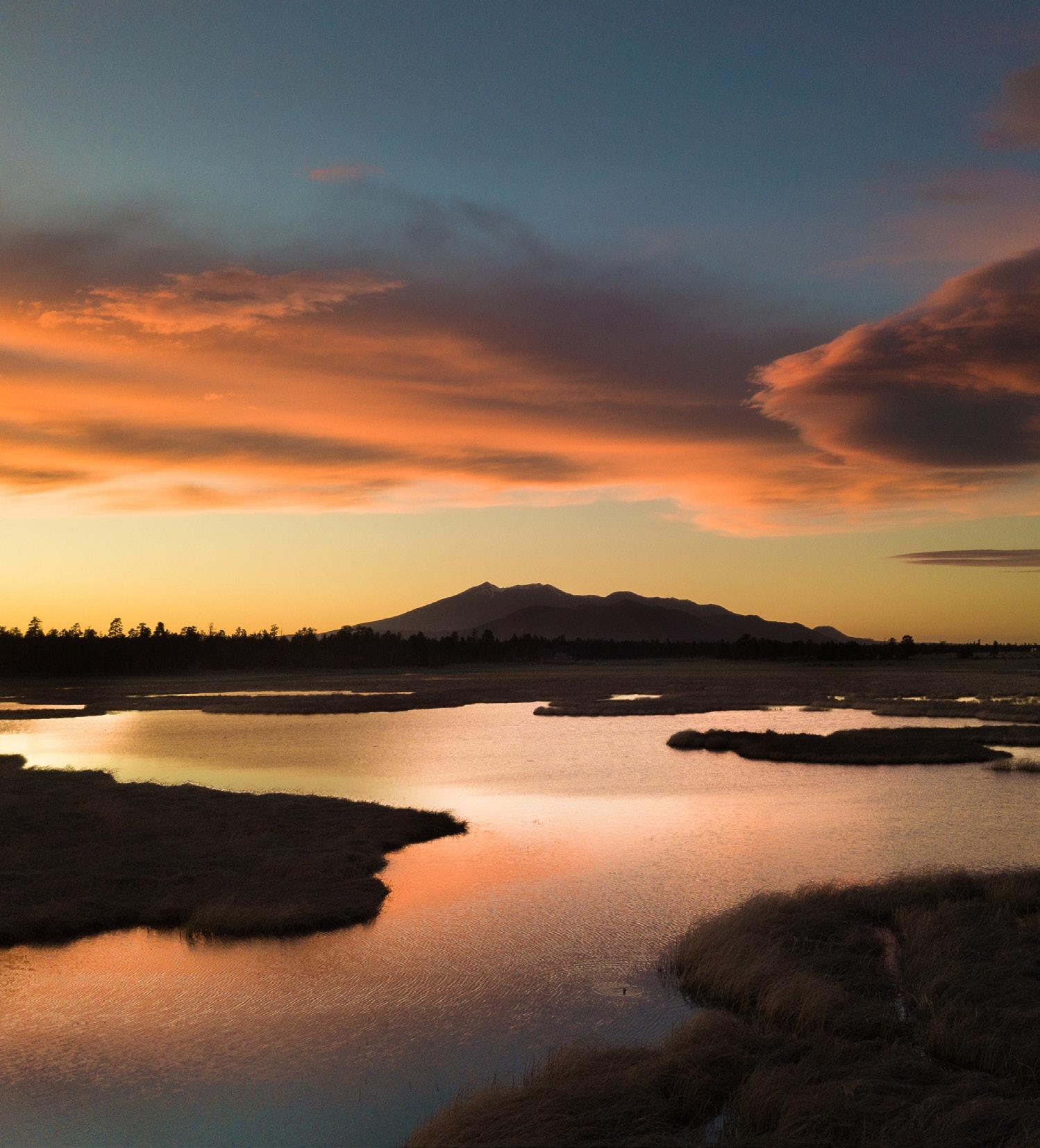







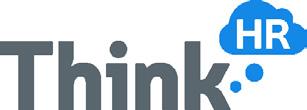
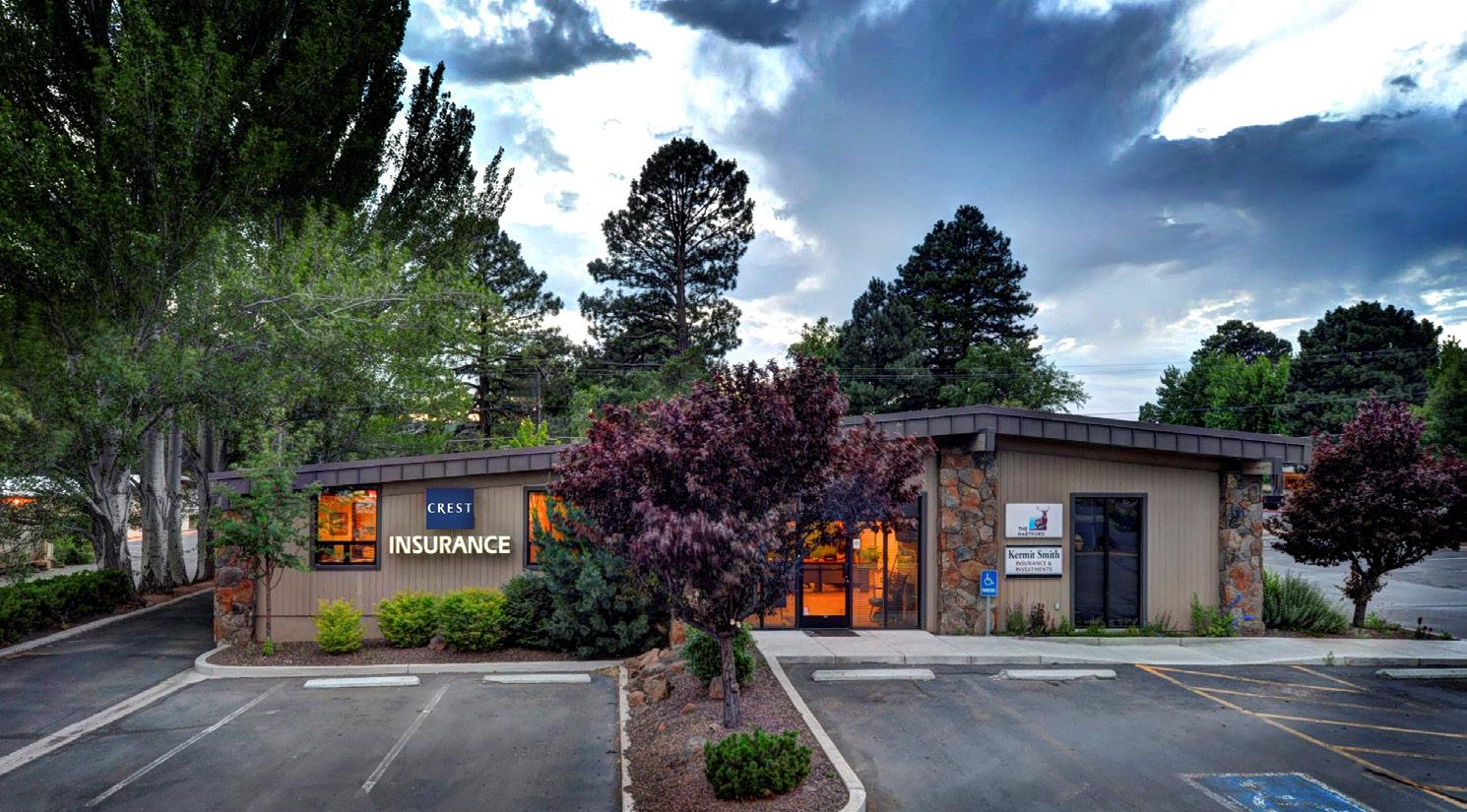
Arizona Snowbowl reports “an unbelievable start” to the 202223 winter season.
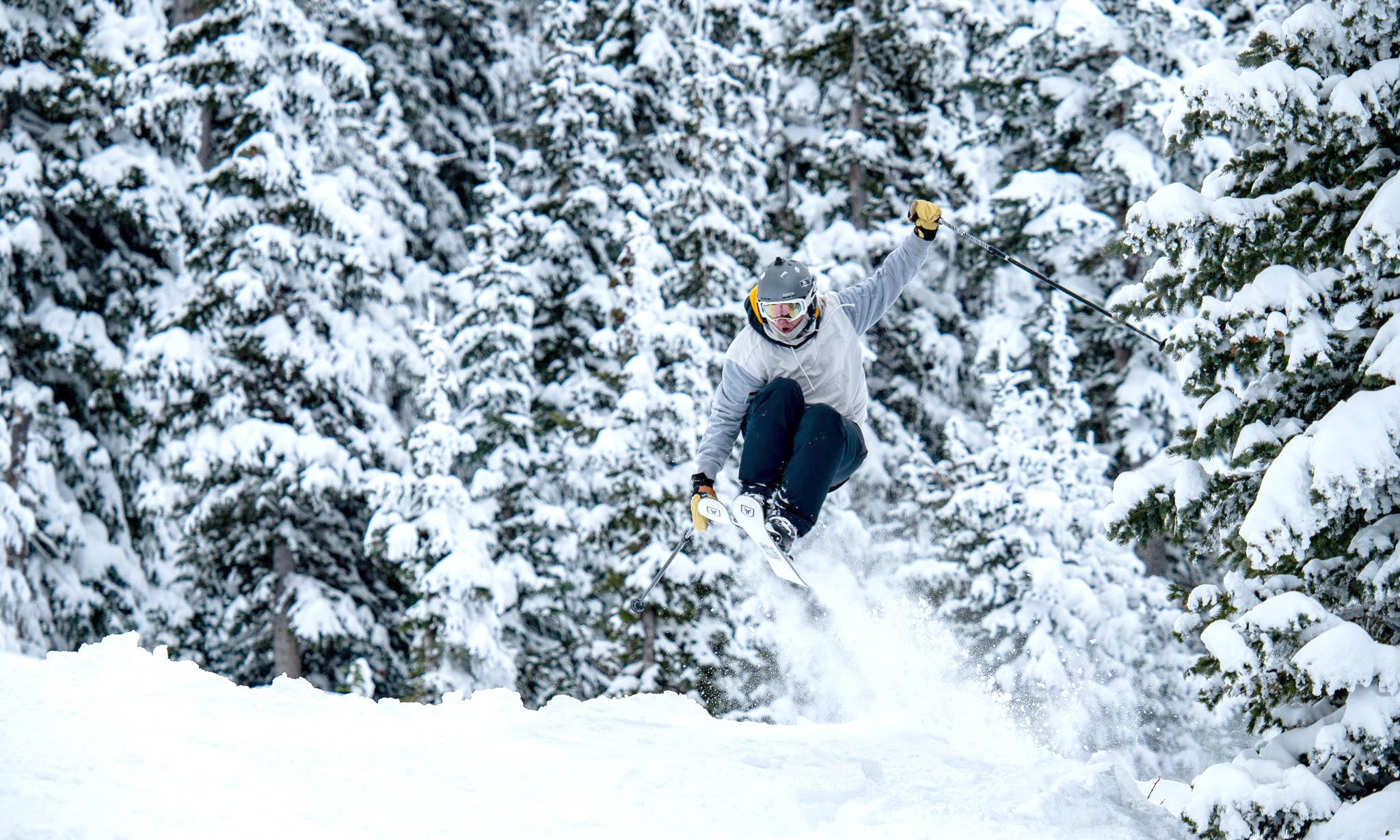
“The ski area has already seen numerous awe-inspiring winter storms delivering pristine powder for our guests to revel in!” said Marketing Coordinator Angelina Grubb.
The winter storms began to make a strong appearance in December and continued through the new year, with the most recent storm cycle bringing 46 inches of deep powder in the span of just six days.
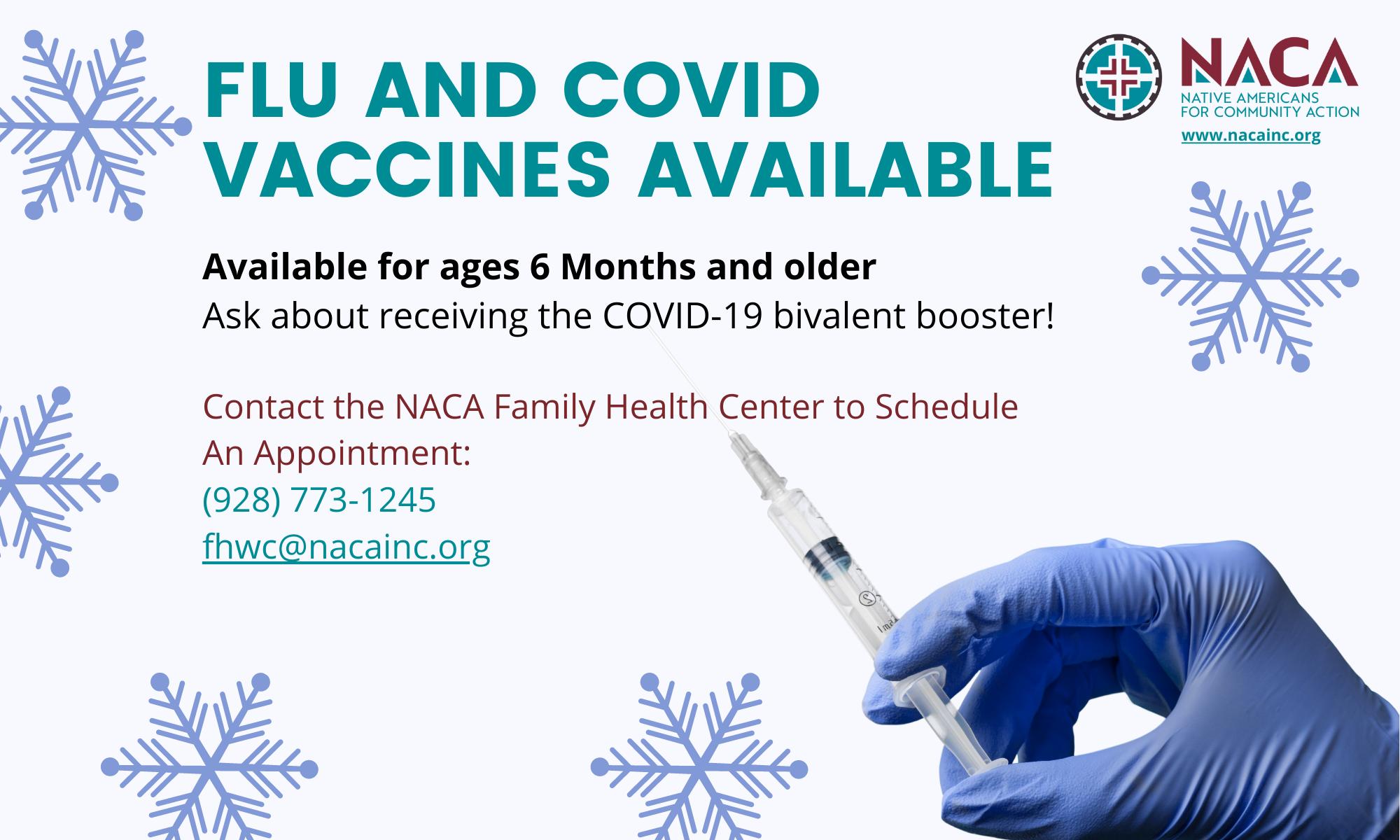
“After receiving tons of snowfall, our mountain operations were able to open up even more trails for skiers and snowboarders to enjoy all over the mountain, just in time for the holidays!”
As of early January, Snowbowl has 45 out of 48 lift-served trails open, offering access to beginner, intermediate and advanced terrain via two conveyors and six chairlifts. “Guests have been thrilled to be able to enjoy such incredible snow so early in the ski season,” she said. “We look forward to welcoming even more ski and snowboarding enthusiasts in what we expect to be a fantastic new year!” FBN
The need to stop and rest after walking a short distance because of a leg cramp, numbness in the feet or leg pain could be more than normal aging. While it’s easy to think it’s just part of getting older, these symptoms may be caused by poor circulation.
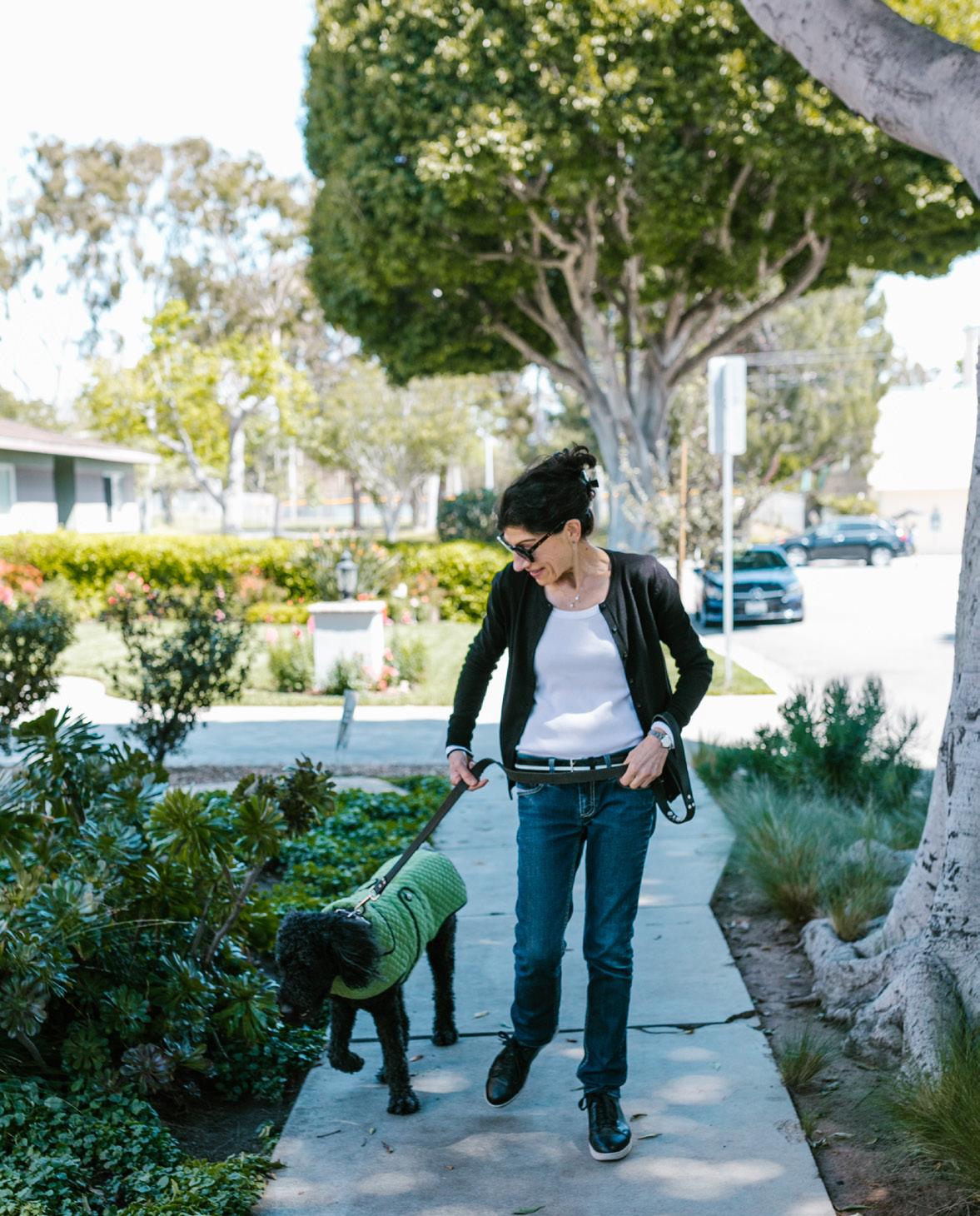
PAD (peripheral artery disease), or poor circulation, is one of those conditions that people tend to ignore. “If you find yourself needing to rest because your leg cramps when you walk even a short distance, or at night you need to stand up to relieve a cramp in your foot, that’s your legs and feet telling you they need help,” said Dr. Joel Rainwater, chief medical officer of Comprehensive Integrated Care (CiC).
“PAD is often called the silent killer because you may have it and not even know,” said Rainwater. Its diagnosis is often delayed and not identified until it has progressed. “It’s not normal to have difficulty walking to your mailbox, it’s not normal to have constant leg pain or cramping.”
These symptoms are also very similar to those of neuropathy, which include difficulty walking without taking a break, burning, tingling,

numbness and/or pain. “When I see a patient who has been told they have neuropathy and they’ve been maximized on medication that’s not working, I know there may be something else causing it and one of the big, notorious offenders in that scenario is PAD,” said Rainwater. And in some cases, PAD could be making neuropathy symptoms worse.
PAD is caused by the buildup of fatty material inside the arteries. This build-up occurs gradually and hardens into plaque inside the artery, restricting blood flow. Without an adequate blood supply, the body can’t get the oxygen and nutrients it needs to maintain healthy legs and feet.
“This is something we can fix,” explained Rainwater. “The good news about PAD, is that there’s hope.
There is treatment and it’s excellent, it’s been one of the biggest success stories in all of medicine.” Patients are able to get back on their feet and everyday living with almost no downtime, no stitches and no overnight hospital stay. Medicare as well as most insurance plans will cover treatment.
“I’m here to tell patients that there are options, all they have to do is ask. They might have to ask a different doctor, but they don’t have to live
Joel Rainwater, M.D., is a board-certified endovascular specialist with more than 23 years of experience. He has focused his medical career on educating the public and his fellow physicians to recognize PAD and start treatment as quickly as possible. He can be reached at 928-719-7400 or ciccenters.com.
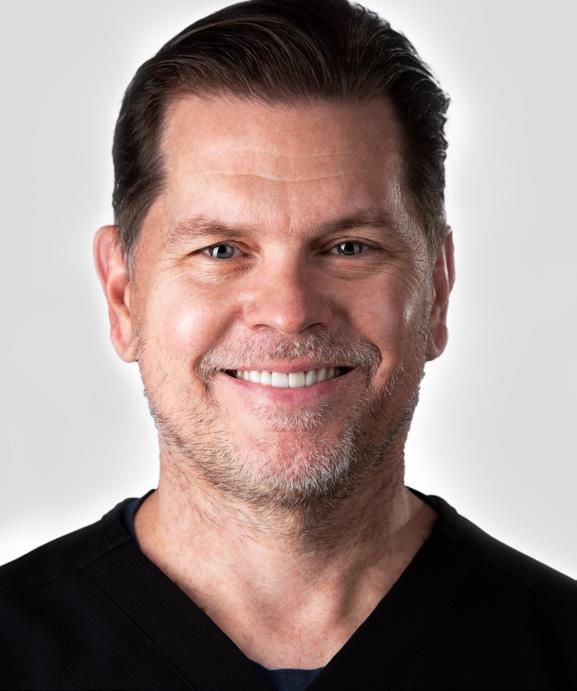
Courtesy photo
with the idea that they’re going to suffer for the rest of their life,” said Rainwater. His best advice: “Go look for answers.” FBN
Zang is the executive director of marketing and communications at Comprehensive Integrated Care.

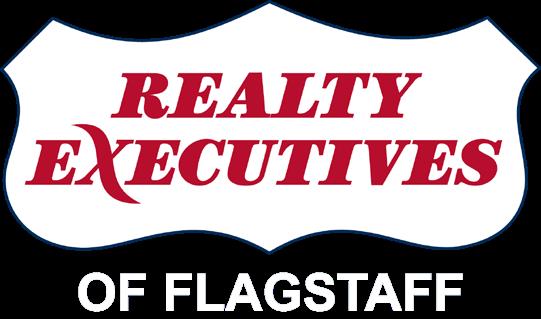
In 1988, NACA was awarded a grant from the Administration for Native Americans (ANA) to develop a Native American arts and crafts vendor project. This vendor project is known as the Oak Creek Overlook Artisan Market.
Prior to establishing the vendor project, Native Americans attempted to sell their arts and crafts illegally at the Oak Creek Canyon Overlook (OL). The OL is located on land managed by the United States Forest Service (USFS). The illegal vending resulted in penalties for violating federal statutes, arrests/ fines for illegal parking, confiscation of vendor wares and general chaos when law enforcement officials attempted to enforce federal regulations.
Frustrated by past failures to solve the illegal vendor issues, the USFS approached NACA to explore possible solutions. The initial meeting involved many governmental entities equally impacted by the illegal vending. After meetings and discussions, it was agreed that Native Americans would be allowed to sell their arts and crafts legally if NACA provided management for the
project in cooperation with the USFS.
In 1988, a Memorandum of Agreement was signed by the USFS and NACA, thus establishing a legal Native American arts and crafts vending project located at the Oak Creek Vista Overlook. The project constitutes a unique cooperative relationship between a federal governmental agency (USFS) and a private non-profit Indigenous corporation (NACA, Inc.)
The Oak Creek Vista Vendor Project has operated successfully for the past 35 vendor seasons/years. The project creates a unique opportunity for Native Americans to enhance and develop their economic self-sufficiency and lessen public assistance dependency.
The OL program is set up as an economic development project to include program participants representing Native Tribes that live in the region.
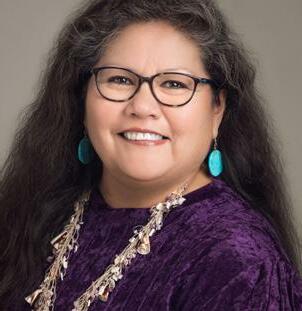
The targeted clientele of this site is the international, national, regional and local visiting public during the four seasons that Flagstaff has.
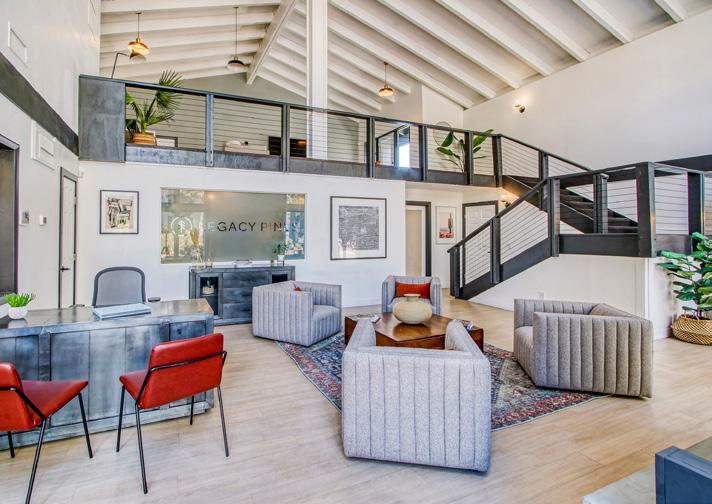
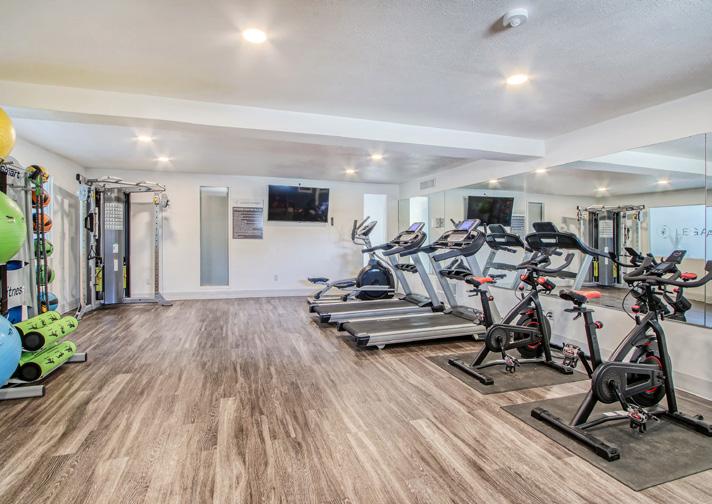
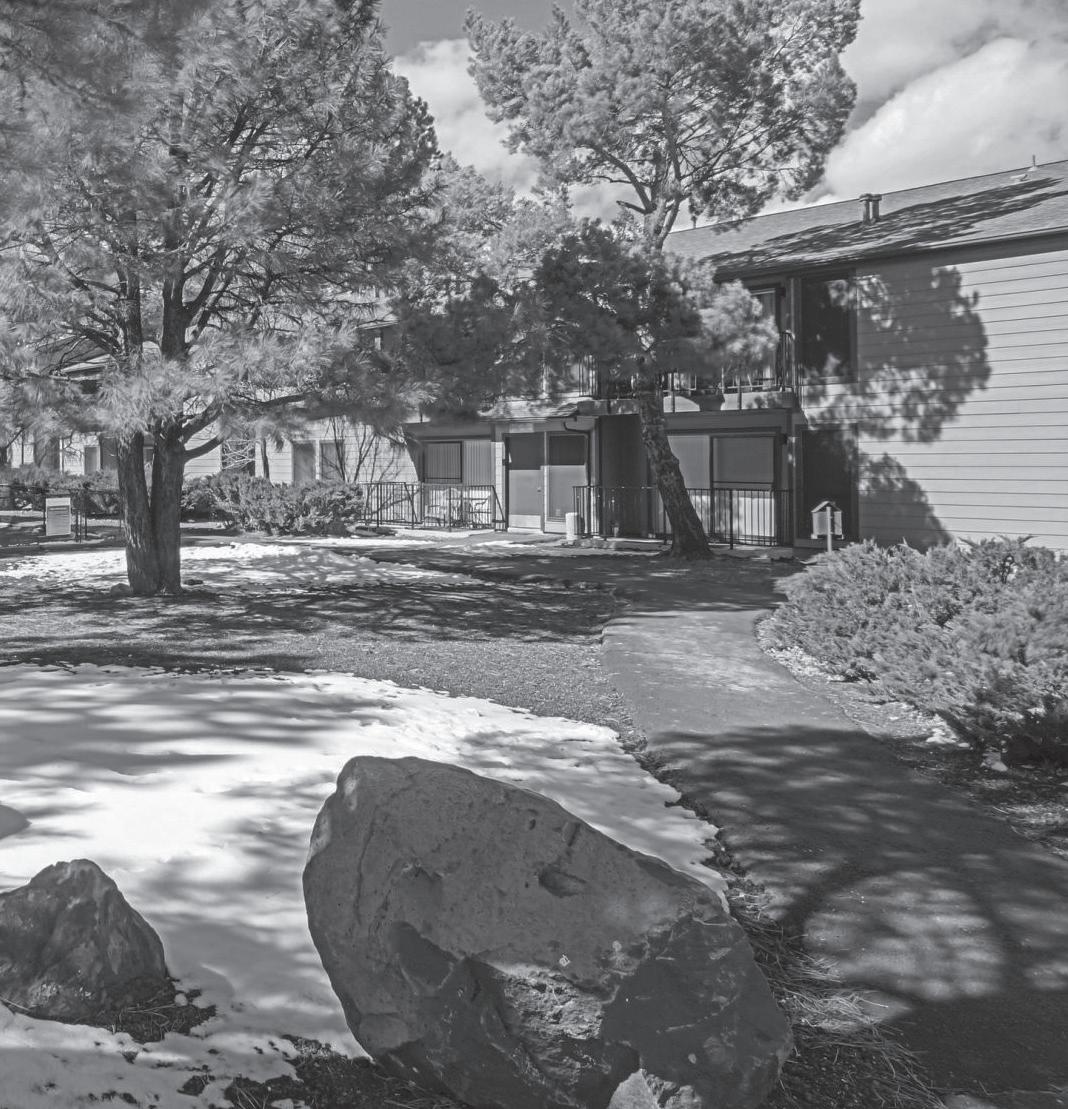

According to the Northern Arizona Native American Culture Trail website, “each year, the Grand Canyon attracts 4.4 million tourists. However, only a few visit tribal lands, and native people
see little of the $687 million tourism benefit. . . . Native business profits are grown by intentionally fostering understanding and appreciation of Native [culture] and arts. Artisans typically travel to shows to find potential customers, but this program builds bridges to the large, yet untapped, market of tourists already coming to Northern Arizona. Domestic and international visitors are drawn to Northern Arizona by its spectacular scenery and recreation. Vendors interacting with customers allow for the enrichment of why Native cultures are worth experiencing and remembering through Native arts and crafts.”
The OL Vista site creates an ideal location for the visiting public to view the site’s natural and ever-changing wonders. This site is the most visited site in the Coconino Forest Service region. This program connects artisans with customers to increase cultural exchange, education and sales.
The OL Vista site is located between Sedona and Flagstaff, two towns highly sought out by visitors to Arizona. Sedona is popular for its red rock scenery, shopping, hiking and metaphysical sites. Flagstaff, for its high-country
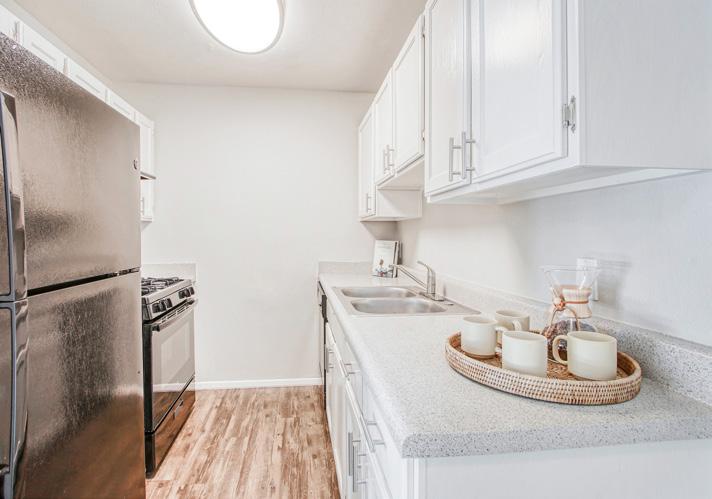
atmosphere, shopping, scenery and for being one of the gateway communities to the Grand Canyon National Park. Both towns offer an array of tourism interests including the selling of Native jewelry, arts and crafts by retail stores. The OL program capitalizes on this; the added attraction is the direct selling of wares from artisan to customer. This creates cultural exchange, a very favorable part of the OL experience, as many visitors indicate that the OL was highly recommended to them by past visitors, family and friends who visited the site.
The vending program also requires its program participants to sell only Native American handmade/handcrafted jewelry, art and crafts. The site rangers do daily inspections of inventory sold at the site to ensure this requirement. Having the vendors sell only authentic Native jewelry, arts and crafts makes this site unique, as other roadside businesses do not always ensure that.
The visiting public now enjoys a maintained site on federal land, at no expense to the individual taxpayer. The OL site provides clean public restrooms. Each year, maintenance work is done for visitor
appreciation of the site. This location is also handicapped accessible. FBN
For more information about the Overlook vendor program, contact Program Manager Dorothy Gishie, at ddgishie@nacainc.org. NACA’s Family Health Center currently offers the seasonal flu vaccine, as well as the COVID-19 Moderna and Pfizer primary vaccines, and the COVID-19 bivalent booster. For more information or to schedule an appointment, call 928-773-1245.
Dorothy Denetsosie Gishie is Navajo, of the Rock Gap Clan from Preston Mesa, born for the Towering House Clan. Her maternal grandfather is Bitter Water Clan and her paternal grandfather is Yucca Fruit Strung Clan. She has been in the Flagstaff community for 35 years and has worked 33 years with Native Americans for Community Action, Inc. (NACA). As program manager of NACA’s Overlook Vendor Program, Dorothy works closely with the Coconino Forest Service. She is the current Interim CEO for NACA and has served as a community advocate, on many committees, as well as on the board of directors within the City of Flagstaff and Coconino County.
•





 By Jana Weldon
By Jana Weldon

Highlights for the Beautification, Arts & Sciences program in 2023 will be the installation of two major public art pieces, the opening of another round of traffic signal cabinet wraps for artist proposals, and the completion and approval of designs for art projects at the Downtown Connection Center and the Lone Tree Overpass.
At Flagstaff Pulliam Airport, along the sidewalk connecting the new parking lot and the terminal, is one of the two public art projects completing in late spring. The Coconino Scroll, the art concept designed by the artist team of Pete Goldlust and Melanie Germond is a highly ornamented decorative steel fence embedded with stained glass accent elements, composed of images that celebrate the history, environment and culture of Flagstaff and its surroundings. The colored glass elements refract sunlight in shifting ways, based on changing conditions throughout the day and season. The accompanying 25 bronze medallion plaques, subtitled “Footnotes,” are embedded
within the sidewalk adjacent to the fence and provide brief informational text about some of the fence section’s images and stories.
The other major public art installation near completion is at the Flagstaff City-Coconino County Library as part of the new entryway now under construction. With the redesign of the entry plaza to come into compliance with Americans with Disabilities Act (ADA) standards, an opportunity became available to re-envision the entire outdoor entry of the downtown public library, a community focus for Flagstaff. Focus groups of community members, the Commission on Inclusion and Adaptive Living, and the Beautification and Public Art Commission (BPAC) gave input into the wide-ranging elements of the project. The artist, Maria Salenger of Jones Studio, in addition to creating the artwork, contributed to the overall design as well. The resulting entryway includes landscaping, a ramp design that is universally inclusive, a donor recognition opportunity integrated into the art design, a front porch for outdoor
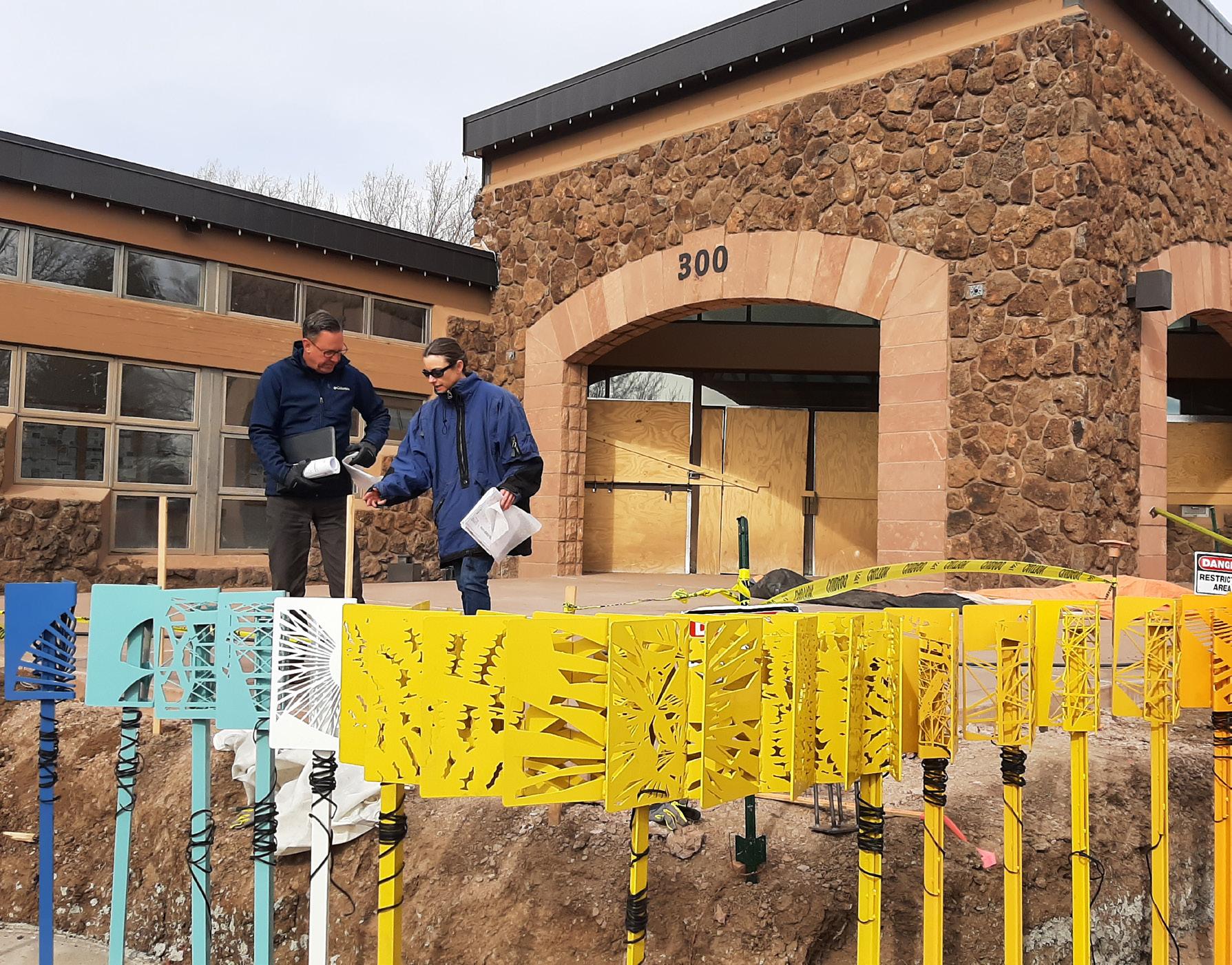
It isn’t a secret that people struggling with substance use issues are not living a healthy lifestyle.
Substance abuse leads to a number of unhealthy habits, including creating unhealthy diets.
A bad diet is the common experience of many people struggling with addiction. They may eat too much or they may not eat enough, but either way, addiction prevents people from practicing proper nutrition. That lack of good nutritional habits is why diet is such a big focus in recovery. Many people struggling with addiction have gone years without a proper diet. They may eat fast food frequently or eat very little because that is the cheap and convenient option. Addiction makes it hard to take care of yourself across the board, so it is not surprising that proper nutrition would fall by the wayside as well. When people are starting in recovery, it is important to instill in them the importance of a proper diet.
One of the most important aspects of diet in recovery is the discipline it instills in a person. Shopping for, prepping and cooking healthy meals requires a lot of effort and discipline that many people dealing with ad-

diction lack. It takes effort to expose yourself to healthy lifestyles, which is why a good addiction recovery program will provide a platform for you to buy and be exposed to a healthy diet and give you tools to sustain a healthy diet.
A good diet is a holistic tool to benefit your recovery. It shows people in recovery what a normal, balanced lifestyle looks like and what it takes to maintain it. It also helps set realistic expectations and helps slow down the hectic nature of recovery by teaching them a life skill they can always apply.
Introducing someone in recovery to a healthy lifestyle is a great first step to long-term sober success.

The more obvious benefit of eating a healthy diet during recovery is that it makes you feel better. Everyone is impacted by poor eating, and you will be even more negatively impacted if you eat poorly and struggle with addiction. A good diet clears the mind, promotes good gut health, and makes a person feel better overall. It is liberating to feel good and be healthy after years of addiction put someone in poor health. If people learn they can feel good without drugs or alcohol, they are less likely to abuse those substances.
A healthy diet is an excellent first
step to promoting a healthy lifestyle in recovery. Following a healthy diet will make a person in recovery feel physically and mentally better while also giving them an opportunity to learn essential life skills. Teaching a person how to maintain a healthy diet is a boon to their recovery. FBN
Back2Basics is an adventure recovery program, up to six months, for young adult males ages 18-30 with substance abuse
issues looking for a positive and meaningful life. Clients are exposed to a weekly combination of both wilderness adventures and residential programming. For more information, visit back2basicsoutdooradventures.com, call 928-814-2220 or email rduprez@b2badventures.com.

Through the past year, we’ve watched as the current administration has enacted many new laws. Some of them were aimed at reducing firearms violence (something we all support). Many of our elected representatives suggest that even more laws are needed and promise that banning specific inanimate objects will keep us safer. Will they?
Let’s first look at what has happened this last year. The Bipartisan Safer Communities Act, which was signed into law in June 2022, has many provisions, we’ll look at a few. The new law now treats anyone between 18 and 21 years of age as a different class of citizen. Only folks in that age bracket are now subject to additional background check screening. That screening takes additional time, so a side effect is that all background checks automatically result in a delay that can be extended for 13 days. Will this new law keep us safer? No one knows for sure, but we can safely say that a 20-year-old single mother that files an order of protection against an abusive boyfriend will now have to wait an extended period of time before they can purchase a firearm for protection.
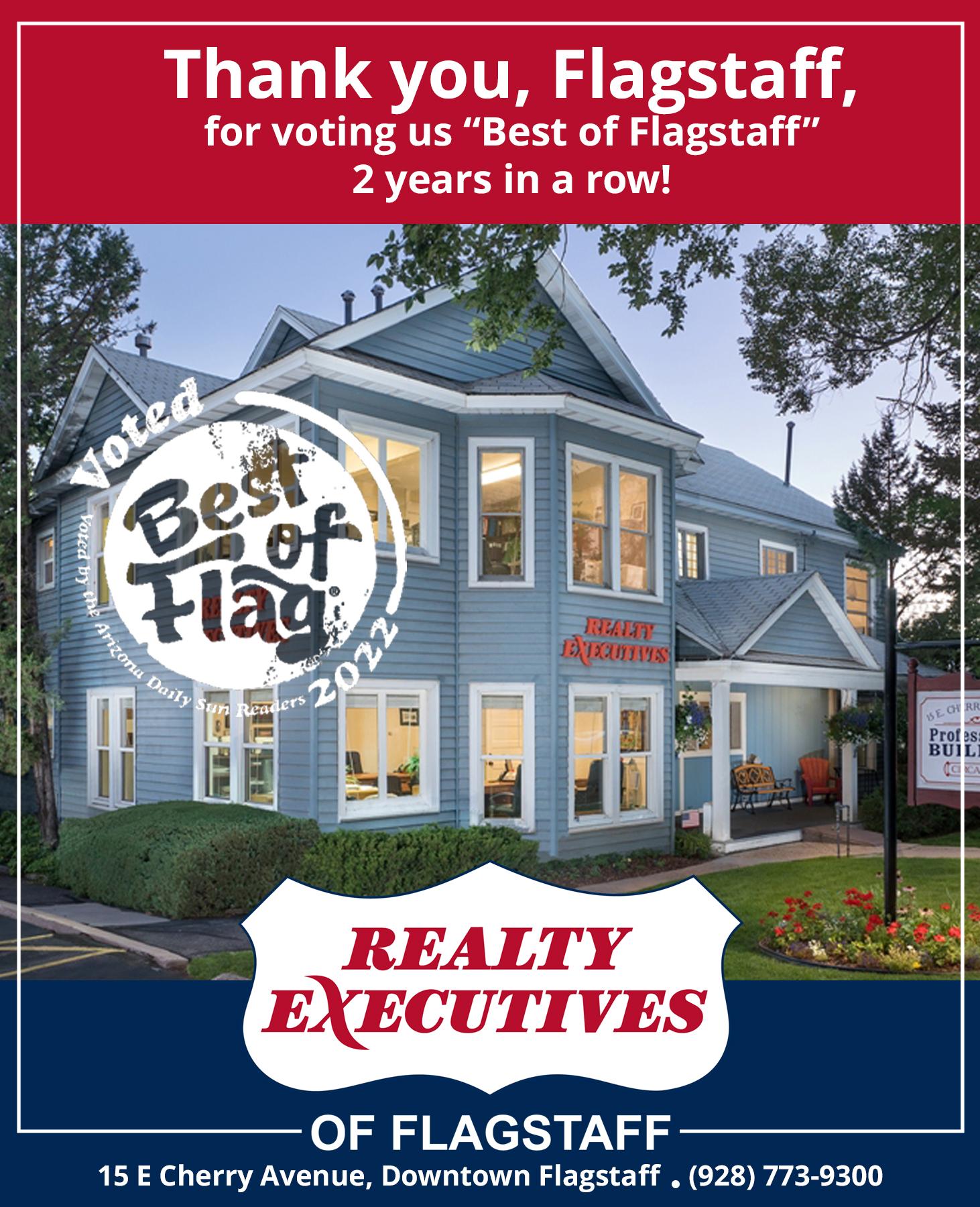
Yet, if she were just a year older, it’s likely her background check would be approved in minutes and a sale could proceed. Is this new law keeping that mother safer?
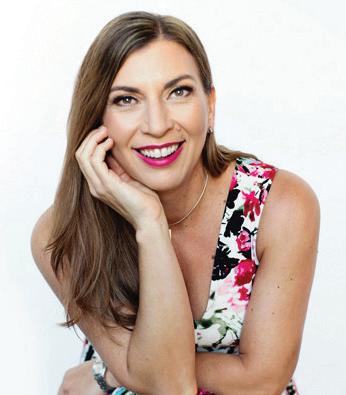
Other provisions of the law are focused on more spending (with dollars we don’t have) on programs lawmakers hope will reduce firearms violence. It allocates $750 million for use in passing Red Flag laws in more states.
One could ask, did the founders of our great nation intend that the federal government would be spending nearly a billion dollars lobbying states to pass laws? Didn’t they believe that states should have autonomy from federal intervention and be allowed to mostly govern themselves? If it’s OK that the federal government is now in the business of lobbying, what other issues should they be supporting or opposing at the state level? While Red Flag laws have seen mixed results in practice, shouldn’t we leave it to the voters of each state to determine if and how to implement them? As dependence on federal funding for many programs such as education has increased, the control of the federal government has continued to increase. Oftentimes, that control is wielded not by elected representatives but instead, career bureaucrats.
One area the bill addresses that likely needs much more attention and funding is community mental health programs. One of the many crises we’re facing in this country right now is a lack of accessible mental health resources for those who need them. Tragic events like Sandy Hook are not a result of too few gun laws but instead, are clearly a failure of our mental health system. We must have ways to help those suffering from severe mental illness that will keep both them and the public safe. Hopefully, some of this funding will be used for programs that will accomplish these goals.
Looking into the new year, we hear demands for bans on specific kinds of firearms and magazines from the politicians we’ve elected to represent us. They suggest that if we would just ban this or that, the perpetrators of this violence would no longer be violent. At best, that thinking is naïve. The No. 1 enemy on these folks’ list seems to be the AR-15, or Modern Sporting Rifle. The latest estimates suggest there are more than 30 million variations of this rifle in circulation today. Despite that popularity, rifles of all types (which the MSR is a subset of) are only used in less than 3% of firearms homicides. If
we were to successfully ban the future sale of and eliminate all 30 million MSRs, does anyone believe that the perpetrators of violence would not just choose a different tool?
The solution to firearms violence in our country requires identification of the root cause, not the method used. We need to understand what motives the violence in the first place and eliminate those causes. There are more than 22,000 firearms-related laws in place today; they are clearly
not accomplishing the desired result so additional laws and bans won’t succeed. Let’s all commit to making 2023 the year we tell our elected representatives to stop wasting time and get to the root causes of this issue. FBN


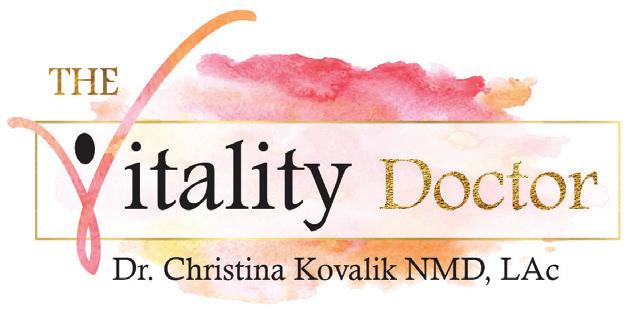
Rob Wilson is the owner (with his wife, Elise) of Timberline Firearms & Training in Flagstaff. They offer a full line of firearms, accessories, safes and ammunition along with Liberty Safes. For more information, visit timberlinefirearms.us.

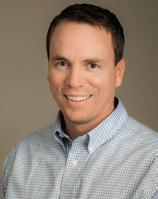

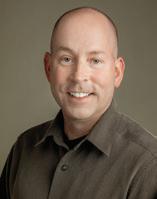 By Christina Kovalik NMD, Lac
By Christina Kovalik NMD, Lac
Cold and flu season is here. Many people are getting sick more often this year, despite normal measures of washing hands and sanitizing. Although those efforts can prevent illness for those diligent and consistent with the habit, some people require natural ways to boost their immunity through cold and flu season. Here is a list of my favorite immune boosters to help shorten the duration of a cold, flu or virus. It can also be used for preventative enhancement.
1. Do the wet sock treatment. Take a thin pair of socks, get them wet with cold water, wring them out well. Put the wet socks on your feet and then put a thicker drier pair on top. Go to bed, in the morning the socks will be dry. It is a hydrotherapy technique that can be done nightly to boost your immune system when you are sick or as preventative. It helps with improving your energy levels the next day and can help you get better faster. This treatment is great for any
age – in babies through elderly. You can also add some immune boosting essential oils to the bottoms of your feet such as thieves blend.
2. Rotate antiviral herbs. Oil of oregano, grapefruit seed extract, Monolaurin, power mushroom blends, immunoberry, Umba care, immune wellness formulas or Immunocaps are combinations that are powerful immune modulators. You may have noticed that many immune herbs are hard to find or may be backordered because of the high demand and production of herbal combinations since COVID. You can take once or more daily for one to two weeks and then rotate to a different herb as preventative. If you are not well, increase to four times per day. Some herbs may be contraindicated during pregnancy or may interfere with medications, so consult a physician before starting.
3. Take your vitamins. Quercitin 250mg-1000mg, Vitamin D (5000-10000iu daily), NAC
(600mg twice daily) Zinc 20mg per day, Beta-carotene 150,000iu daily, and Vitamin C- 2-3grams (2000-3000mg in divided doses to bowel tolerance) can help ward off viruses, boost the immune system and shorten the duration of a cold or flu. Make sure to consult your naturopath if you are on multiple medications or are pregnant to adjust dosing.
4. Take a good quality probiotic. Not all probiotics are the same! Taking 10 to 50 billion/capsule of a good quality probiotic and prebiotic can keep your good gut bacteria and your immune system happy.
5. Drink cayenne lemon honey tea. Squeezing half to a whole lemon in hot water with a pinch1/16tsp cayenne pepper and honey to taste will help ease a sore throat, cough or phlegm. It can also be a great source of vitamin C. You can drink it one to four times per day as needed. (Not a fan of cayenne? Use cinnamon or ginger.)
6. Practice mindfulness and med-
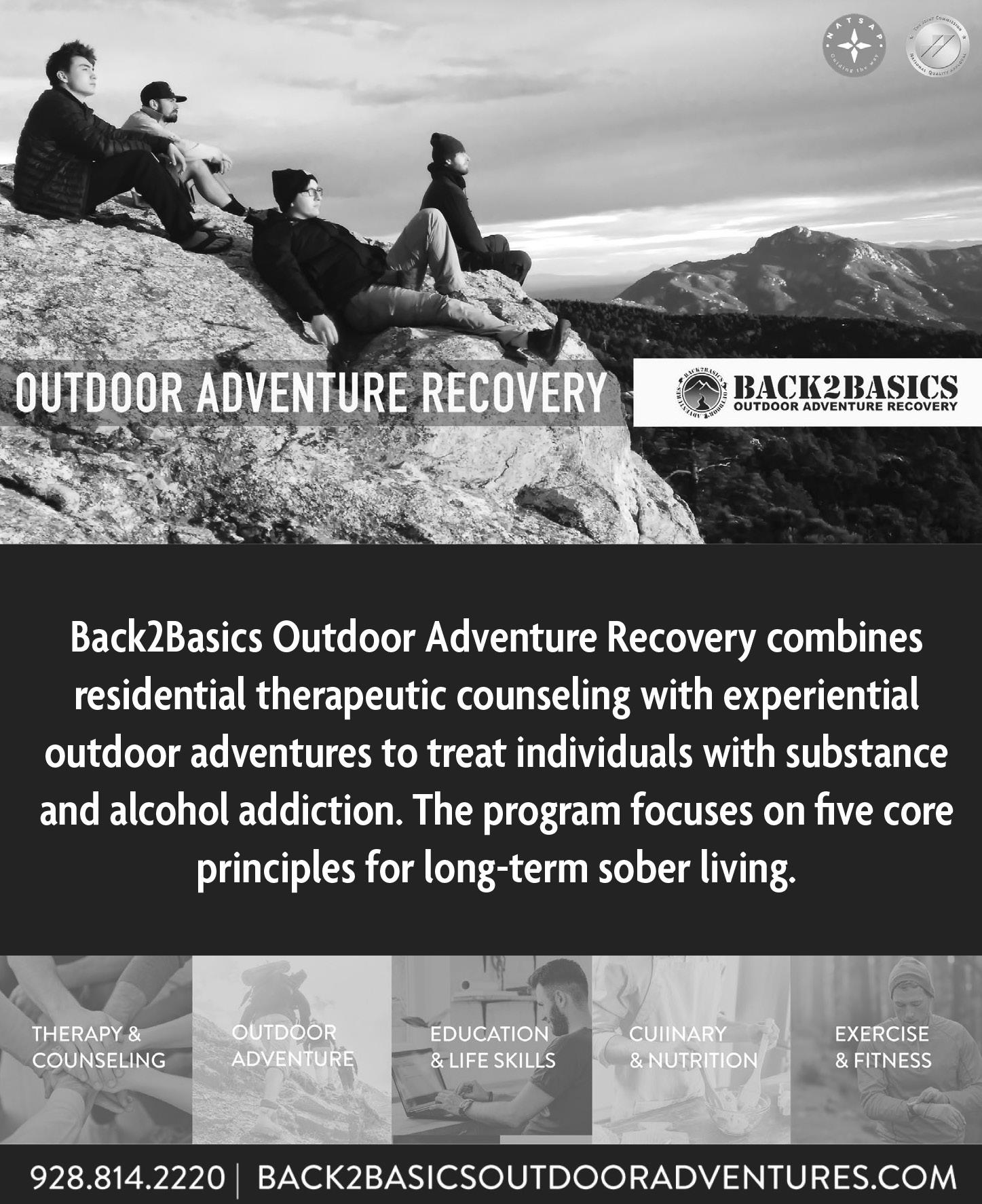

itation daily. It will help calm you, reduce anxiety, boost your immune system and help you create a more optimistic outlook on life. Download a free meditation app like Calm, Insight timer or Brain.fm.
7. Use a Far-infrared sauna/mat therapy for 20 minutes. Infrared heat penetrates the cells and promotes healing, reduces inflammation and pain, boosts the immune system, improves lymphatics and detoxification and can promote fat loss. It can be a challenge at times to bask in the sun in the winter in Flagstaff so a sauna or warming mat may be more practical. The Infrared warming mat can be used during acupuncture sessions to give even more of an immune kick.
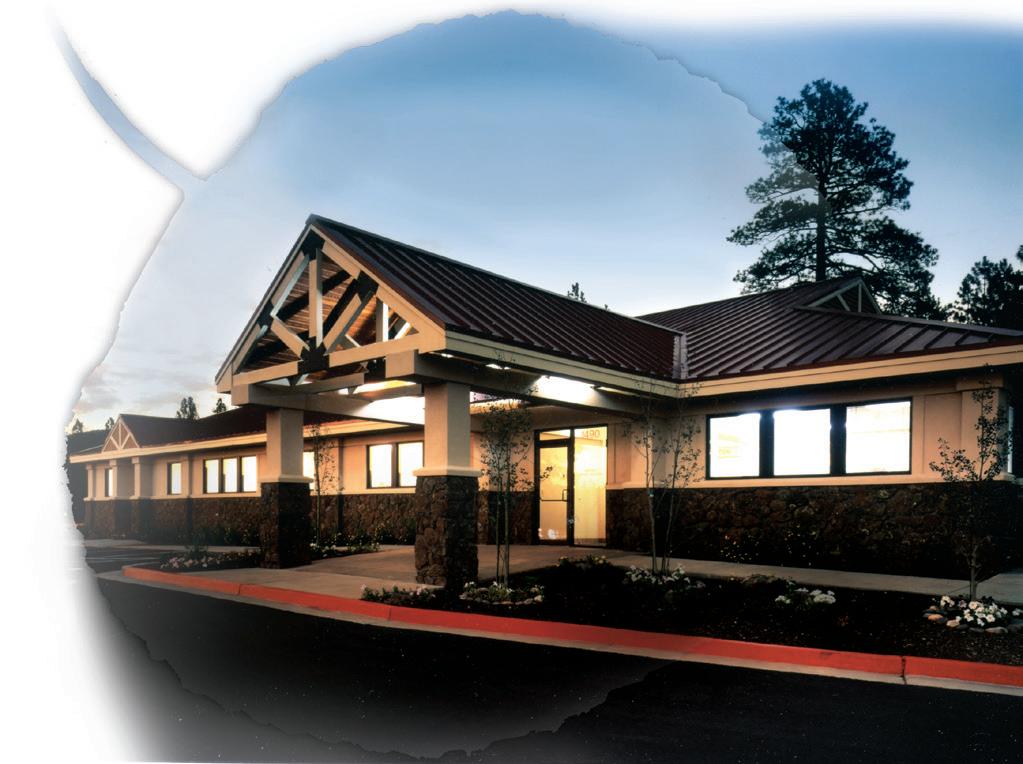
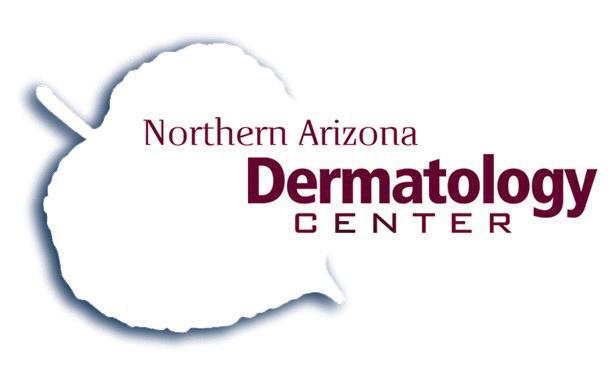
8. Get regular acupuncture and cupping treatments. Acupuncture is great at boosting the lung qi or energy that keeps your immune system strong. It can treat many
aliments such as headaches, sore throat, allergies, sinus congestion, hormone imbalance, depression, anxiety, stress and pain. Acupuncture in conjunction with cupping are great at opening up the lungs if you have a cough as well as relieve any back tension or reduce stress.
9. Get some IV nutrients. The Myers Cocktail is a power-packed vitamin punch to knock out an infection or boost your immune system. It can be combined with B vitamins, glutathione or NAD shot to increase antioxidants to your system. It can shorten the duration of a cold, flu or COVID virus and decrease whole-body fatigue after infection. FBN
Dr. Christina Kovalik NMD, LAc, The Vitality Doctor, is a naturopathic physician and acupuncturist specializing in hormone optimization, optimal health and vitality. She is a new Flagstaff resident, practicing since 2004, and opened her second location in Doney Park in 2020. For more information, visit thevitalitydoctor.com or call 928-863-6086.
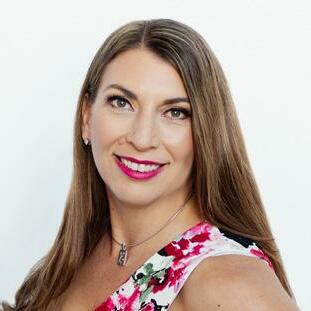
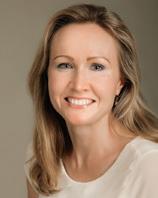

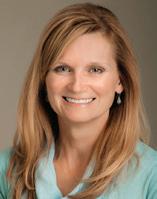
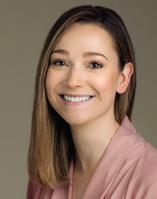
Flagstaff is a small mountain town that is both a tourism and education hub of Northern Arizona. Increasingly, there have been a flood of implants from all over the country, which has further contributed to the diversity and growth of this community.
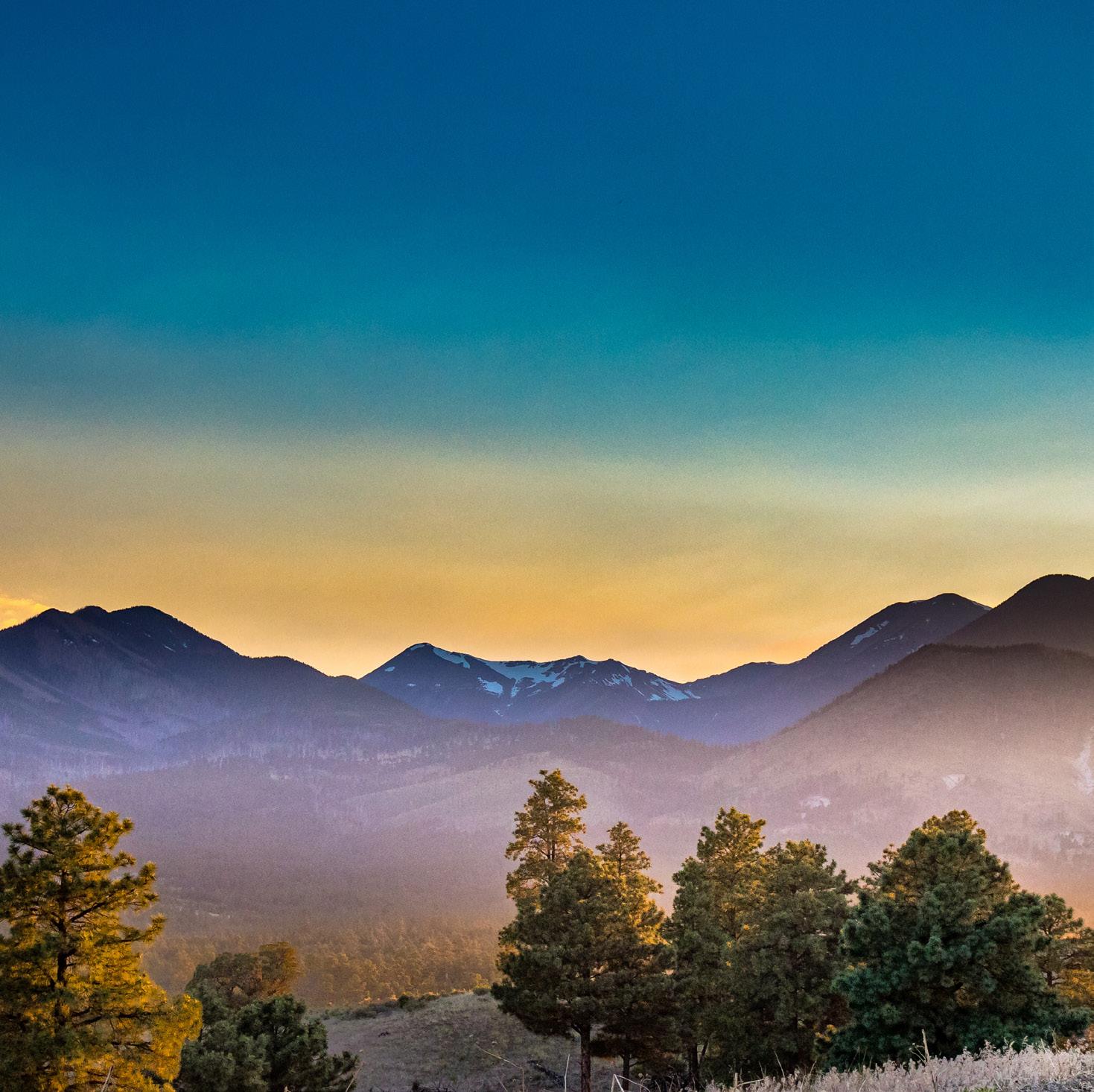
Census data from 2020 shows the population here is 76,832 and growing at a rate of 1.41% annually. From the 2010 Census to 2020, Flagstaff gained 10,961 people. These numbers are not necessarily considered astronomical, but comparing the numbers with all of
the surrounding areas to include all of Coconino County, it is definitely a huge change. As of 2021, Coconino County’s population is 145,052. By 2030, Coconino County’s population is projected to be around 154,380 and just Flagstaff at around 81,994. These numbers should give people a good idea that the growth of the area will not be slowing down any time soon.
So, the big question becomes, what happens to housing? How will people be able to afford buying a home? Historically, houses have appreciated on average 2% to 3% per year; however, from 2020-2022, appreciation for
For the seller, you may already have a trusted friend or relative who is a local real estate agent. Don’t be shy about picking their brain on the current market or asking questions about how you can save money when you’re ready to put your home on the market. //
Arizona was 71.7% for the last three years. We did have a significant decrease in home sales in 2022 from previous years. However, home prices are not expected to depreciate until sometime in 2023 (and no one knows by how much). Most people want that crystal ball to tell us whether we should buy or sell. They want to buy low and sell high. But with Flagstaff being such a unique market, I do not see much of a dip in the market. This is not necessarily good or bad news. For affordable housing, it is not great. For current homeowners, this is incredible.
For the buyer, I recommend getting with an experienced lender. Don’t be afraid to ask questions about assistance programs. There are some really good resources out there for first-time home buyers, veterans, educators and those in the medical field. In Flagstaff, there is CHAP (Community Home Assistance Program), which provides help for down payments and/or closing costs.
Another program is EAH (Employer Assisted Housing) that might be able to help with financial matching for City of Flagstaff employees. It wouldn’t hurt to call your employer’s HR department to see if they have similar programs.

From the top accounting firm to excellence in window coverings, from outstanding chiropractic care to extraordinary auto dealers, now is the time to let your voice be heard about the best local businesses in the Flagstaff region. At Flagstaff Business News, the team is thrilled to once again honor these hard-working companies that focus on customer service and the delivery of quality materials, products, information and support.
“We are thrilled at the level of community participation we are seeing for FBN Best of Business 2022,” said Publisher Amy Bix. “It is fantastic to see customer and client appreciation for the many hard working and well-deserving local businesses.”
Best of Business is the only awards platform of its kind in the region. The more than 100 categories include construction trades, home building suppliers, interior design, gun shops, hospitality, marketing, housekeeping and real estate agents, among others.
To cast a vote, go to FlagstaffBusinessNews/BestofBusiness. The deadline is Jan. 15. Winners will be announced in the February FBN issue. FBN
Another organization is the Housing Solutions of Northern Arizona. This is a wonderful resource to help educate buyers on several possible options available to them. It is extremely important to know how much (and if) you qualify for assistance, and also how much you are able to prequalify for before spending time and energy on house hunting. Make the first step and get the ball rolling. You have nothing to lose, and everything to gain.
For the seller, you may already have a trusted friend or relative who is a local real estate agent. Don’t be shy about picking their brain on the current market or asking questions about how you can save money when you’re ready to put your home on the market. In my professional opinion and experience, I do not recommend purchasing a home (one of the largest purchases and investments of your life) without a professional. There are so many small details that can make a big impact on the transaction. Trying to DIY the transaction could actually do more harm than good. Plus, with a professional, they have a network of resources at their fingertips. They may even
be able to help you with suggestions to make small changes to your home (a pre-flight checklist, if you will) to best prepare your home for going on the market and even achieve top dollar, depending on the condition of your home.
The best part of being an agent is that as an agent, you can truly help others achieve the American Dream of owning a home. Homes are one of the best resources for the growth of net worth. There is a lot social media, news and propaganda out there that seems to dissuade the public from buying or selling. Seek the guidance of professionals and do extensive research so that you may be better equipped when you’re ready to buy or sell. Finally, always remember that history has shown time and time again that real estate is a top way to increase generational wealth. FBN

According to the Labor of Bureau of Labor Statistics, 16% of the population provided eldercare between 2017 and 2018.
Combine that with one in three people over the age of 65 having a hearing loss, and there is a very good chance you are or will be caring for someone with hearing aids. Hearing care professionals will diagnose the hearing loss and fit the devices. But, once fit, a majority of the daily use and maintenance falls to the wearer. Or, by extension, the caregiver. It is therefore prudent to know how to properly care for hearing aids.
First, take comfort in knowing that
hearing aids are more durable than they appear. This isn’t to say one should play catch with them, but, given the proper respect, the aids will hold up just fine to daily life. Perhaps the most important thing is to not get them wet. Modern hearing aids have the highest IP ratings (resistance to dirt and water). This means they can withstand moderate amounts of sweat, rain, and snow.
Humidity is also tolerable, although it is recommended that a specially-designed dehumidifier be used.
However, if a hearing aid gets soaked (shower, swimming, washing machine), it can cause damage. Bottom line: hearing aids are water resistant, but not waterproof.
It is also important to clean the hearing aids. If the microphones get
//
Caring for a loved one can be challenging. Remember that it does not have to be done alone, even with hearing aids. Hearing care professionals are always willing to repair or clean hearing aids. Even calling with a simple question is always welcome. //
clogged or there is too much wax on the portion inside the canal, the sound will be diminished. Luckily, cleaning hearing aids is simple. A dry cloth or tissue can be used to wipe off any debris, while a brush can be used to keep the microphone ports clear. Ask the provider if you are unsure of the microphone location. In the case of receiver-in-the-canal (RIC) hearing aids, it is acceptable to clean the domes with soap and water. Just be sure to remove them from the hearing aid first and allow them to try completely before reattaching.
One should also be conscious of pets. Animals, particularly cats and dogs, are attracted to hearing aids. Unfortunately, they are not very gentle and can often cause significant damage. If the aids are not being worn, place them in a container out of reach of any critters.
It is possible that, because of vision or dexterity difficulties, the patient may not be able to put the aids on independently. Here are the best methods for putting hearing aids on somebody else, based on style: N RIC: Hook the aid over the ear.
It should sit on top of the ear, between the skull and pinna, with
the wire running down the front of the ear. Grab the wire near the dome and gently insert the dome into the canal. Gently push until it settles into place.
N Behind-the-ear (BTE): These types of aids will have an earmold, which is custom-molded to the patient. Thus, the mold can be easily inserted and then the hearing aid can be swung over the ear.
N In-the ear (ITE): These aids are custom-molded and are contained entirely within the ear. Insert the aid with the battery door facing outward.
Most hearing aids will have indicators to identify the proper ear: red is right and blue is left. If there are no color indicators, the proper ear can usually be determined by holding up the aid and examining the orientation.
It is possible that the individual being cared for is not always with the caretaker. Perhaps the loved one resides in a nursing home. In this case, the staff can be trained to assist with the hearing aids.
Initial training can be done, along with written remind-
ers. When visiting a loved one, the staff can be asked to provide updates on hearing aid use.
Another possibility is that the loved one is sick. If they are admitted to a hospital, it is probably best to hold onto the aids for them, as aids can often become lost in such an environment. The hearing aids can be placed on the patient during visits with family of the doctor, but should be stored at home. If they are transferred to hospice care, it is probably okay to leave the hearing aids with them as a hospice is a less hectic environment.
Caring for a loved one can be challenging. Remember that it does not have to be done alone, even with hearing aids. Hearing care professionals are always willing to repair or clean hearing aids. Even calling with a simple question is always welcome.
Trinity Hearing Center is located at 1330 N. Rim Dr., Suite B in Flagstaff. For more information, visit the website at TrinityHearing.net. Jeff Lane is a doctor of audiology with a passion for improving the lives of others. Dr. Lane may be reached at 928-522-0500 or at audio@ trinityhearing.net

As Flagstaff residents and visitors go about their daily lives working, recreating and enjoying the natural beauty of Northern Arizona, there’s a powerful and steady force working in the darkness making sure the dark skies experience is available to all for this generation and many more to come.








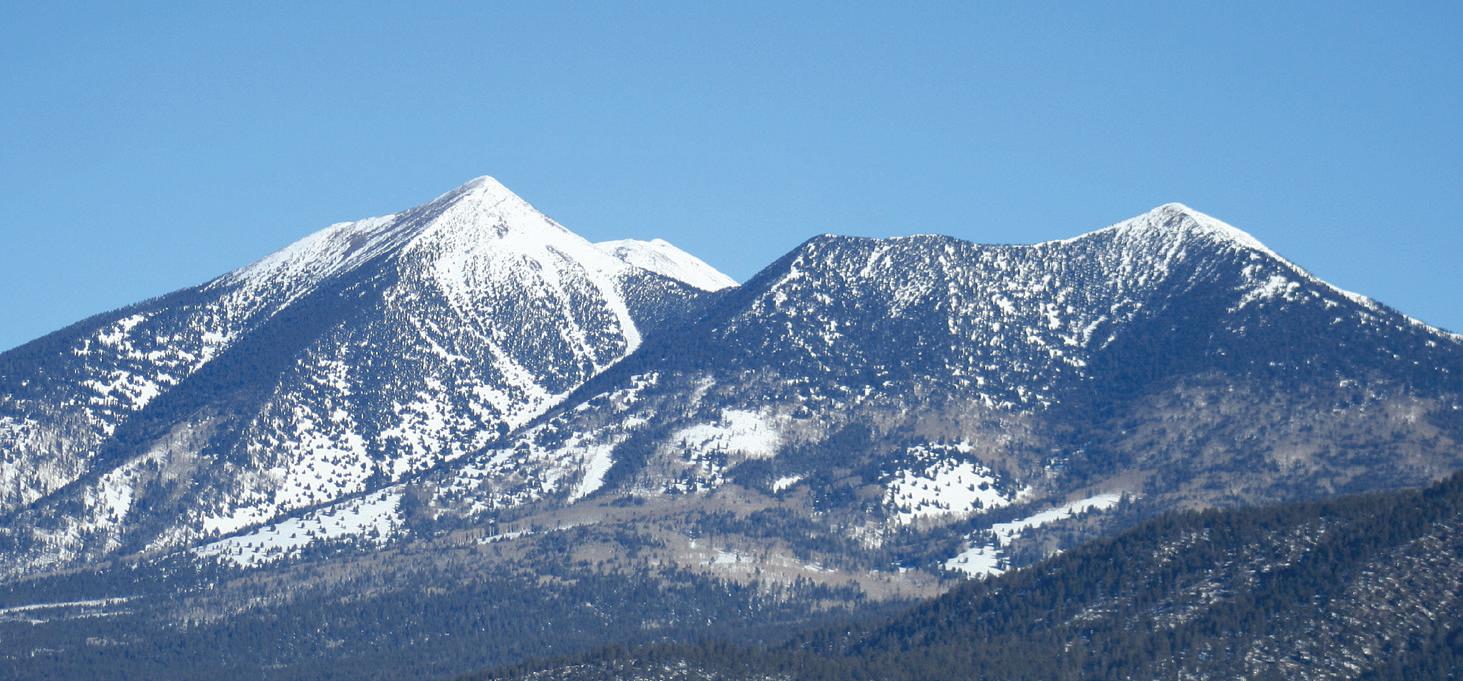
The Coconino Astronomical Society is a local non-profit organization made up of about 80 members that has been around for more than 20

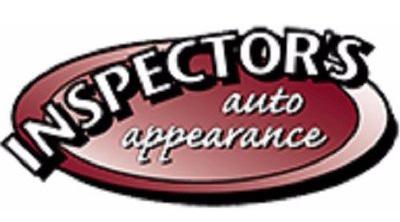


years. Some are professional astronomers, some are retired, some are amateur astronomers and some just love the starry view into the universe, but all are passionate about conserving the dark skies resource.

“Truly dark skies are a rapidly disappearing natural resource that a majority of the world’s population doesn’t get to enjoy and isn’t even aware of until they actually come to a dark skies site like the Southwest or


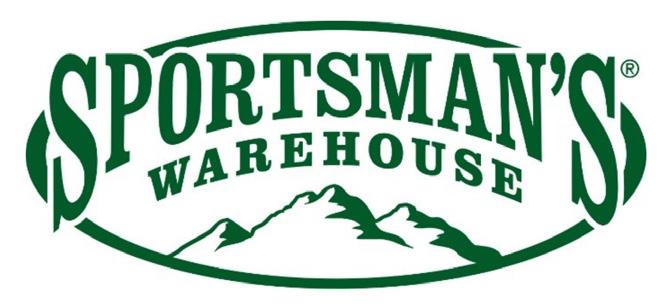
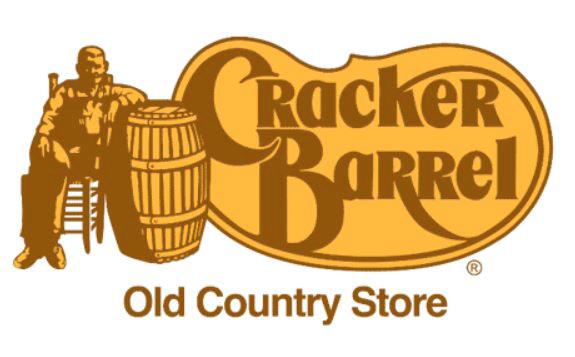

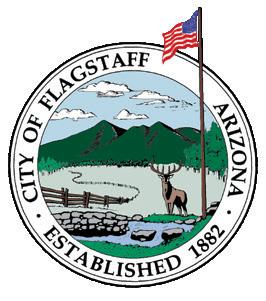


The K-9 cop and his trainer, Chino Valley Police Department Officer Steven Sellers, are doing so well that the department wants another K-9 unit, but that will take more funding and time.
“Being a small town, we always need help with donations. We can use anything, whether it’s dog toys or funding for better training,” said Sellers, noting that individuals can simply walk into the police department to drop off donations.
As the only K-9 officer in Chino Valley, Sellers is on call around the clock. He also lives with K9 Officer Sirius, a 4-year-old Belgian Malinois named after a character in the Harry Potter series, Sirius Black.
Sirius, who came from the Netherlands, is German, Dutch and English. The team has been together two-and-a-half years.
“Sirius was a ‘green’ dog, but I was also a first-time K-9 handler,” he said. “I grew up a dog person and I always wanted to be a K-9 cop.”
Sellers had three months in-house K-9 training with Sgt. Dave McNally. Now, Sirius helps with drug detection, apprehension and tracking.

Sellers also takes Sirius to events at schools so students can meet and pet him. McNally says he has a kind personality and is easy to approach.
“He knows when to turn [the charm] on and off,” Sellers said, referencing the dog’s interaction with suspected lawbreakers.
Sellers loves working with Sirius and sees the dog as a tool to help with law enforcement. He notes one challenge occurs when the two are tracking someone after dark, as Sellers can’t see what the dog is seeing.
“Sirius is my backup and he’s getting better at tracking. He’s an obedient dog.”
Sellers, who grew up in Colorado, has been with the Chino Valley Police Department for more than six years, and has been a police officer for 14 years. FBN
As the only K-9 officer in Chino Valley, Sellers is on call around the clock. He also lives with K-9 Officer
Sirius, a 4-year-old Belgian Malinois named after a character in the Harry Potter series, Sirius Black. Sirius, who came from the Netherlands, is German, Dutch and English. The team has been together two-and-a-half years.
This time last year, it would’ve been difficult to predict the twists and turns our real estate market would take throughout 2022 – the first half and the second half each telling different stories of the same market. The first quarter of the year experienced steady increases in average price, price per square foot and median price. February 2022 witnessed an historic average price for a single-family home in Flagstaff weighing in just shy of a million dollars at $982,134. By second quarter, we began to see some slight fluctuations because of two interest rate increases, but our typical seasonality leading up to summer proved stronger and in April 2022 we experienced an historic price per square foot tipping the scales at $429 per square foot. Then May 2022 we watched our median price for a single-family home jump to an historic $765,000.
By the time we entered the dog days of summer, third quarter exhibited signs of slowing absorption, from 370 homes sold in Q3 of 2021 to only 258 homes sold in Q3 of 2022, translating to 37% fewer home closings – yet inventory was not depleted; thus, the two additional interest rate increases had almost an immediate impact of stalling homes sales. The fourth quarter
median price point diminished each month down to $650,000 in December 2022. However, despite this, the average price bounced around, as did the price per square foot.
Now, if we look at the totality of 2022 and compare that to 2021, we have had an extraordinary record-setting year by all accounts, barring number of homes sold – which dipped down to 864 homes rolling back to the 2014 rate of absorption for the year. During 2021, there were 1,186 single-family homes sold, which is 322 homes fewer than 2022 and just shy of the historic high of 1,305 homes sold in 2020. What this means is demand has weakened and if interest rates continue to increase, this may be an ongoing trend.
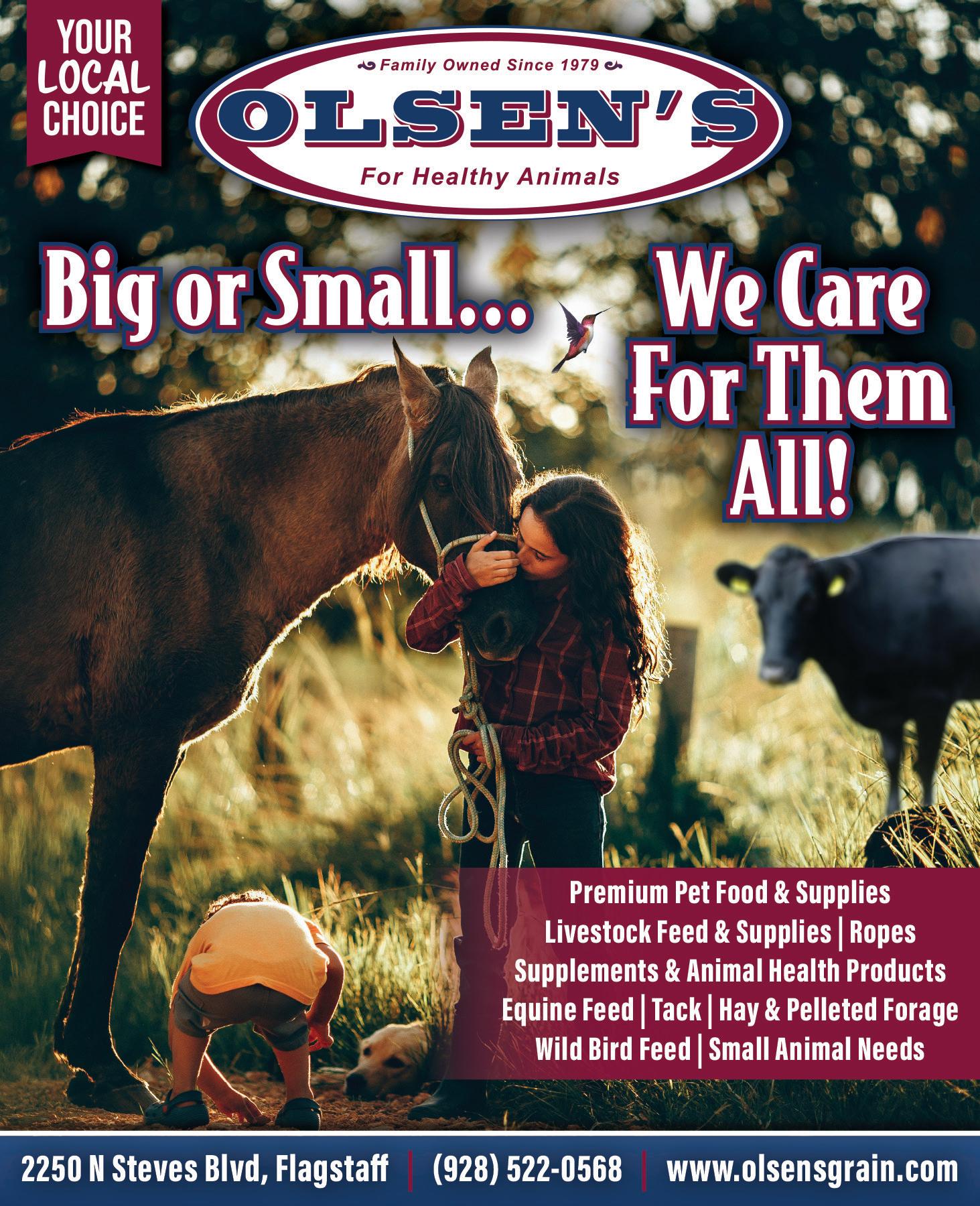
All other 2022 statistics are positive, including a 15% jump in average price of a single-family home increasing $110,149 from $740,548 in 2021 to $850,697 in 2022. The average price of a condo/townhome leapt 17% or $70,750 from $420,420 in 2021 to $491,170 in 2022. Interestingly enough, the price per square foot grew much more this year – from $291 in 2021 to $364 in 2022 totaling at least $73 per square foot more than in prior years. Part of the reason being the new multi-million-dollar condos built and sold in Pine Canyon; the other part of the equation simply being the lower entry level price point spurring demand and competition for attached product.
Median price for a single-family
home increased $102,000, or 17%, from $610,000 in 2021 to $712,000 in 2022. This is a historic high median price in Flagstaff, which has more than doubled from $340,000 in only seven years since 2015. What this means is that a single-family home costs twice as much now as it did then, yet salaries have not doubled during the same time period. Although most of us protest the interest rate increases, one impact it will have is tapering price appreciation to a more sustainable rate, which is great news for buyers.

A crystal ball can predict home price appreciation with almost as much accuracy as a meteorologist can predict a winter snowstorm.
My thoughts are that the tale of two markets will continue to mirror the second half of 2022 into 2023 and beyond, with hope that there are no further interest rate increases. Cheers to an incredible 2022 and here’s to a healthy and prosperous 2023 for all! FBN
Lori Anna Harrison is a Flagstaff native and 19-year real estate veteran commencing post graduate school with Shea Homes. Harrison is a full-time licensed REALTOR with Zion Realty, LLC. Call her today at 928-396-5851 or text 602-524-5674, email lori@ AZdreamlifestyle.com and visit AZdreamlifestyle.com
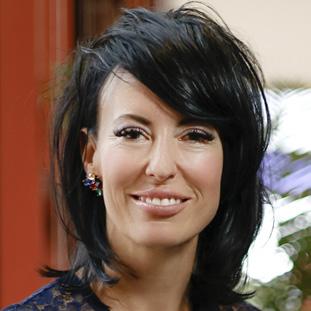
Bonnie Stevens' Communication Station is delivering a refreshing, engaging and inspirational vodcast (video podcast) that features Northern Arizona businesses, outdoor adventure and leadership tips twice a month. Zonie Living is sponsored in part by Flagstaff Business News Go to https://starworldwidenetworks.com/shows/bonnie-stevens
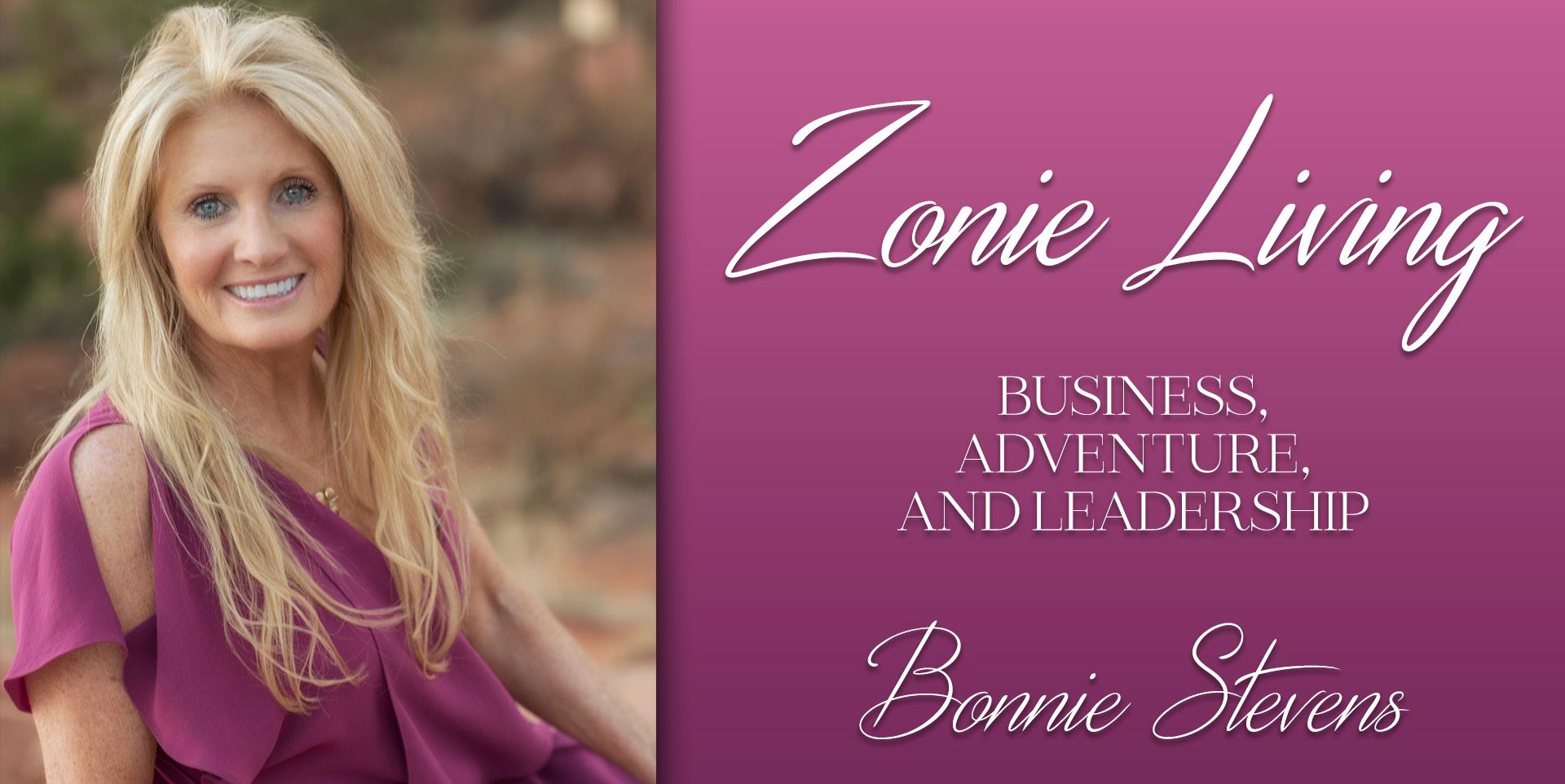
worry thoughts with positive affirmations. Pay attention to what you are saying because our subconscious mind is always listening.”
She teaches the power of self-affirmations. For example, she helped one client rephrase what she had been repeating to herself. Instead of “My life is just chaotic,” her self-affirmation became, “My life is busy and challenging and I’m up to it!”
Today, she is living her life’s purpose as a Board Certified Hypnotherapist, Certified Medical Support Hypnotherapist and facilitator in Neuro-Linguistic Programming with advanced training in trauma recovery, pediatrics, geriatrics, pain control, past life regression therapy, weight loss and smoking cessation. As a certified medical support hypnotherapist, she treats hypertension, irritable bowel syndrome, overactive bladder, anxiousness and depression, and many other conditions. In addition, Powell brings more than 40 years of experience as a Registered Nurse to her practice. She also was a hospice nurse for 30 years. This fall, she moved her Phoenix-area office, Joyful Life Hypnotherapy, to Tehachapi, California, where she provides sessions for many of her clients over Zoom, as well as in person.

One of the tools she uses is regression into past lives. She says these sessions help people understand where some of their false and limiting beliefs,
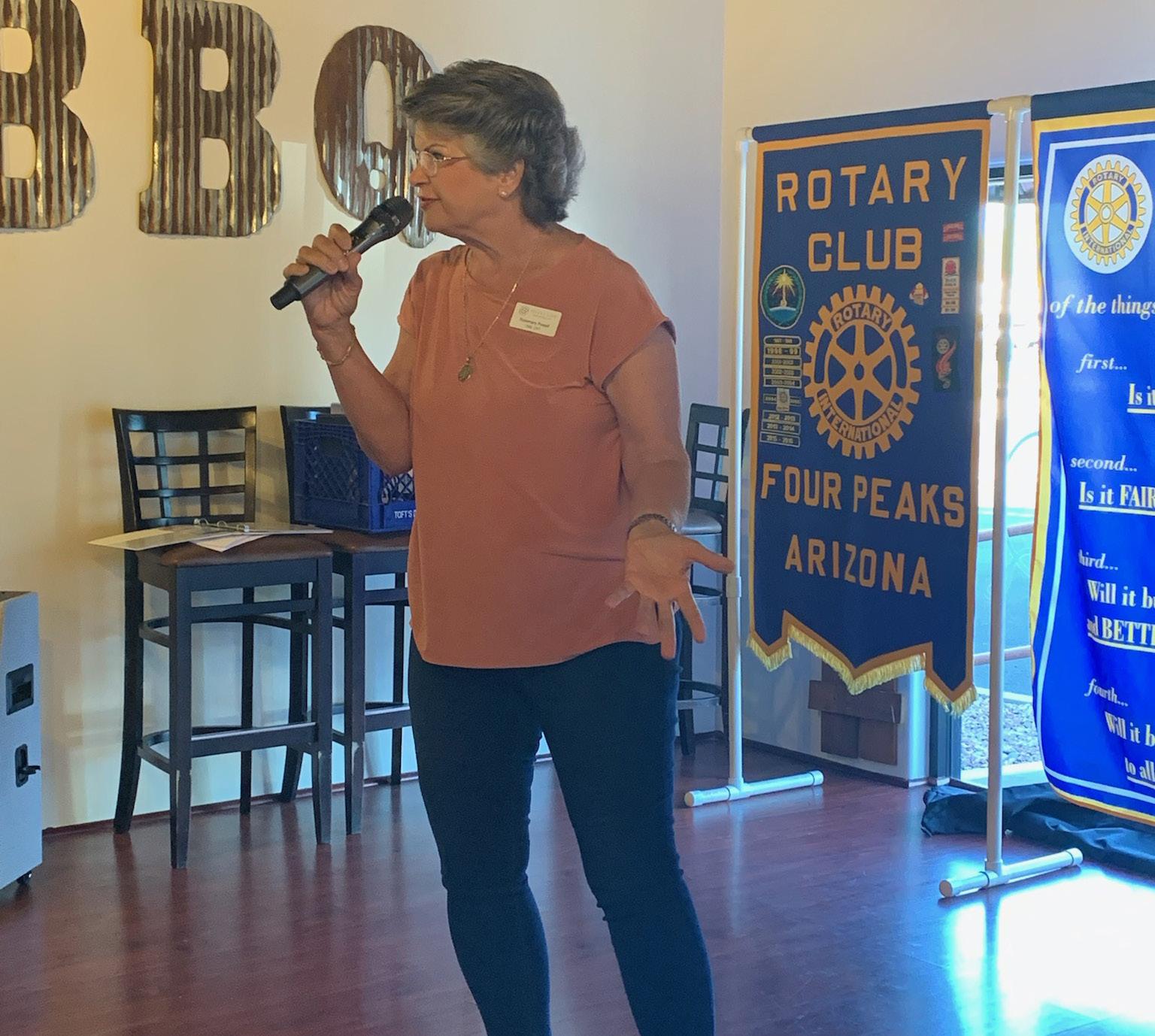
destructive thoughts and old habits or patterns come from. In the case of Gloria from Fountain Hills, she guided her into the future.

Gloria is a terminally ill cancer patient who came to Powell because she is afraid of dying and also is in a lot of pain. “With the power of our subconscious mind, we can reduce and, at times, eliminate pain,” said Powell. “When guided into trance, Gloria learned and could see that as she died and crossed over, her death was going to be a pleasant, joyous experience. She was no longer afraid of dying.”
“She treated me with hypnosis and I feel wonderful,” said Gloria. “I want to be her best friend. That’s how wonderful she is.”
Powell says she loves doing hypnotherapy because of how profoundly it helps people and how rapidly it helps clear negative thoughts and experiences. “I am living my life purpose, which is to bring joy and to help other people improve their lives.” FBN
To find out more, visit JoyfulLifeHypnotherapy.com or call Rosemary Powell at 661-238-9154.
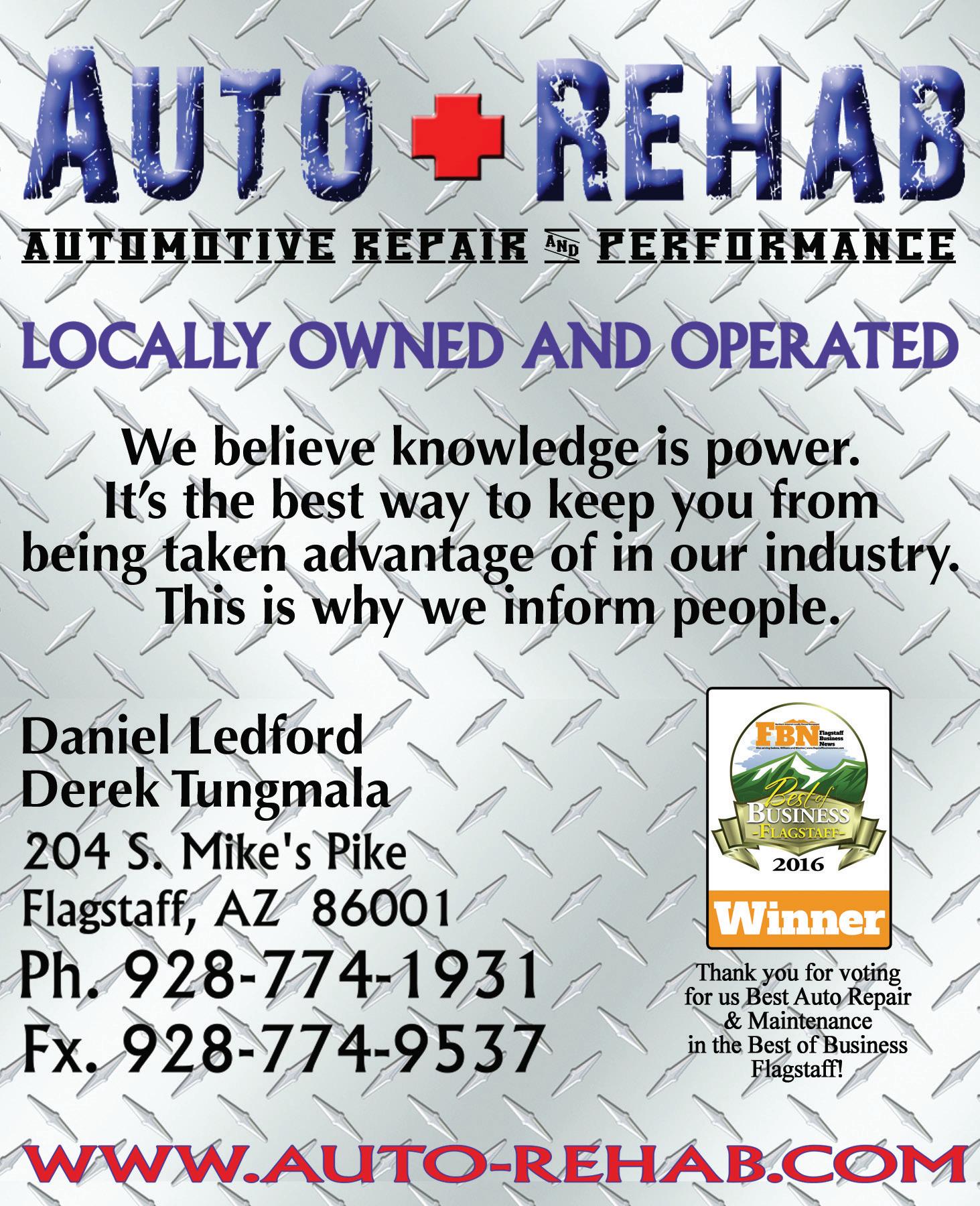
For a guided meditation and to hear more from Powell, watch Zonie Living at StarWorldWideNetworks.com/shows/ bonnie-stevens
By Terry Baker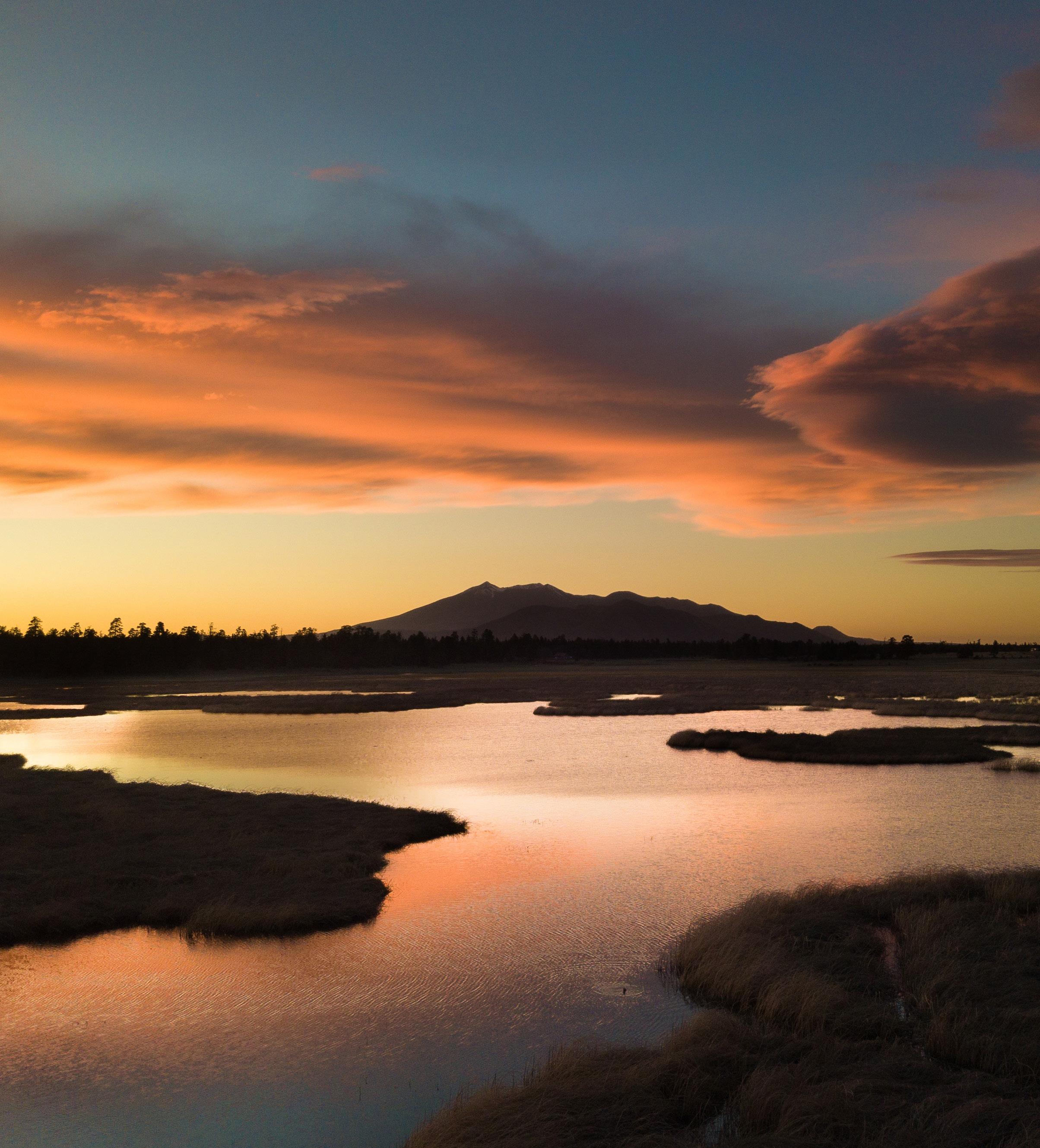
the 10-room Olivia White Hospice Home opened in 2002. Today, it serves up to 250 terminally ill patients each year. Former Northland Patient Care Director Frances Gurley said, “Her biggest dream was getting the Olivia White Hospice Home done, and I think that’s what she had the most pride in.”
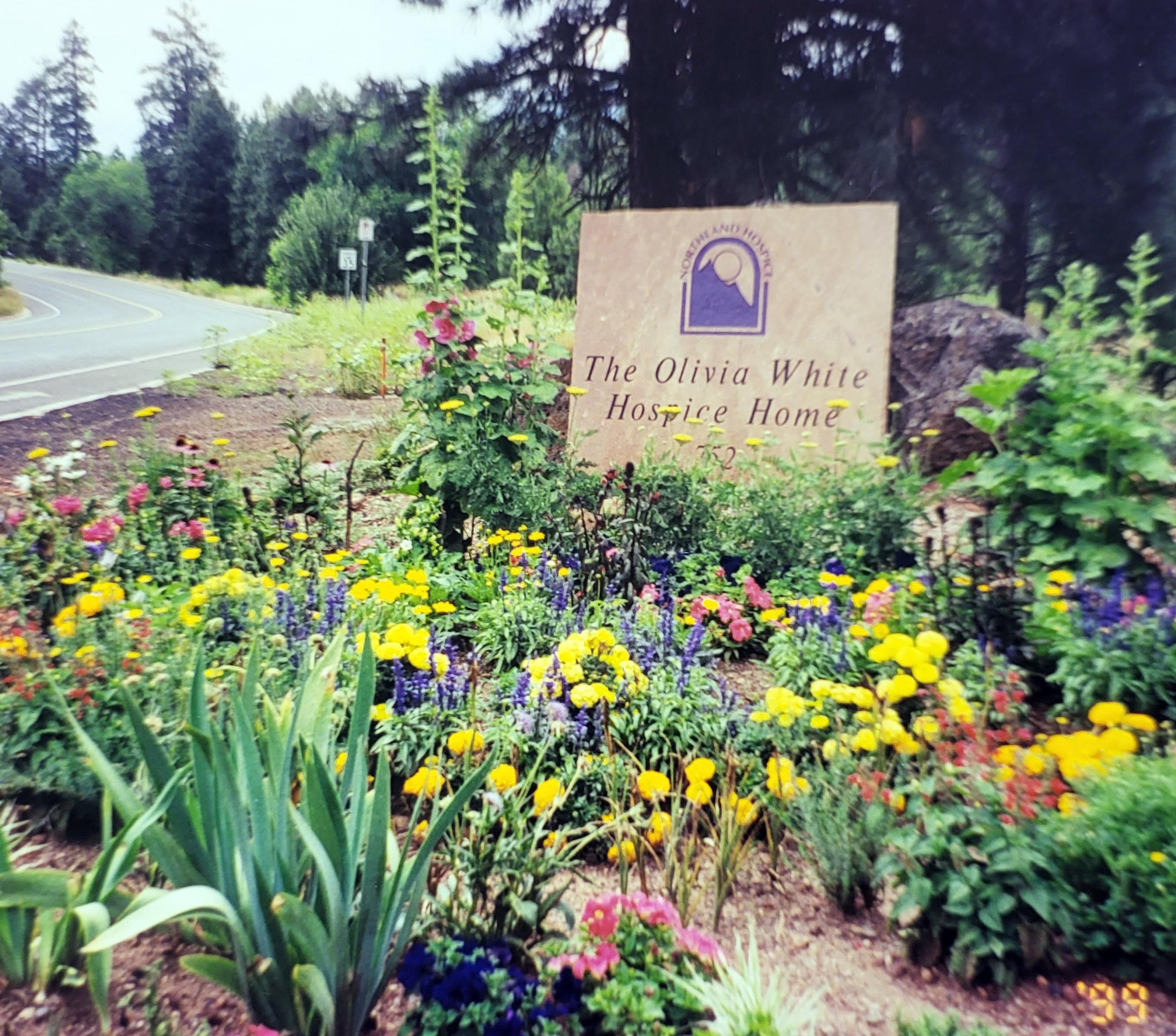
An important guiding principle that Pate insisted on was that the facility, like the rest of Northland’s programs, be open to anyone, regardless of their ability to pay. “There’s a beauty in the equalizing of that,” said Sheldon-Scurlock. We are all born, we all die, and the idea that they don’t have a [financial] hurdle to overcome at the end is gratifying.”
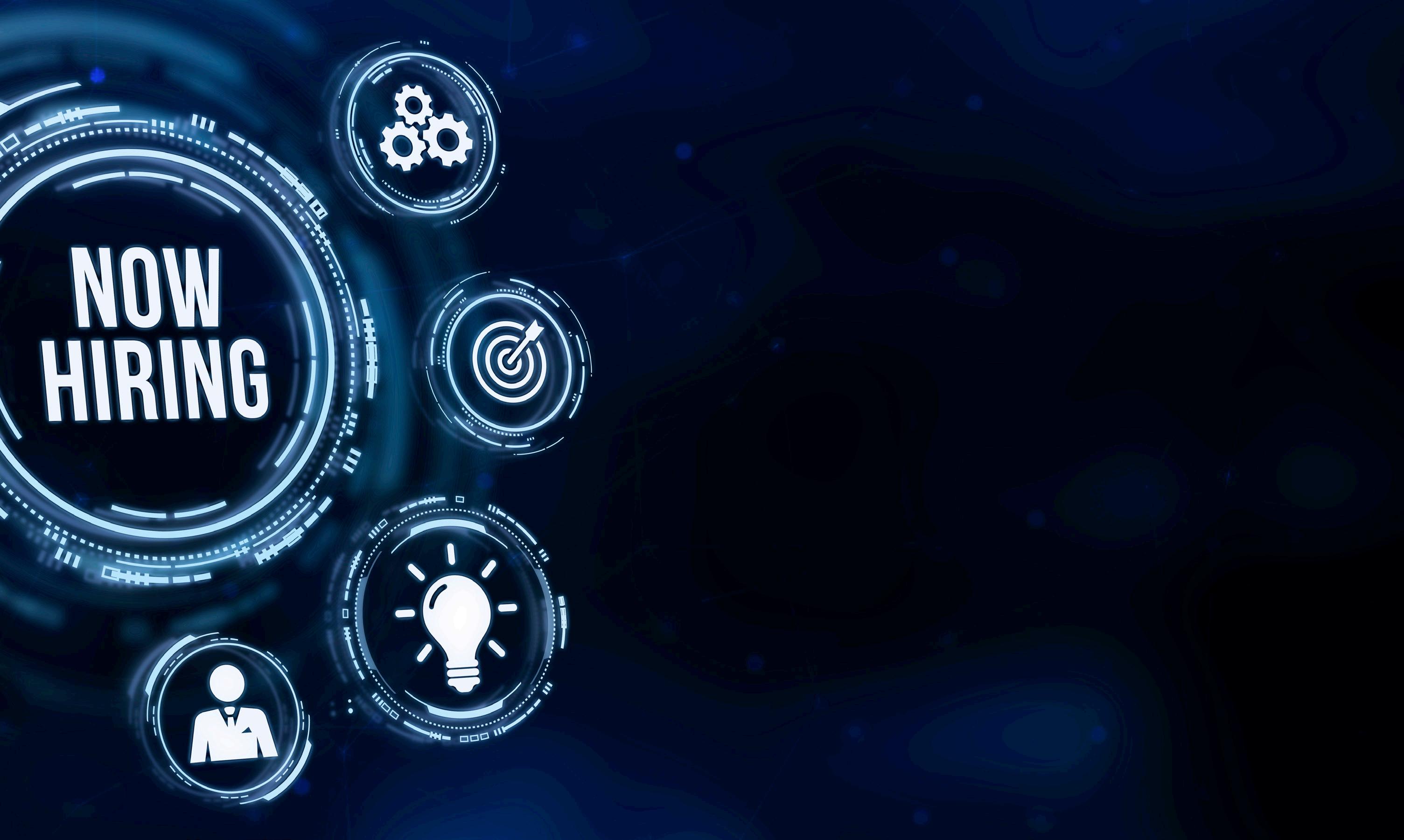
This openness to everyone continues today. “We don’t take people because they can pay, we take people who are in need of having a place to be,” said Simmons. For those who don’t have the financial means, expenses are covered by a wide variety of grants and donations to Northland Hospice.
Thanks to the vision of Marilyn Pate and the support of her beloved community partners, Northland Hospice has provided millions of dollars of service to thousands of terminally ill people and their families. “Marilyn really wanted to see that people were able to live the end of their lives the way they had lived the beginning of
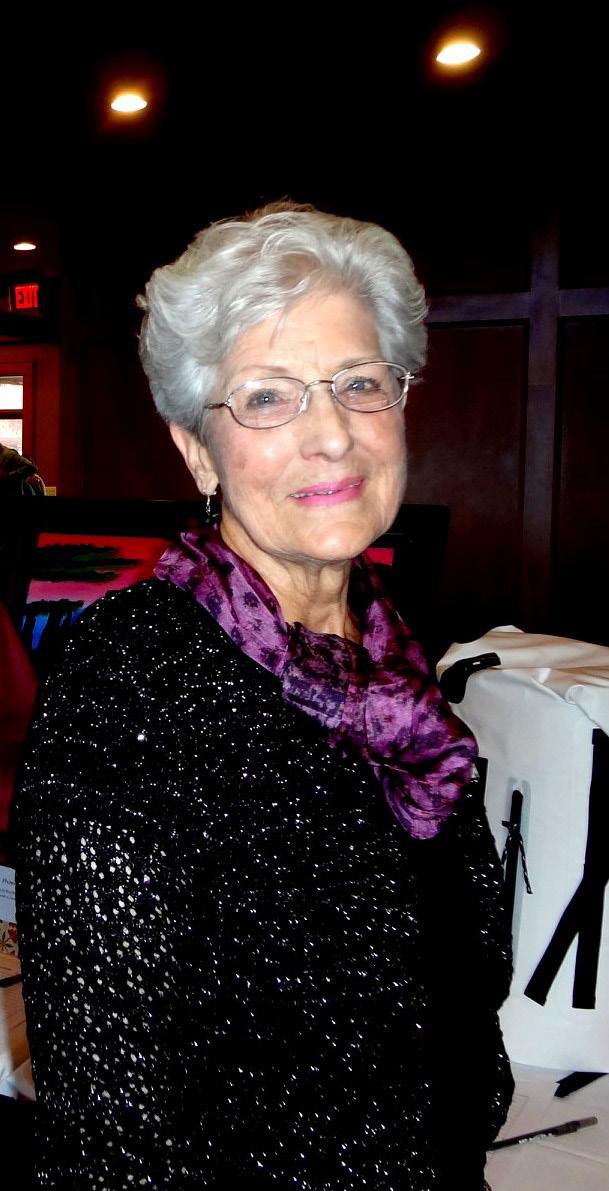
them,” said Gurley. Mission accomplished.
Pate is survived by her husband, William Pate, son and daughter-inlaw Paul and Eva Pate, granddaughter and grandson-in-law Mindy and Sean Lee, and brother and sister-in-law Jerry and Trudy Velting. These and other family members and friends, as well as her cherished Olivia White Hospice House and its parent organization, ensure her legacy will be rich and long-lasting. FBN
seating, and an exhibition space for temporary art. The main artwork, titled Touch home, reach sky, consists of 45 sculptural colorfully painted steel books that lead visitors to the front doors and surround the front porch. Patterns of plants, rail ties, local architectural features, and stars grace the “book covers” and the sculptures have lighting within to create a luminaria-lantern effect at night. We look forward to a grand opening in spring!
A new position was added to the beautification team to expand capacity for more beautification projects like the flowers and pollinator gardens in the historic downtown, Southside and Sunnyside, as well as maintenance for existing public art. The program continues its partnership with Creative Flagstaff to support the arts and sciences non-profit sector with operating and project grants totaling $400,000. FBN
The accompanying 25 bronze medallion plaques, subtitled “Footnotes,” are embedded within the sidewalk adjacent to the fence and provide brief informational text about some of the fence section’s images and stories.
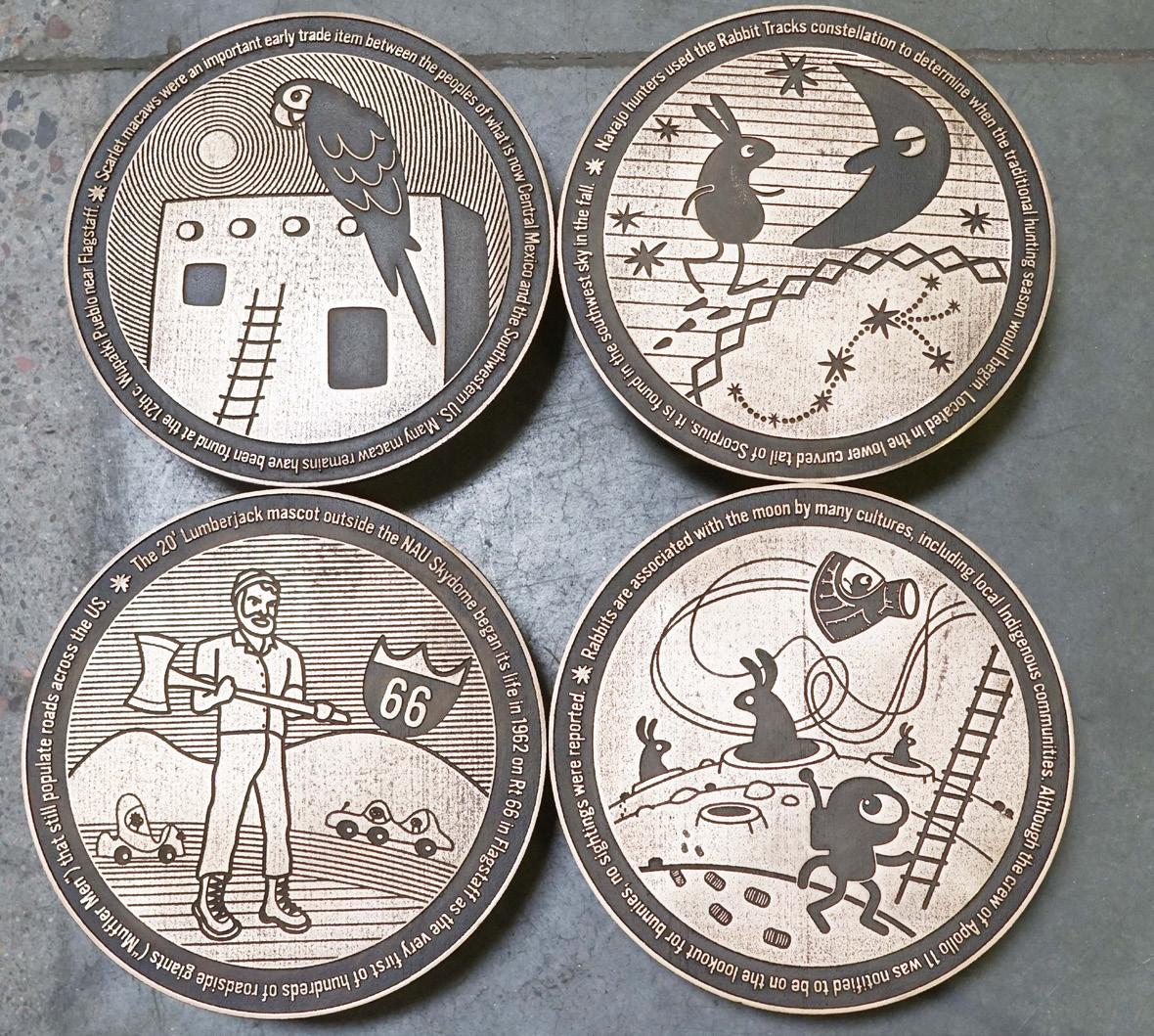
//
•
•
•
•
•
some of our National Parks,” said Klaus Brasch, a retired Cal State biology professor and amateur astronomer. “When they do see a truly dark sky like we enjoy, the experience is often emotional and sometimes spiritual as well as scientific. To be in that situation, people often become aware of how small and precious Earth is and how much is out there that most people don’t realize.”
It may surprise residents to know that, like other CAS members, Brasch owns an observatory and several high powered telescopes. In fact, there’s a whole Northern Arizona community of individuals with serious stargazing gear and others around the region who travel here when they can.

For Brasch and other members of the Coconino Astronomical Society, goals include reaching out to the public whenever they can to share information about astronomy and dark skies. The volunteers provide free monthly talks in collaboration with Lowell Observatory about topics such as how to use a telescope, life in the universe, night photography and space exploration.
“We try to seize every opportunity we have to engage the public schools and participate in small star parties, even in the daytime with the use of sun telescopes,” he said. “We talk about how lucky we are to be living in Flagstaff because we have these dark skies that few others in the world can enjoy so easily.”
One of the most visible events that CAS members participate in is the annual Flagstaff Star Party, a free three-night experience each fall in Buffalo Park. The event, hosted and implemented by the Flagstaff Dark Skies Coalition, is largely supported by knowledgeable local telescope hosts who are members of the CAS and often the Coalition as well, who bring their own telescopes and give of their time and expertise to share their love of the universe with residents and visitors of all ages.

“Those who experience Flagstaff’s dark skies for the first time are in absolute awe,” said Brasch.
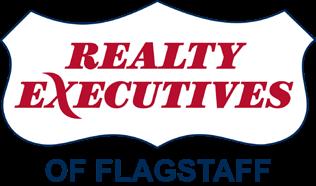

In addition, the Coconino Astronomical Society was supportive in Flagstaff’s 2001 designation as the First International Dark Sky City. “I think the city has become increasingly interested in the dark sky attraction,” said Brasch. “It brings people here from all over the world because they know this is the place to go.”
For an unwavering passion for the universe and a commitment to providing public education and awareness about the dark skies resource, the Flagstaff Dark Skies Coalition applauds and appreciates the enthusiastic efforts of the Coconino Astronomical Society and proclaims this local non-profit organization an important Flagstaff Dark Skies Champion. FBN
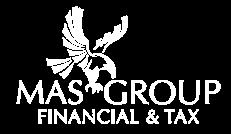
Sheffert says she yields about a gallon of milk a day.
“I have a bar of Goat Milk, Etc. soap in my shower right now. It feels very natural and good for my skin,” said Flagstaff Resident Natalie McNall. “I also purchased some lotion and it moisturizes my skin wonderfully. It’s a great product.”
In her quest to have happy goats, which Sheffert says improves the quality of their milk, she decided to renovate the goats’ habitat and built a durable structure to withstand the hot Cornville temperatures. “I also expanded their enclosure so they have a free-range pasture.”
Increasing the quality of the feed was also important to Sheffert. “I started to feed the goats natural oats, alfalfa and molasses. Happier nanny goats give better milk, which produces better soap and lotions.”
Feeling the burden the pandemic had on teachers and hospitals, Sheffert gave away products to Verde Valley school teachers and nurses at Verde Valley Medical Center and Flagstaff Medical Center (FMC).
“It was so sweet that she gave each of us a lotion here,” said FMC’s Sylvia Goldberg, RN, BSN. “It was a nice pick-me-up. The lotion makes my skin feel like silk and I love the scent.”
“The lotion is so rich you only have to apply it once a day, even in the hot and very dry Arizona climate,” said
Sheffert. “Some of the women who have used my product claim it’s even helped reduce wrinkles.”
Sheffert’s family of goats has increased to 17. “Our herd has grown steadily each year as more nanny goats are adopted and more kids are born. I have 13 extremely pampered goats and a few goats who double as weed eaters.” Sheffert also sells baby goats.
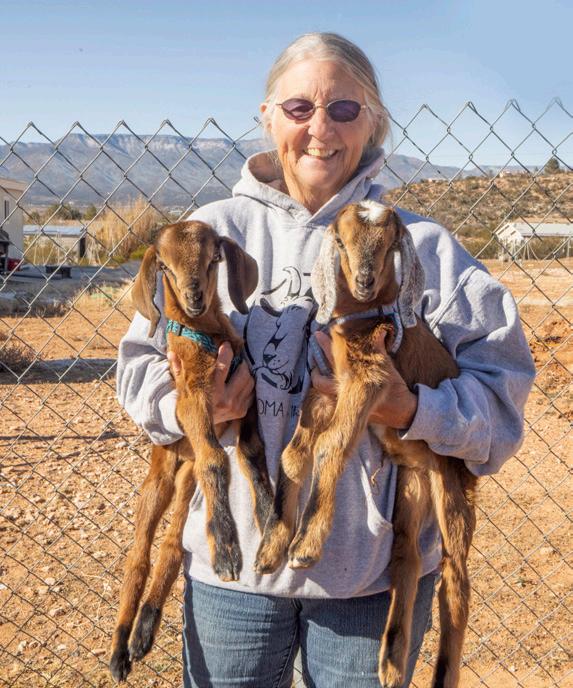
Goat Milk, Etc. products can be purchased online and also found during the spring, summer and fall at various Farmers Markets and outdoor bazaars as well as Looky LuLu’s Antiques and Resale in Cottonwood. Several years ago, she sold her first large order to a distributor in Spain and sells to a few stores in Cali-
fornia, Oklahoma and Indiana. “We are really excited about her product, especially the fact that it’s locally made. We are hoping she will consider selling her products here,” said Camp Verde Ruby Road owner Pamela Bridgnell. “Her molded soaps are really cute.”
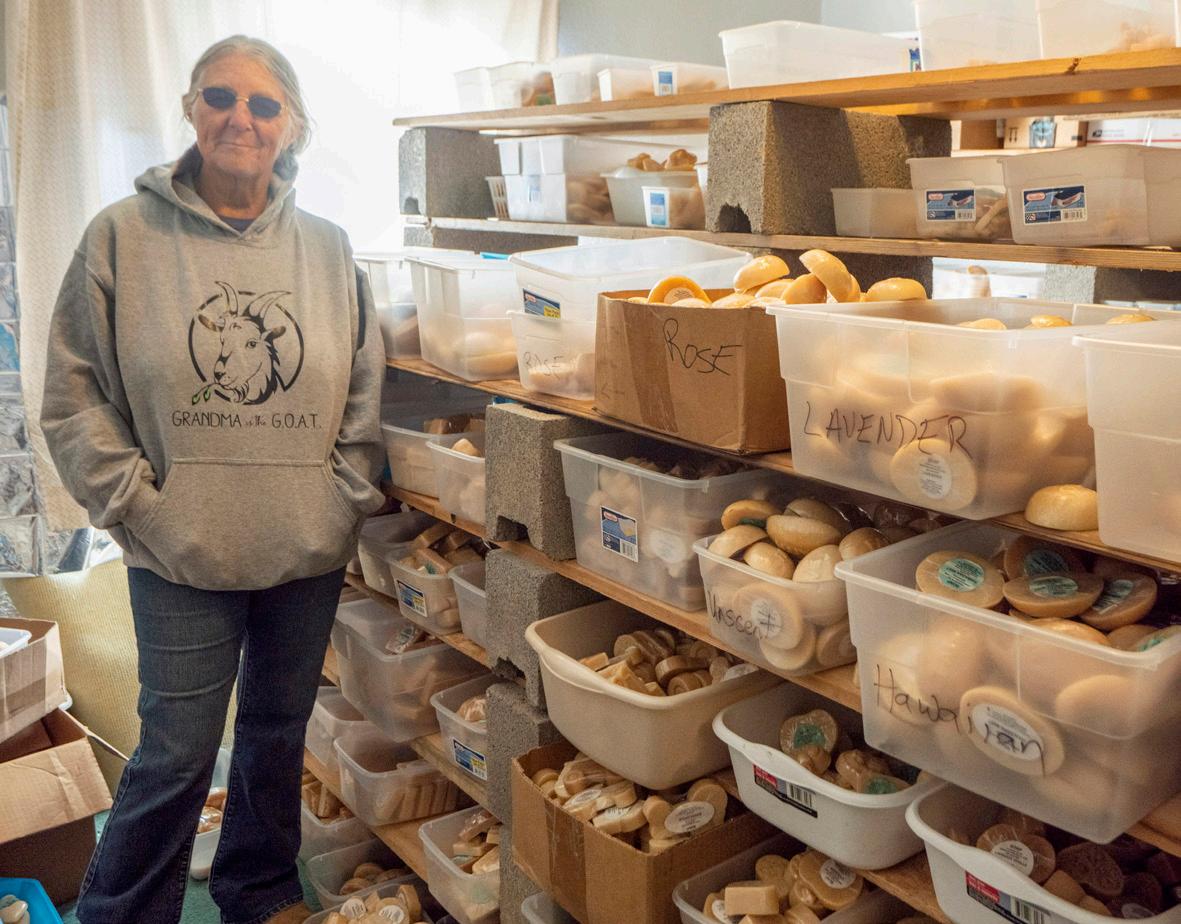

I am inspired all the time. Deodorant was the last formula I created and that was about a year ago. I’m working on a sunscreen.
I really like summer because of the Munds Park Farmers Market.
The movie, “Baby Boom,” played with Diane Keaton was my big inspiration. She bought this farm with all these apple trees and started making baby applesauce. I got this goat and when I started milking her I decided to use the milk to make products. I would have Diane Keaton play me.
I laugh out loud all the time. I laugh when I spill milk, when I am actually feeding the babies and they are
crawling all over me. I am sure my neighbors think I am crazy if they watch me with the goats. The babies probably think something is wrong with me.
I would say to have baby goats, as that keeps me young at heart. FBN
For more information about Goat Milk, Etc., visit www.goatmilketc.com or call 928-646-0165.
include Taiwanese Pork Don, Sono House Noodles, Teriyaki Chicken Don, Oyako Don, Bento Boxes, Salt and Pepper Popcorn Chicken (a bestseller) and the popular Boba tea.
“Salt and Pepper Popcorn Chicken is a very popular street food in Taiwan at night markets,” said Tseng. “A lot of people make it; however, it doesn’t have authentic favors. We believe this is our opportunity for us to introduce the real deal.”
Boba tea became popular in the 1980s and is a milk tea with tapioca balls called Boba.
“Our Boba tea is authentic,” said Tseng. “Our distributor is direct from Taiwan, which is very important to us. We have many comments that our Boba tea is not as sweet as others. That’s because the black tea that we use brings out the flavor. We have 10 options for the Boba tea.”
Born in Bejing, Lu came to NAU as an international student and obtained a degree in computer infor-
mation systems and later earned his MBA. “Before coming to the United States, I was an air traffic controller, as was my wife, LynnLee. After graduation, I worked for Panda Express in Prescott and worked my way to vice president of operations overseeing the East Coast and Canada markets.” Lu has two children, ages 21 and 15, and lives in Flagstaff.
Housed in the prior establishment of China Garden Restaurant, Lu and Tseng knew the previous owners who retired. “We approached them and talked to them about our intentions” at the end of 2021.
Sono Kitchen and Boba employs a total of 14 employees in Flagstaff. “We talk to our employees all the time and we want to help them have better lives,” said Yseng. “We want to inspire them and give them guidance. A lot of young people work hard but they don’t have direction. We want to open up their thinking so they can plan for their life
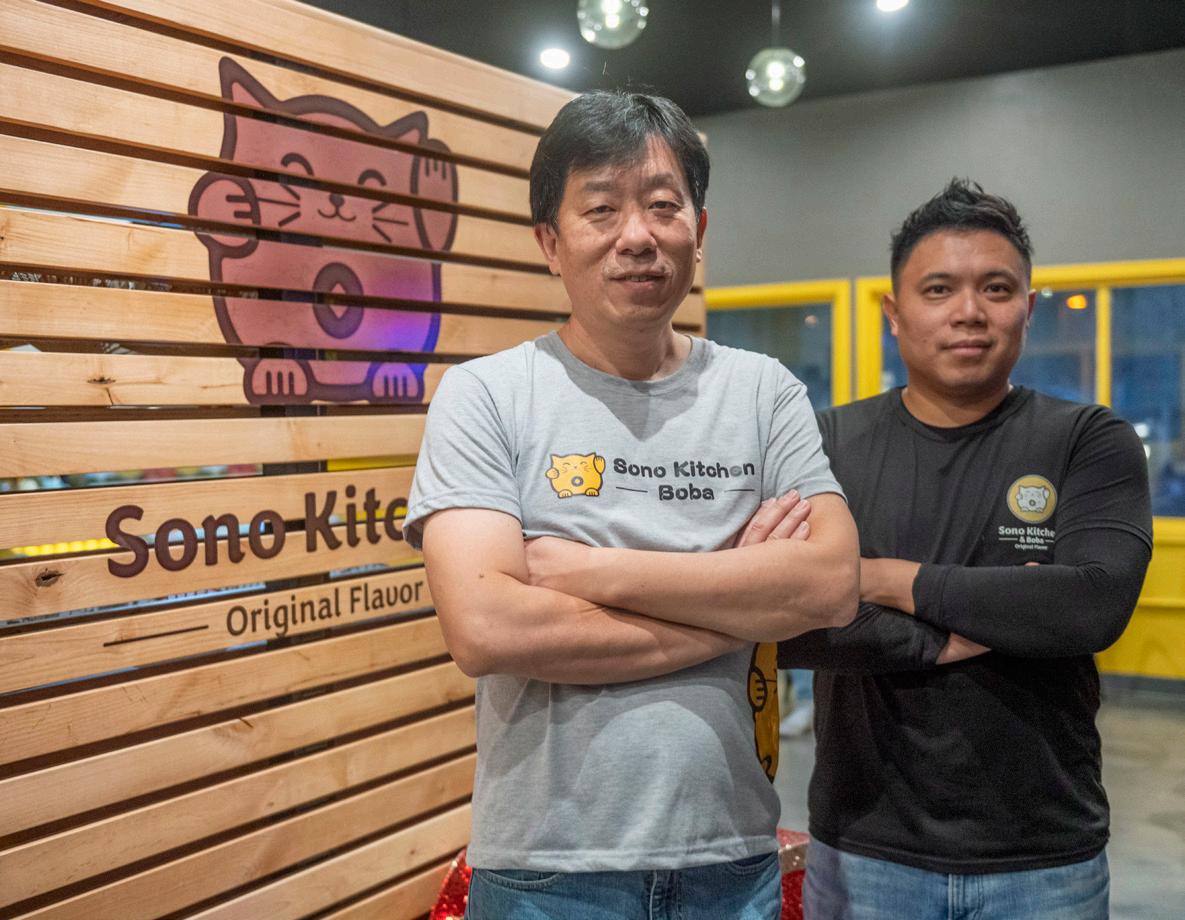
ahead and reach their personal and professional goals.”
“I really like working at Sono Kitchen and Boba,” said NAU Environmental Sustainability Major Amanda Hammer. “I make Boba drinks and run the register. The food is really good, too. As a vegetarian, I’m able to substitute tofu, so it’s great I have that option. Also, during finals, Lu and Jerry gave me time off to study for my finals and I didn’t even ask them. I was so surprised and thankful.”
Down the road, Lu and Tseng would like to grow their concept of Sono Kitchen and Boba and might consider the possibility of extending their brand. “With our experience and expertise, we might consider moving outside of Arizona. We had a couple from Colorado who asked if we were a franchise, as they were interested in buying.”
FBN
Sono Kitchen and Boba is located at 1301
South Milton Road in Flagstaff and 285 Jordan Road in Sedona. For more information,
visit www.sonokitchen.net.

many customers because our shelves have been completely empty of children’s pain and fever medicine,” said Mary Beth Koch, a certified pharmacy technician at Prescott Valley Safeway. “Even with regular medicine, people are having to wait on supplies, sometimes for a month at a time.”


Pharmacist Dr. Sheri Wadhams, co-owner of Wadhams Apothecary in Flagstaff with Manager Jane Blair, dispensed the last of her children’s Motrin on Friday, Dec. 23, and is currently unable to order any more, as wholesale distributors nationwide say it’s not available. “We can’t get certain antibiotics either. We are seeing a lot of sick people. Upper respiratory illnesses in children are going into pneumonia.”
“While we’ve been masked up for the last two years, especially the little ones, we’re not used to seeing the viruses,” said Sawulski. “Society is back in full swing and so are the germs.”
The viral pileup is impacting Flagstaff Medical Center (FMC), as well. “We are certainly feeling the pinch right now as those three viruses converge,” said Northern Arizona Healthcare (NAH) Acting Chief Executive Officer Josh Tinkle. “Through the last 45 days, there’s been a dramatic increase in overall bed demand because of respiratory illnesses. One of the great things about the proposed new hospital is the ability to serve more patients.”
With recent FMC patient levels soaring to heights not seen since the peak of the pandemic, hospital officials say over 5,500 patients have had to be deferred to other hospitals in the Phoenix area or Las Vegas in the last 12 months.
“The majority of those deferrals were not because they were patients we couldn’t take care of from a skill set or acuity perspective, it was because we didn’t have a bed for them,” said NAH Vice President of Construction and Real Estate Development Steven Eiss. “That’s one of
the big driving forces for building a new hospital and planning for future growth expected over the next 50 years.”
Hence, the plan to build a new state-of-the-art hospital, about a third larger than FMC, an ambulatory care center and a premier Health and Wellness Village near Fort Tuthill has been working its way through the City of Flagstaff planning process. It emphasizes healthy lifestyles with space for doctors’ offices, gyms, health food stores, health-focused retail shops, health-centric dining, medical research and development space, a hotel, a housing component for permanent residents and possibly a shared nursing simulation lab in partnership with Northern Arizona University and Coconino Community College.
“When you look at health care from a holistic perspective, it’s not just caring for people when they are sick, it’s planning for overall health, vibrancy and job creation,” said Eiss. As a result, what was zoned as a Neighborhood Activity Center has been bumped up to a Regional Activity Center. “With that comes a more well-rounded approach to community wellness.”
Minor amendments to Flagstaff’s Regional Plan have been approved through both the Planning and Zoning Commission and City Council to accommodate the NAH plans. “We have a Regional Activity Center here for the future where we would expect to see a higher level of density and intensity of land uses, and larger residential and commercial projects located at intersections of key roadways, Beulah Blvd. and Woody Mountain Road,” said City of Flagstaff Zoning Code Manager Tiffany Antol.
The Regional Activity Center has been moved slightly to be directly located where the hospital will be, she says. NAH “changed the area type to the Employment Land Use category for future research and development
and to further increase employment in Flagstaff. The first phase, around 58 acres, will be rezoned to highly commercial and includes just over 31 acres for public facilities to support the open spaces within their development.”
“For the proposed hospital and ambulatory care center, not much has changed programmatically. We have made quite a few tweaks to the planning as far as road network, layout and amenities as we continue to meet with various departments throughout the city, as well as address some of the concerns we’ve heard from the
community,” said Eiss, who expects to break ground before the end of the year on the hospital and ambulatory care center, which is to include physician offices and outpatient services such as imaging, physical therapy, a lab and retail pharmacy. “The main changes include increased density for housing, from 177 units up to about 315.”
The Village’s multifamily housing component will be in the form of apartments or condominiums, intended to help ease Flagstaff’s housing shortage. NAH expects to reserve a small number of those for traveling
staff members. The housing units and some retail space are expected to be built at the same time as the hospital.
Meanwhile, NAH hopes to start attracting health and wellness partners for the Village later this year. “We would like to target a health-focused grocer, retail and restaurant, and a research and development partner to add economic vitality to the region,” said Eiss.
In addition, Tinkle says the new hospital facilities and equipment will allow for certain medical procedures that are not currently done at FMC, such as complex wound and hyperbaric treatment and advanced cardiothoracic surgeries. A comprehensive cancer center is also part of the plan.

Full build-out of the Health and Wellness Village is expected to continue into 2040 and is estimated to generate an additional $387 million per year in economic benefits for Flagstaff and Northern Arizona, as well as $4.5 million in annual tax revenue for local jurisdictions like the Flagstaff Unified School District and Coconino Community College.
“This is an opportunity for Northern Arizona to be a leader in how we deliver and experience health care,” said Tinkle. “This gives us the opportunity to create that experience to have people live their lives in a healthy way rather than in an ill way, and I think that’s what’s most exciting.”

FBN
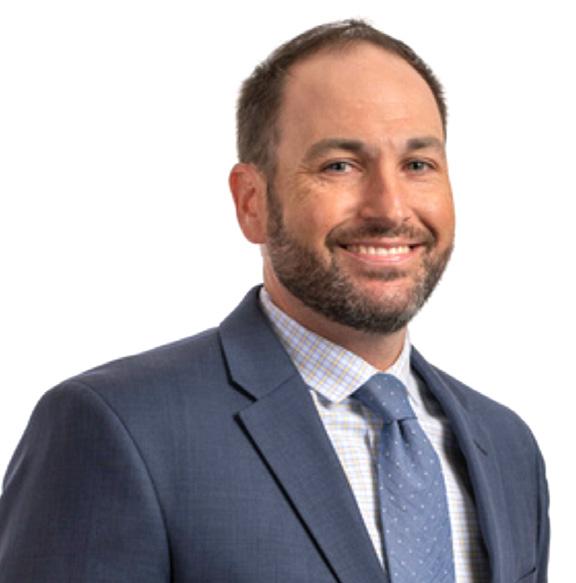
turer of salsas in the Inner Mountain West. “She’s happy, confident, believes in herself and now is earning money to help others who are in the same place that she was. She’s doing marvelous things that she had the capacity to do all along but she had to find someone who helped her and believed in her. She changed her life by changing her self-perceptions and by taking small steps for success.”
Fresh and impactful stories about how individuals have changed their lives – like the Salsa Queen, a career criminal, and a Holocaust survivor –are masterfully woven through Glauser’s book, “One People One Planet: 6 Universal Truths for Being Happy Together,” in which he lays out a path for how to increase happiness and live peacefully on the planet.
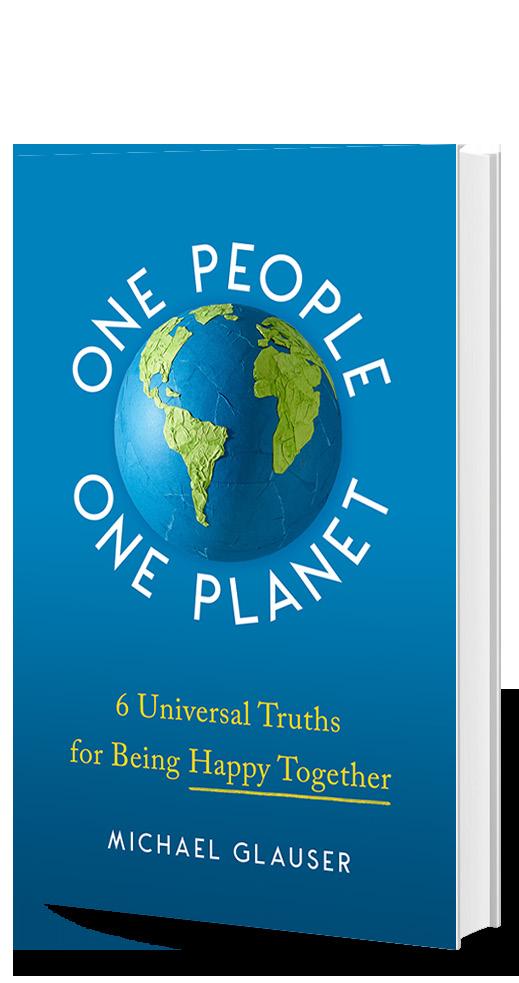
To find these “truths,” the Utah State University School of Business professor sifted through teachings of the world’s largest religions and greatest philosophers, and studied cutting-edge research in the field of positive psychology.
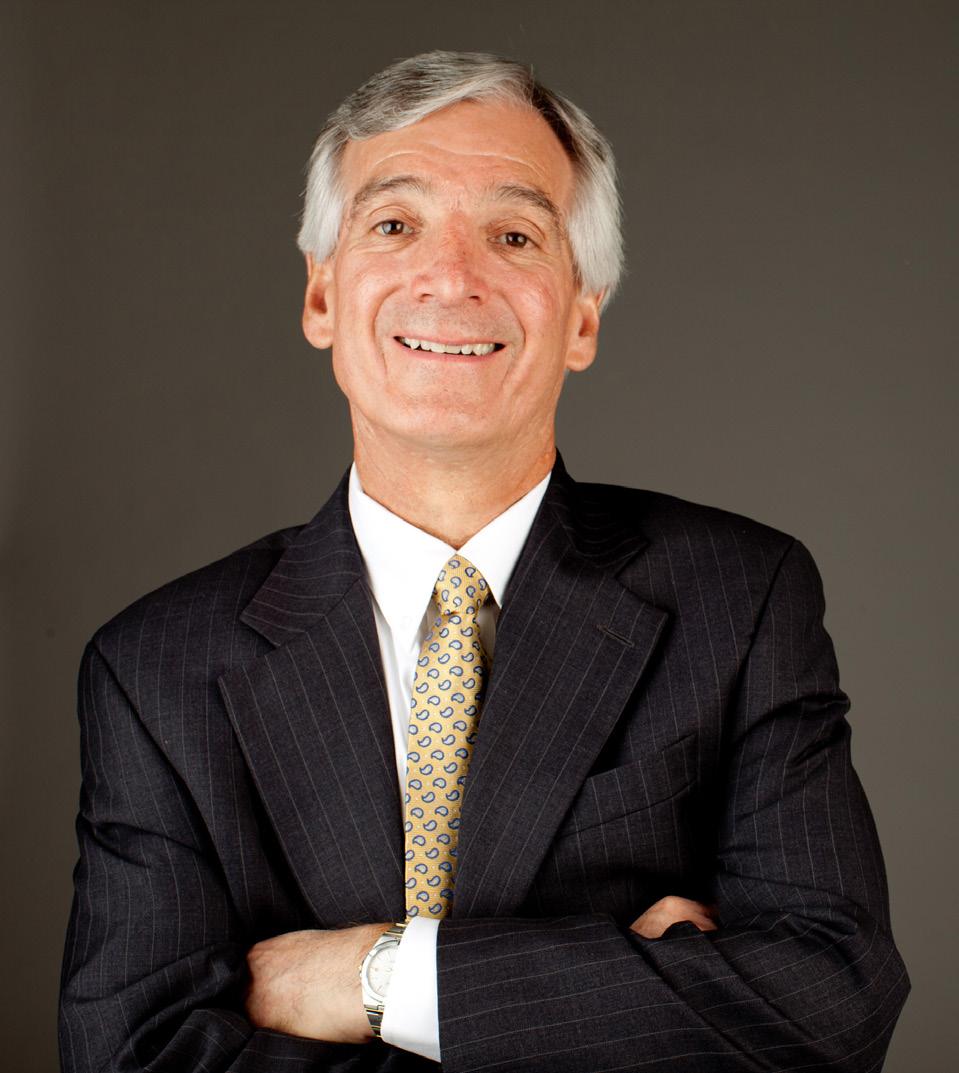
“I’ve been concerned about what I call two epidemics in our country. One is the epidemic of despair. Anxiety, depression, suicide, thoughts of suicide and other emotional conditions have increased in just about every age group for some reason over the last decade,” he says. “We’re also experiencing an epidemic of incivility
– just a lot of judging and hatred –amongst various groups and political parties. I wanted to see if there were some proven principles that would lead to greater joy and happiness personally and lead to greater civility in our communities.”
Glauser began his quest by reading early manuscripts from the founders of the four largest religions: Christianity, Islam, Hinduism and Buddhism. He also studied the teachings of the world’s greatest philosophers. Here are the six common threads of wisdom he’s captured from people like Buddha, Jesus, Muhammad, Confucius, Socrates, Plato and Aristotle.
“The way ego has been defined throughout history is it’s a composite of all of our self-perceptions. It’s everything that we believe about ourselves. The early Hindu and Buddhist writings say it’s a fabrication or an illusion. It’s been fed to us from parents and teachers and the media. So we grow up thinking we’re too tall or too short, too thick or too thin, or smart or not smart enough, athletic or not athletic enough – and these self-perceptions really limit what we do with our lives. So the first principle is to realize that these self-perceptions are fabricated. They are not really who we can become. We
Glauser discusses the new “sharing economy” in his book, “One People One Planet.” He says, “The more that we develop this attitude of sharing, we just become part of bigger community and that brings us a great deal of joy and happiness.” Courtesy photos
have tremendous potential as human beings and there is a way to overcome these and to grow into something different and better.”
“Confucius believed we should constantly work on improving our own lives,” writes Glauser. “He felt that


USDA approved facility for receiving sport hunted trophies from around the world. This also includes all deer, and turkey from Mexico.
Trophy Room Design- We can assist you in designing a trophy room display to complement your collection. We can assist with lighting, layout, murals, and dioramas. Custom pedestal and base work available.
Crating and Shipping- We crate and ship around the world, and have discounts with many major trucking companies.
Rush Orders- Rush orders are available on request for an additional fee.
Stock Taxidermy- We have an assortment of legal capes, antlers, and horns that can be mounted in a pose of your choice.

examining the foibles of others before considering our own weaknesses is a sign of arrogance and not worth our time or effort.”
The book offers practical ways to squelch our biases and become more open to understanding our differences. “As we refrain from judging other
people, wonderful changes occur in our lives.”
The Hindu sages called this Karma. “Jesus not only taught the importance of performing good deeds; he
121 E. Birch Avenue, Suite 408 Flagstaff, AZ 86001 Phone 602-909-3910 Fax 928.226.0303 Email: troy@flagstaffbusinessnews.com www.flagstaffbusinessnews.com
Flagstaff Business News is a publication of Flagstaff Business News, LLC and is distributed free each month to residents of Flagstaff, Sedona, Williams and Winslow. Reproduction of any portion of the publication is strictly prohibited without expressed permission. The publisher reserves the right to refuse any advertisements submitted to the newspaper and is not responsible for the claims of its advertisers.
was a great example of doing them for his followers,” writes Glauser. Confucius used the concept of “Ren” to mean that we are all connected and we impact each other. “Ren is this whole idea of contributing to a community daily like carrying somebody’s groceries or giving up a seat on a bus or shoveling someone’s snow in the winter,” he says. “The research is so clear that that dramatically reduces stress, anxiety and depression. It gives us a sense of self-worth and self-value.”
Forgiveness may well be the most
thoroughly researched principle on the path to happiness and civility, writes Glauser. “Harboring grudges and refusing to forgive others results in anger, hurt feelings and embedded anxiety – and it’s these negative emotions that do the damage to our mind, body and relationships.”











“One People One Planet” describes forgiveness as such hard work that the Hindu sages called it “heroic.” Glauser says the Greek philosophers simply said holding a grudge and being vindictive “is beneath the dignity of magnanimous individuals.”
Glauser tells us that in the Islamic faith, Muhammad taught that everything we have in life is given to us by Allah; for Christians, everything comes from God. In essence, then, we are stewards of the things in our possession with a responsibility to manage them in a way that benefits the community.












Similarly, Glauser discusses the new “sharing economy” and the practice of sharing houses, rides and employees. “We’ve got to quit thinking about possessions and start thinking more about people and become people-oriented. We can’t all have everything, the world is
We all know these things, the question is are we doing them? My discovery is that most people don’t. We used to always think that success led to happiness, but now there’s so much evidence that happiness is the driver of success in our careers and in our organizations. Good leaders need to learn to manage happiness – their own and their team members’ happiness. As we become happier, we communicate more, we like people more, we make more friendships, we have more energy, we set more goals.
growing too rapidly and we’re using up our resources. There are websites, formats and templates to share cars, houses, tools, toys, equipment and even personnel in organizations. The more that we develop this attitude of sharing, we just become part of a bigger community and that brings us a great deal of joy and happiness.”
CARE FOR OUR NEEDY Aristotle, as noted in “One People One Planet,” believed caring for the poor made good political sense. “He felt that a strong middle class was the key to a well-functioning society,” Glauser says.
However, Glauser suggests that doing good deeds involves actively looking for opportunities to be kind and helpful. “If we all found one person to help lift up and it wasn’t just a one-time act – we’re going to be committed to coach, mentor and befriend this person – then we will see people go from where the Salsa Queen was when she was suicidal to where she is today and that benefits all of us and makes the society far better, far richer and much more enjoyable.”
For those who want to improve their state of mind and physical health, Glauser says these six truths have been proven to make a difference
through 20 years of research.
“We all know these things, the question is are we doing them? My discovery is that most people don’t. We used to always think that success led to happiness, but now there’s so much evidence that happiness is the driver of success in our careers and in our organizations. Good leaders need to learn to manage happiness –their own and their team members’ happiness. As we become happier, we communicate more, we like people more, we make more friendships, we have more energy, we set more goals.” FBN
Michael Glauser is an entrepreneur and business consultant. He serves as executive director of the Center for Entrepreneurship in the Jon M. Huntsman School of Business at Utah State University. He’s also the director of the SEED self-sufficiency program, helping people around the world improve their standard of living and benefit their communities through entrepreneurship. His book, “One People One Planet: 6 Universal Truths for Being Happy Together,” is available on Amazon.
To watch the full interview with Michael Glauser, visit StarWorldwideNetworks. com/shows/Bonnie-Stevens
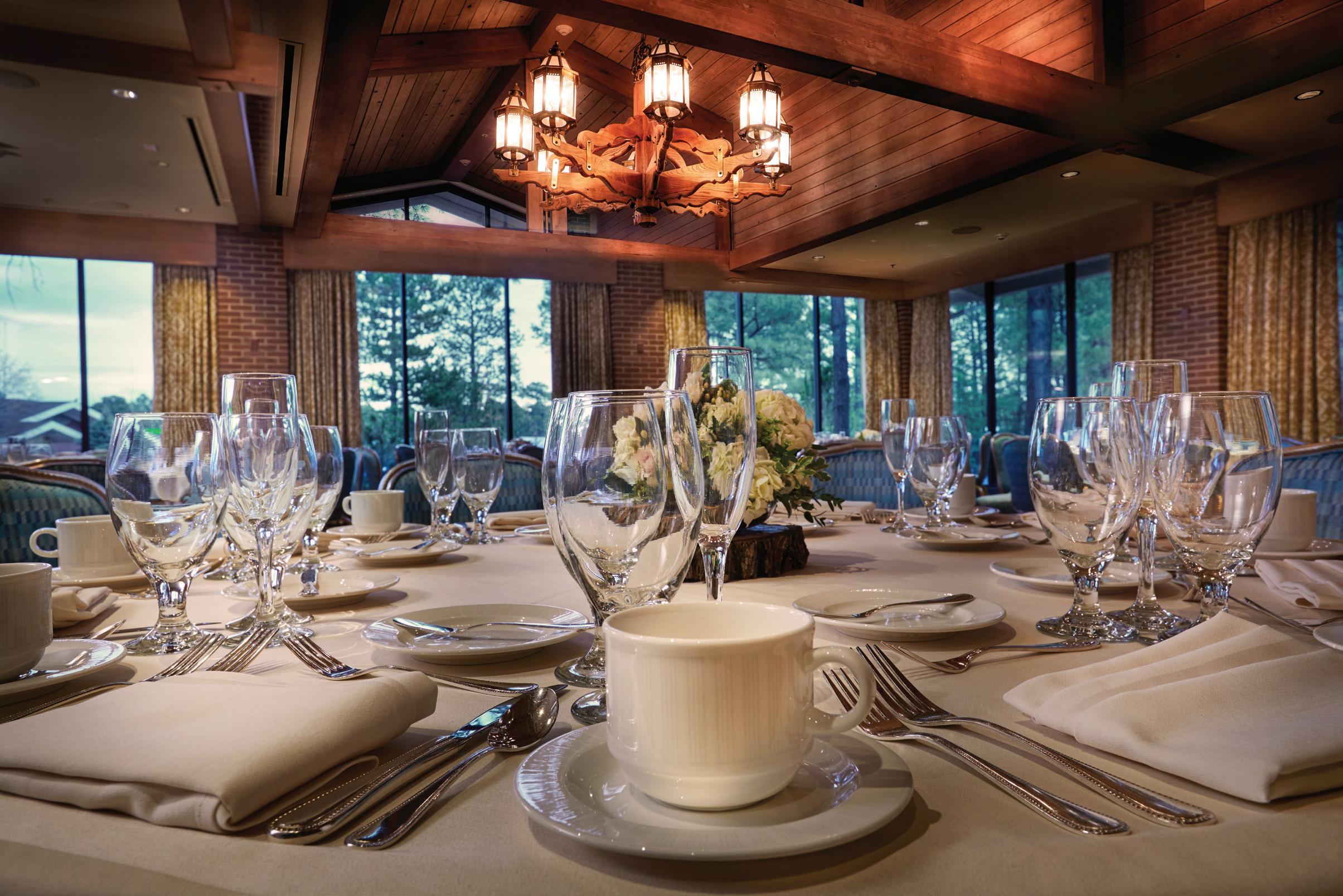
Arizona Business One Stop—a secure online portal—makes it easier to plan, start, and run a successful business. Our personalized tools help you project costs and register your company. You’ll get a step-by-step guide to get started. And you’ll receive alerts along the way when it’s time to update files and permits. Best part? You can do it all from your desktop or mobile device.
Focus on growing your dream. Arizona Business One Stop will take care of the rest. businessonestop.az.gov